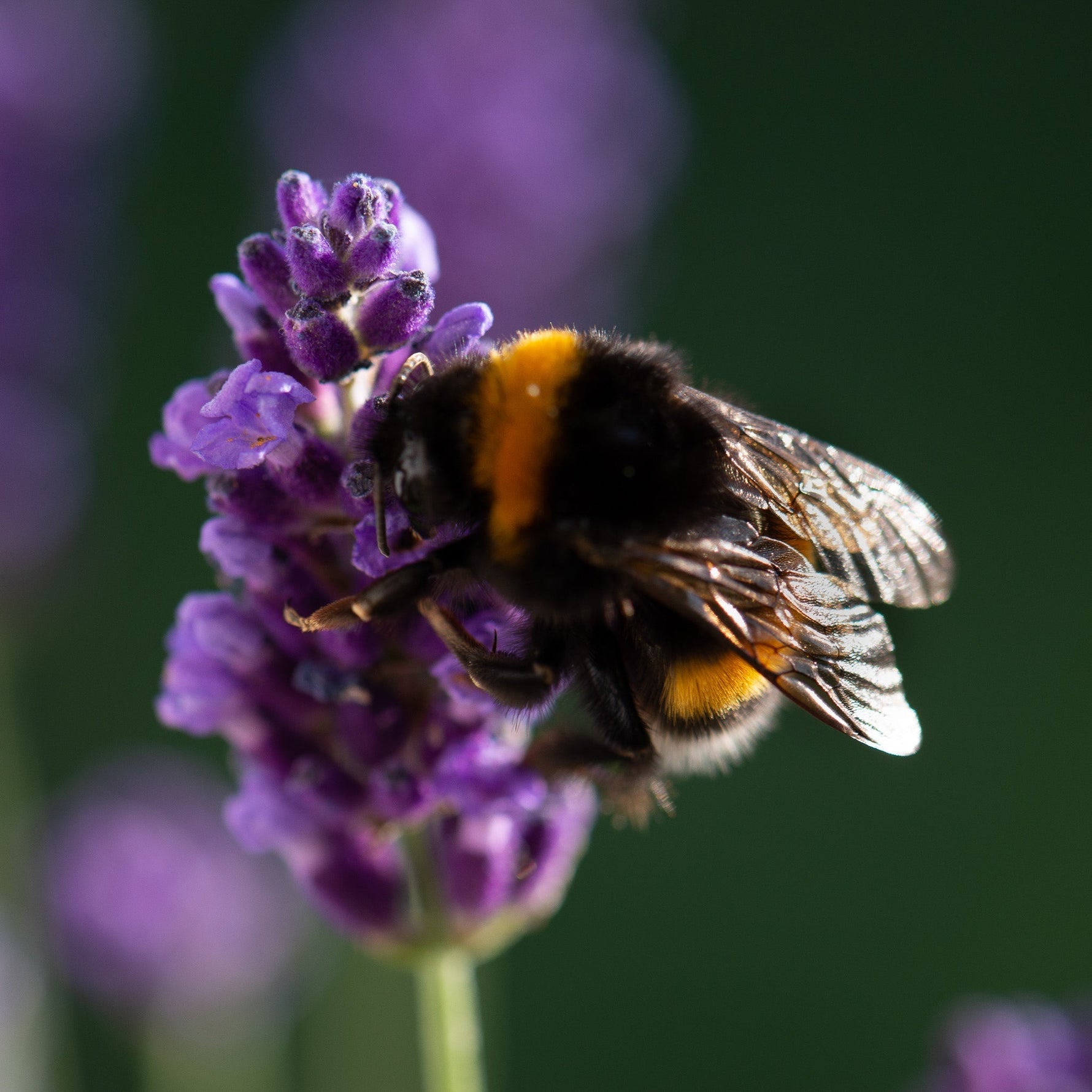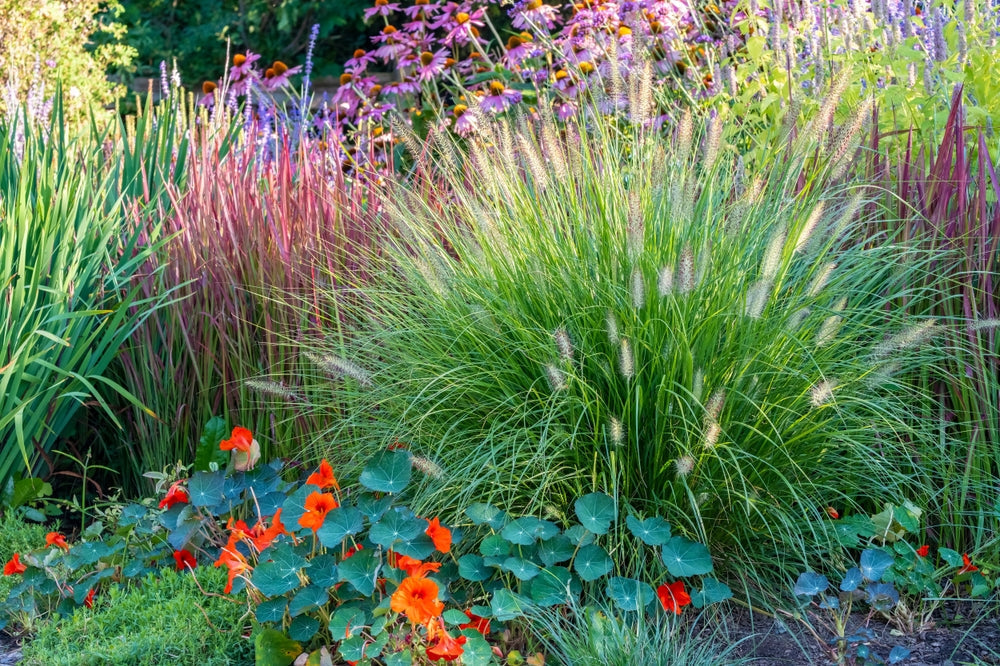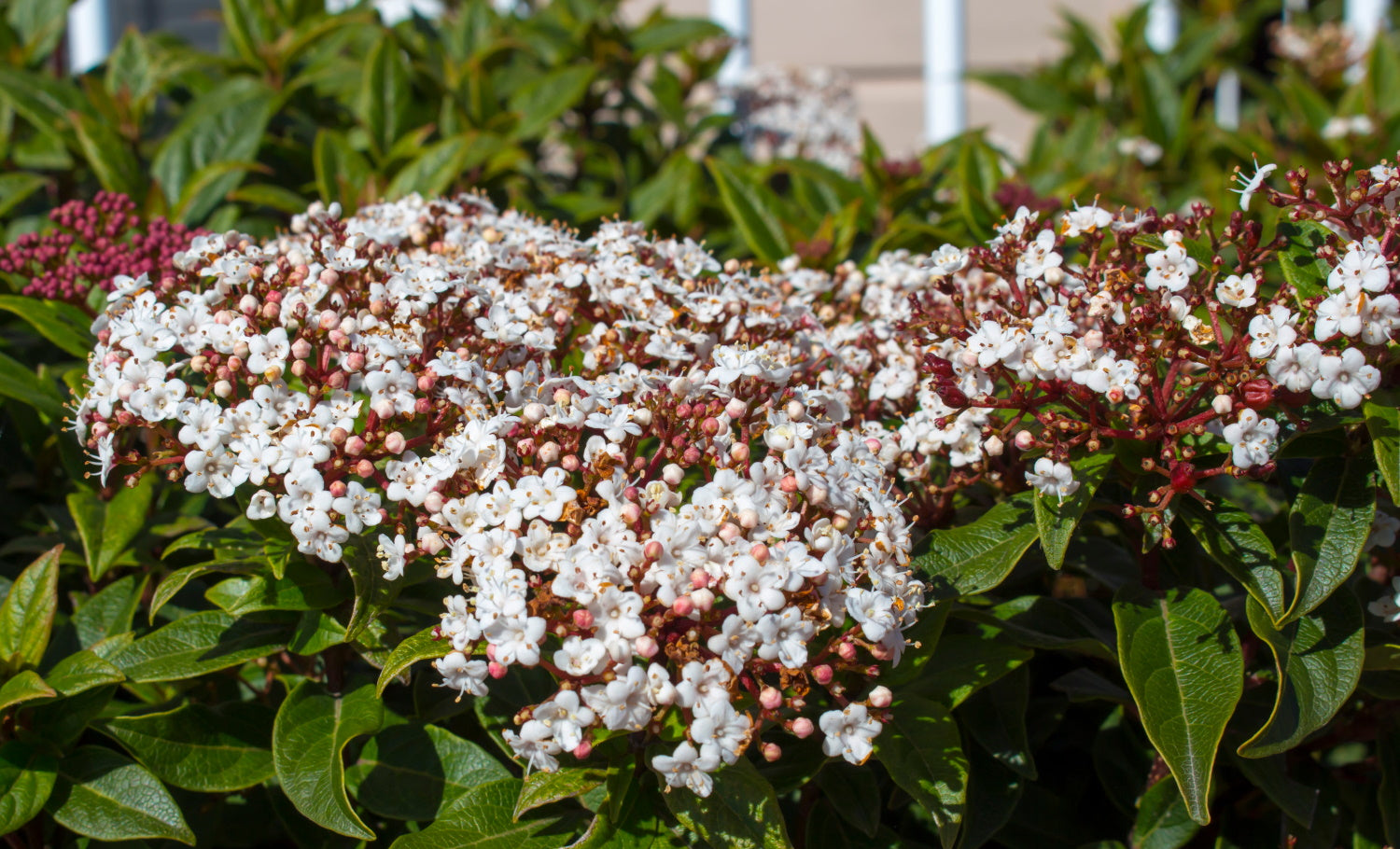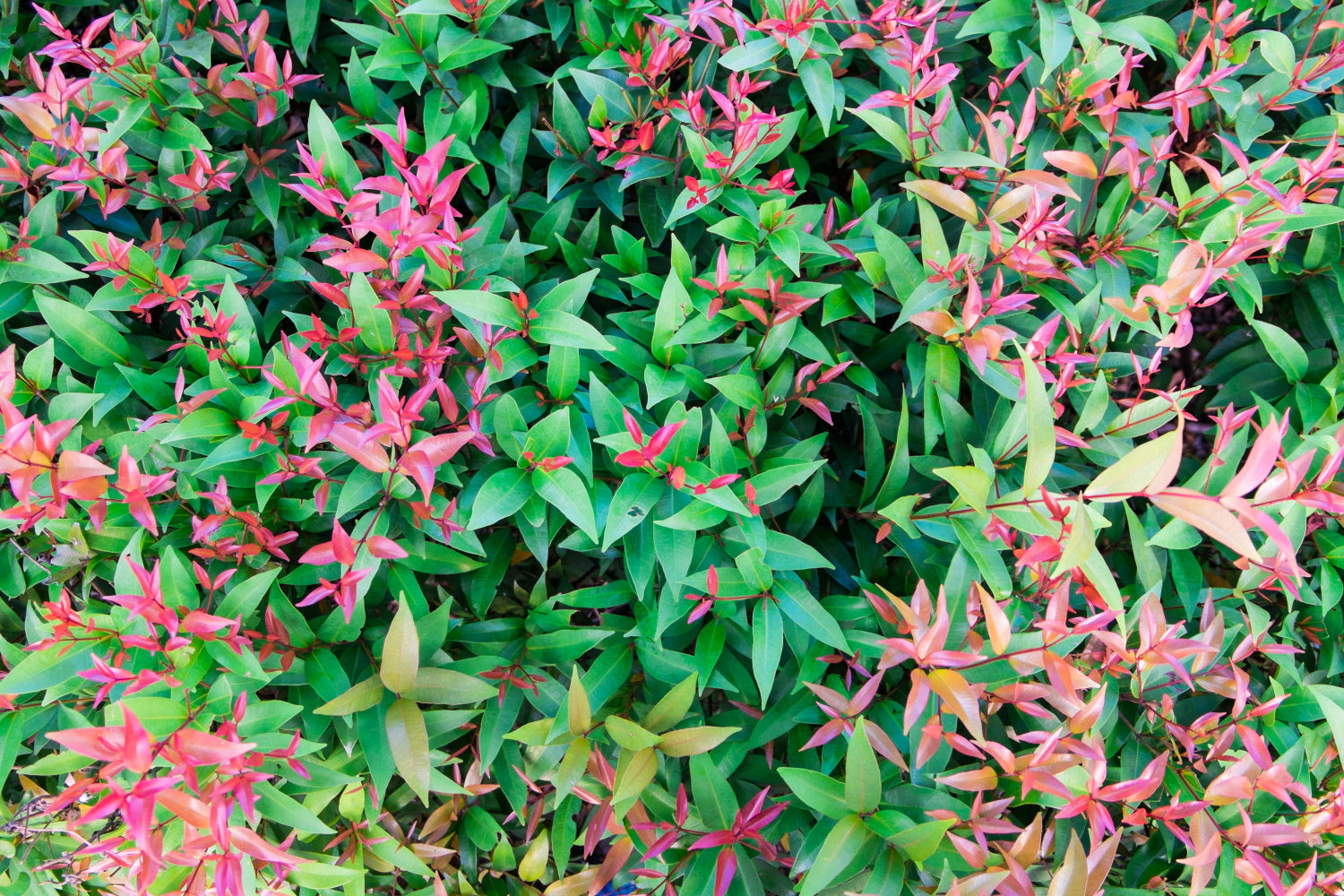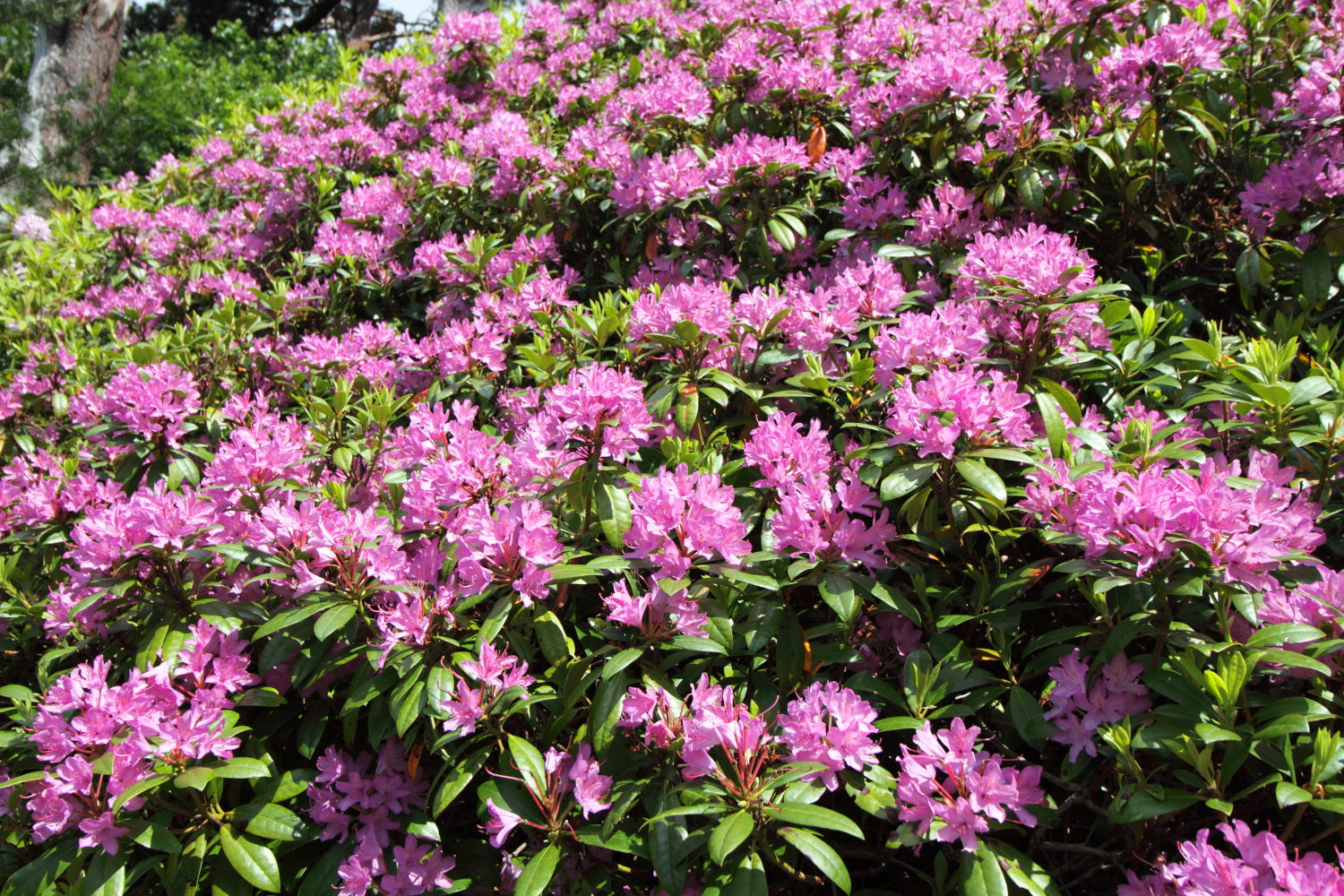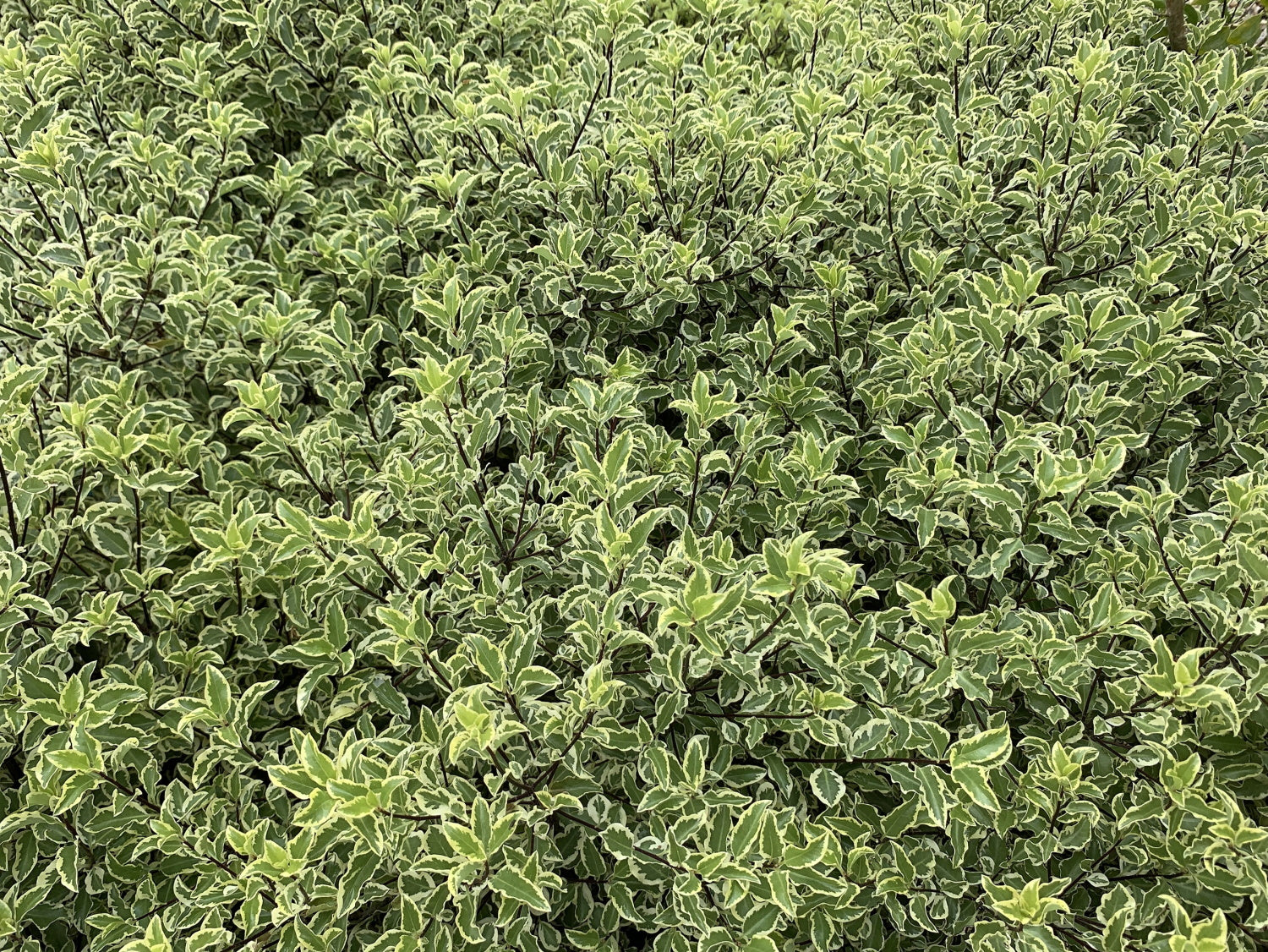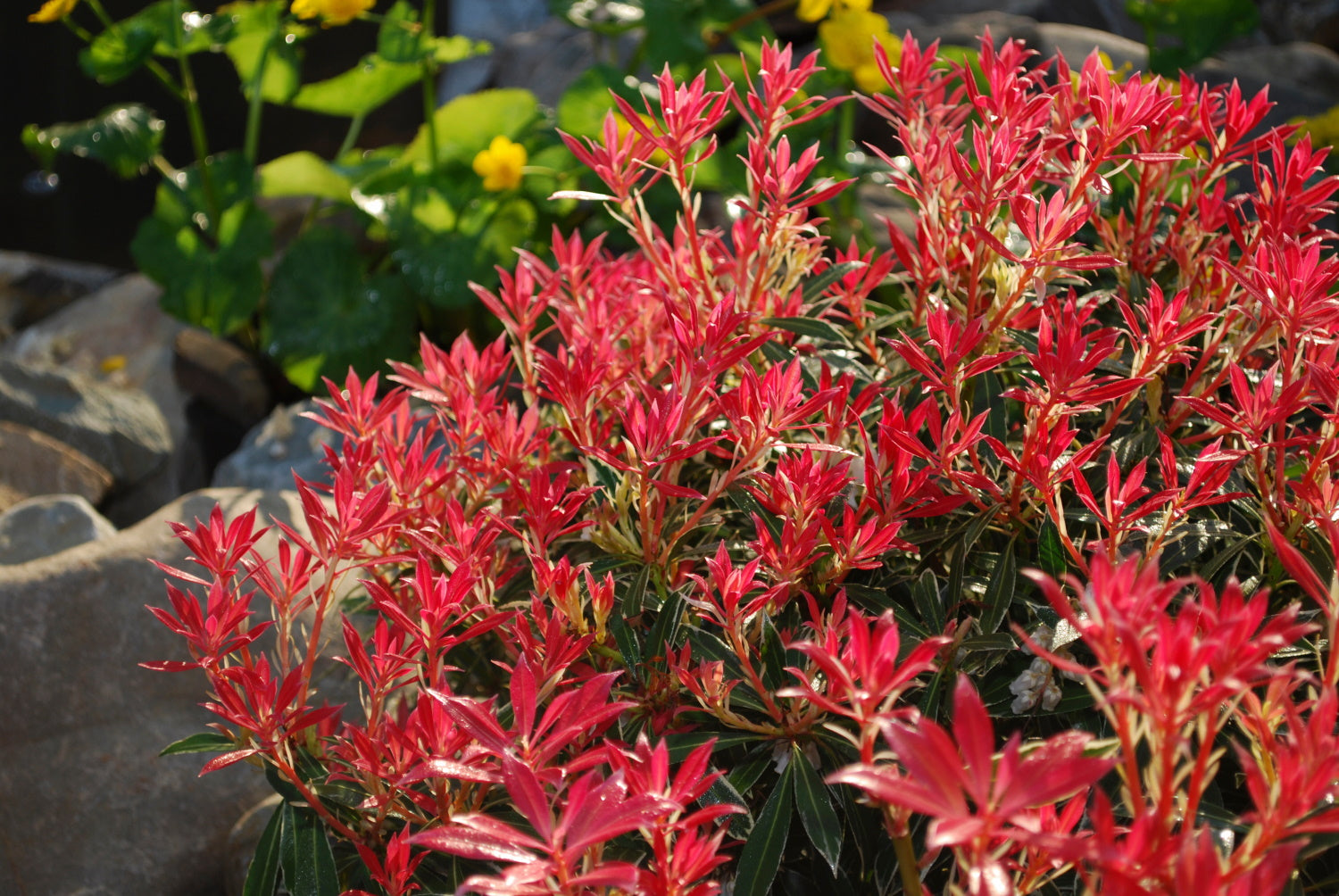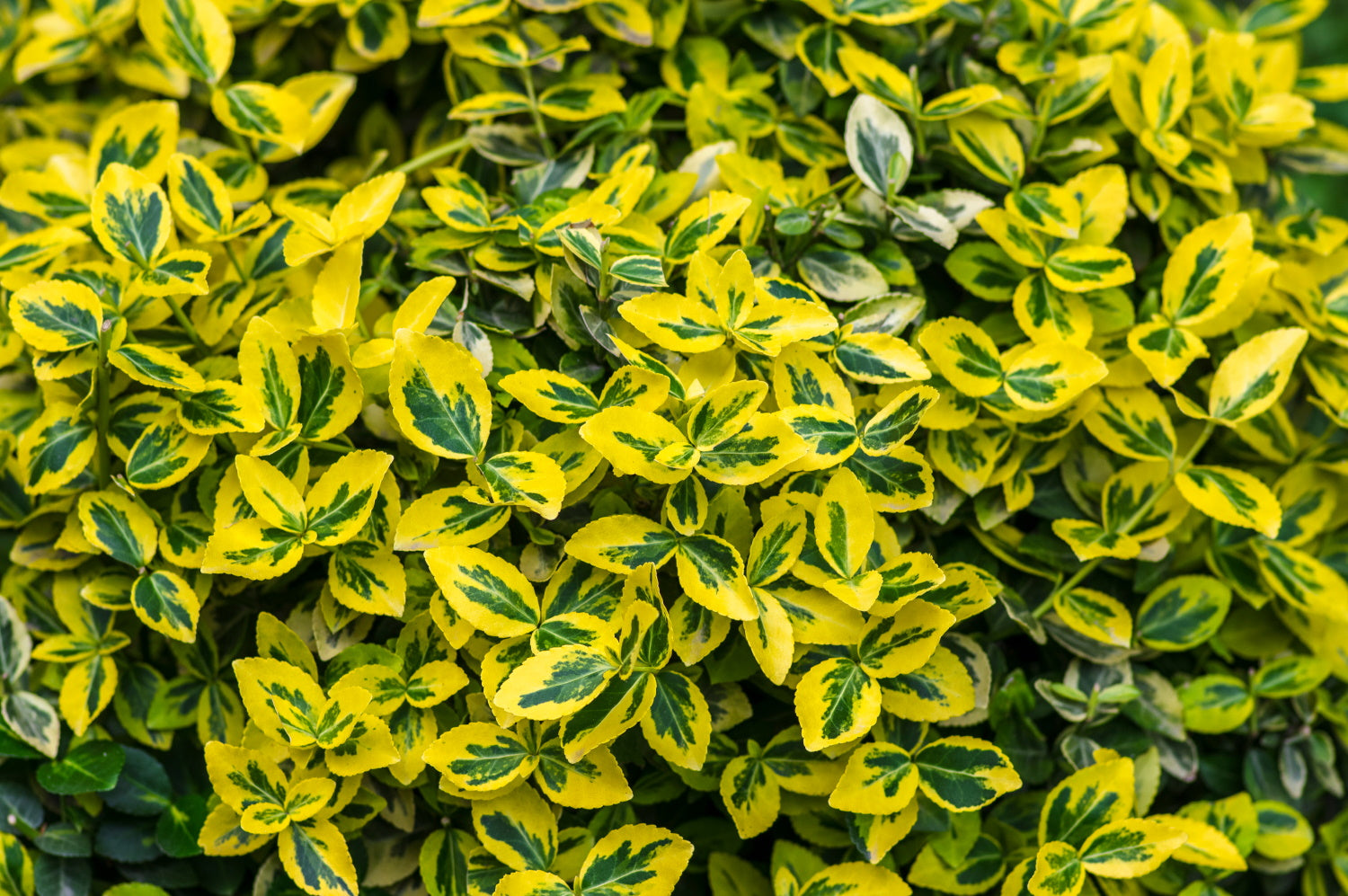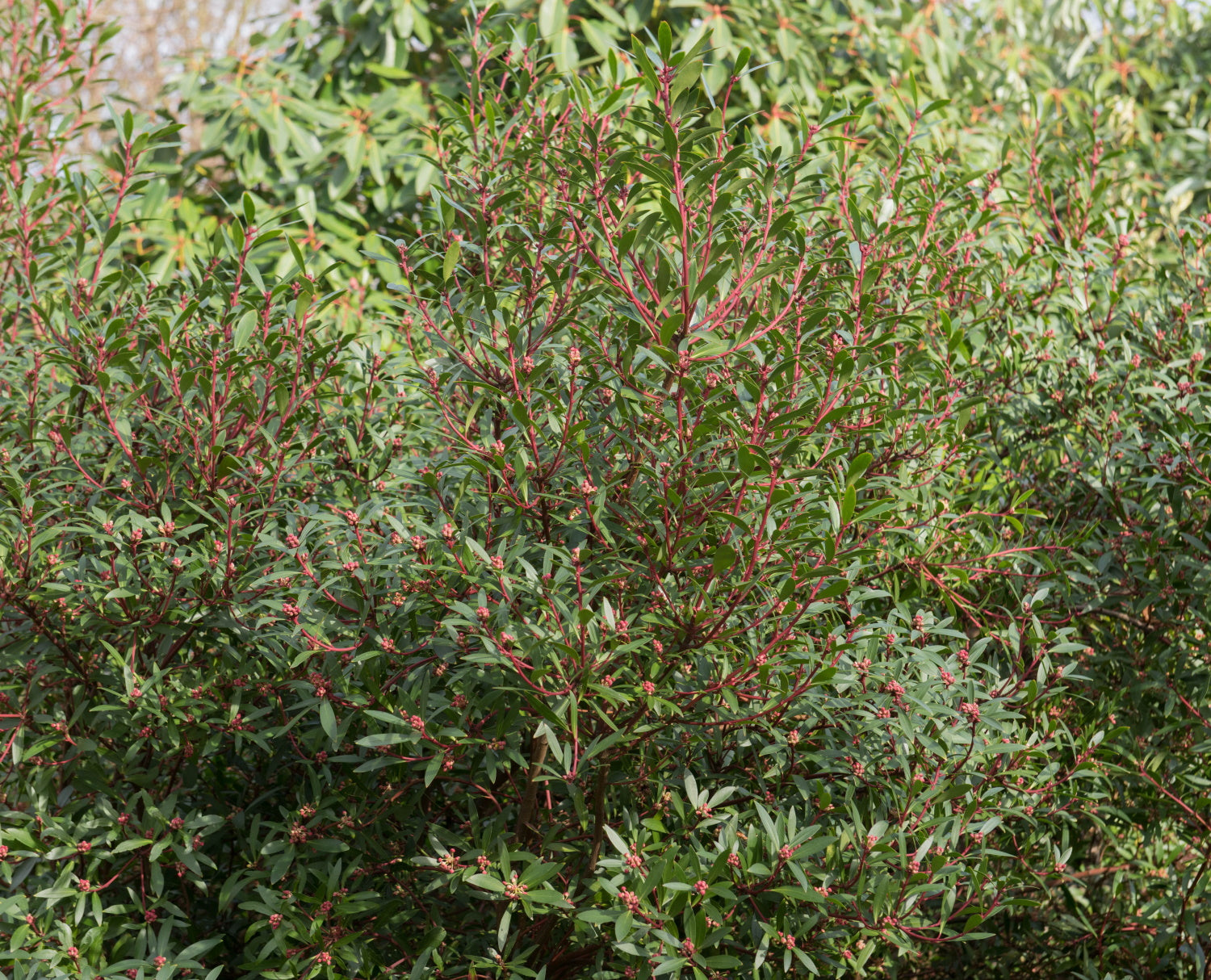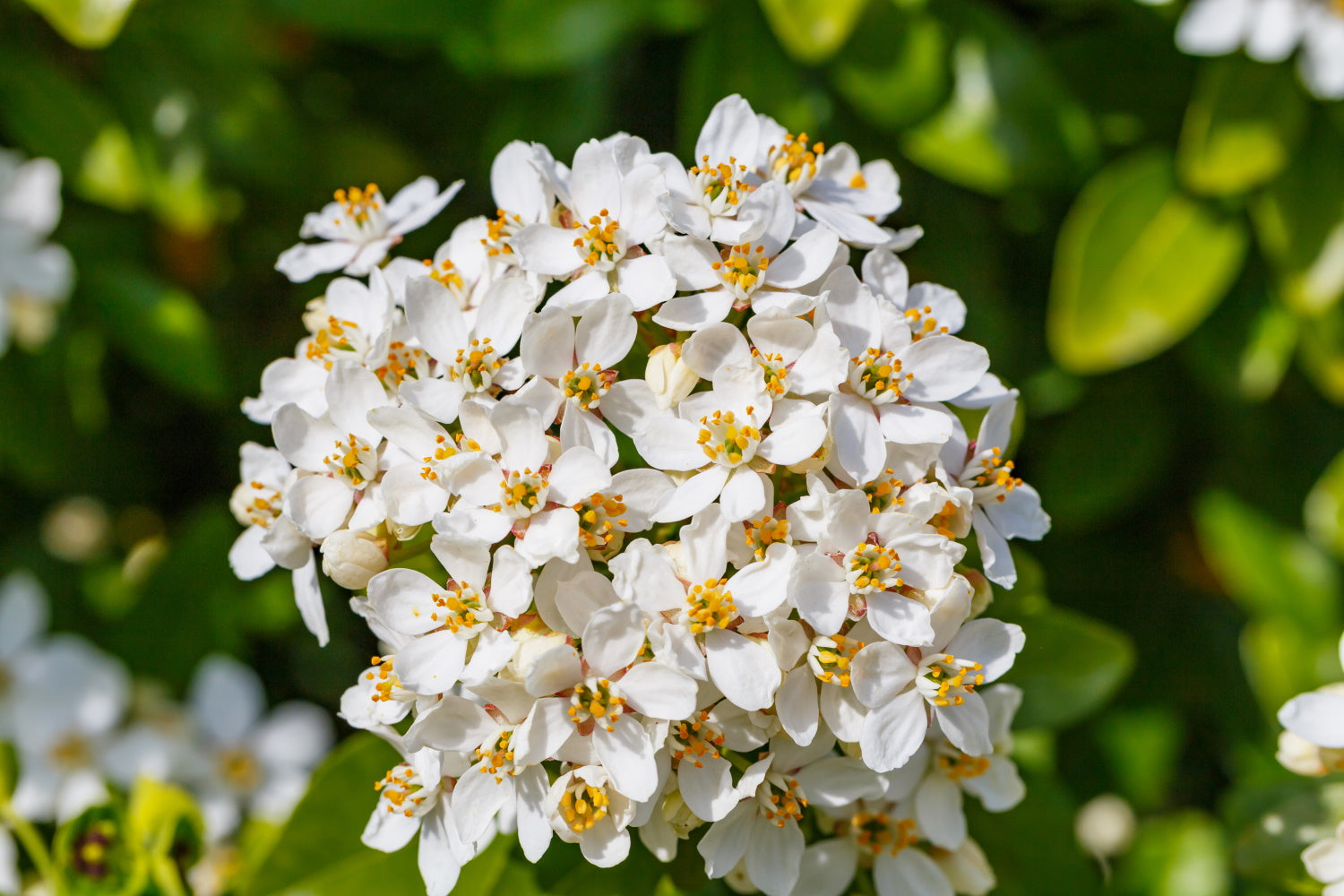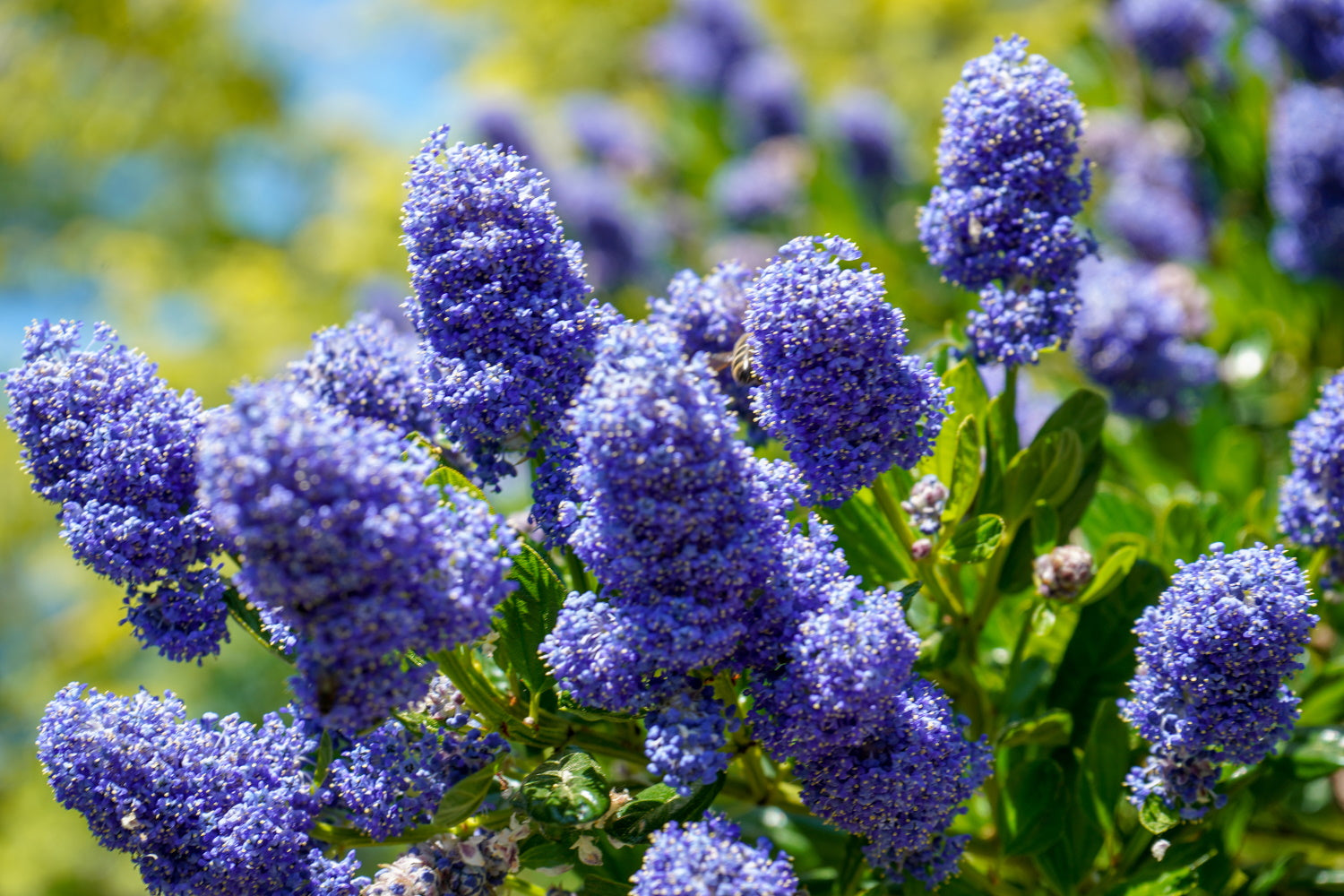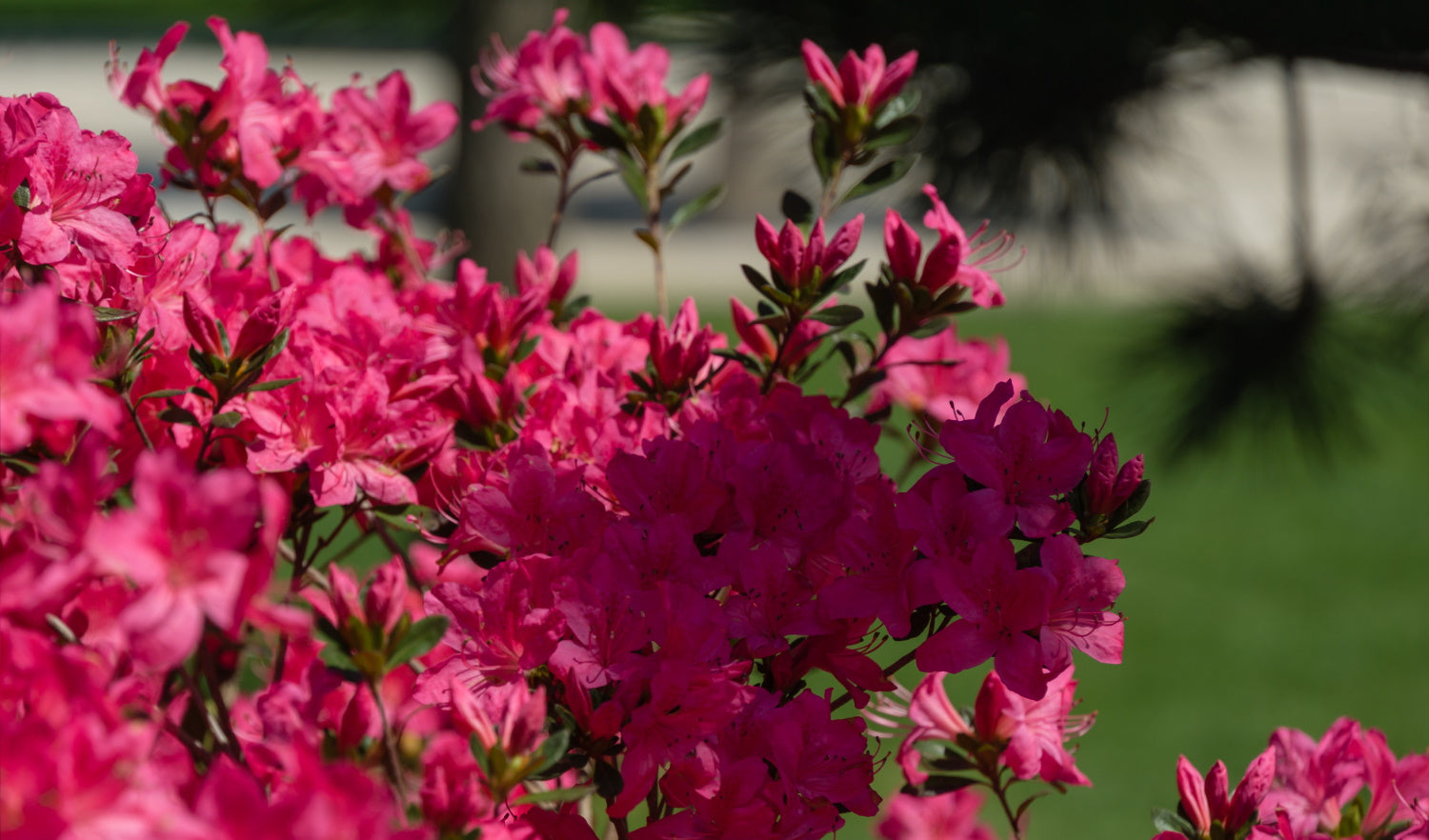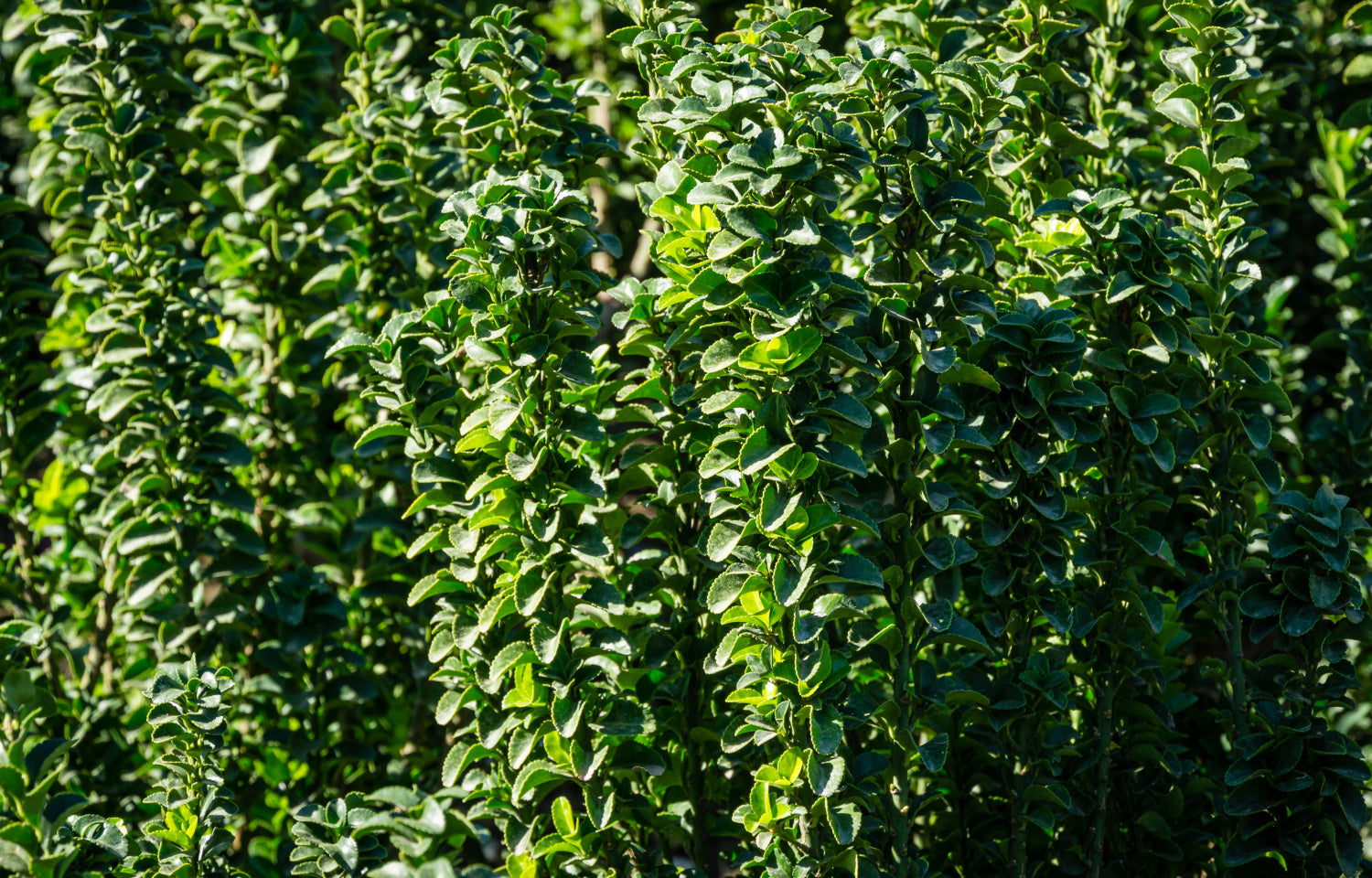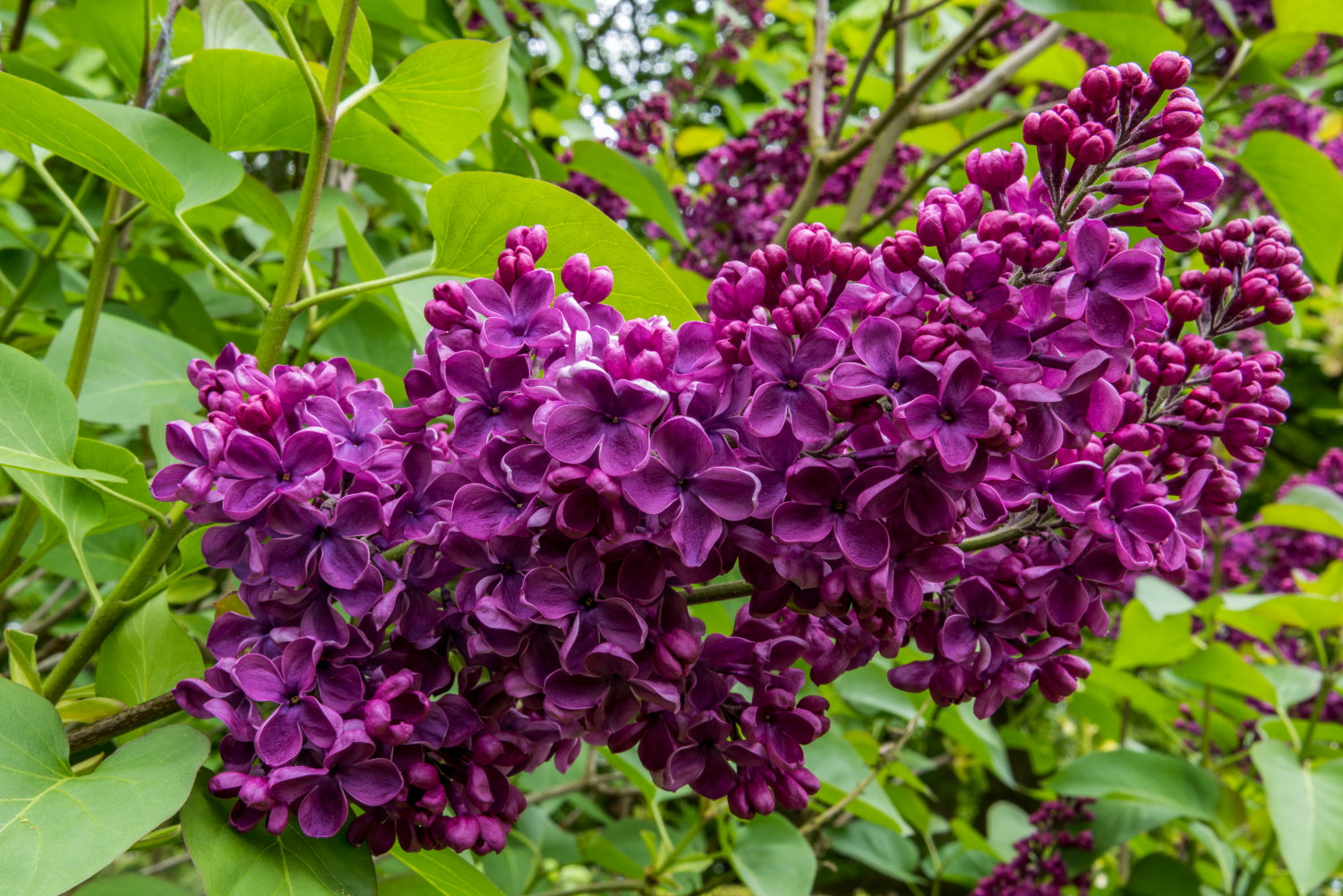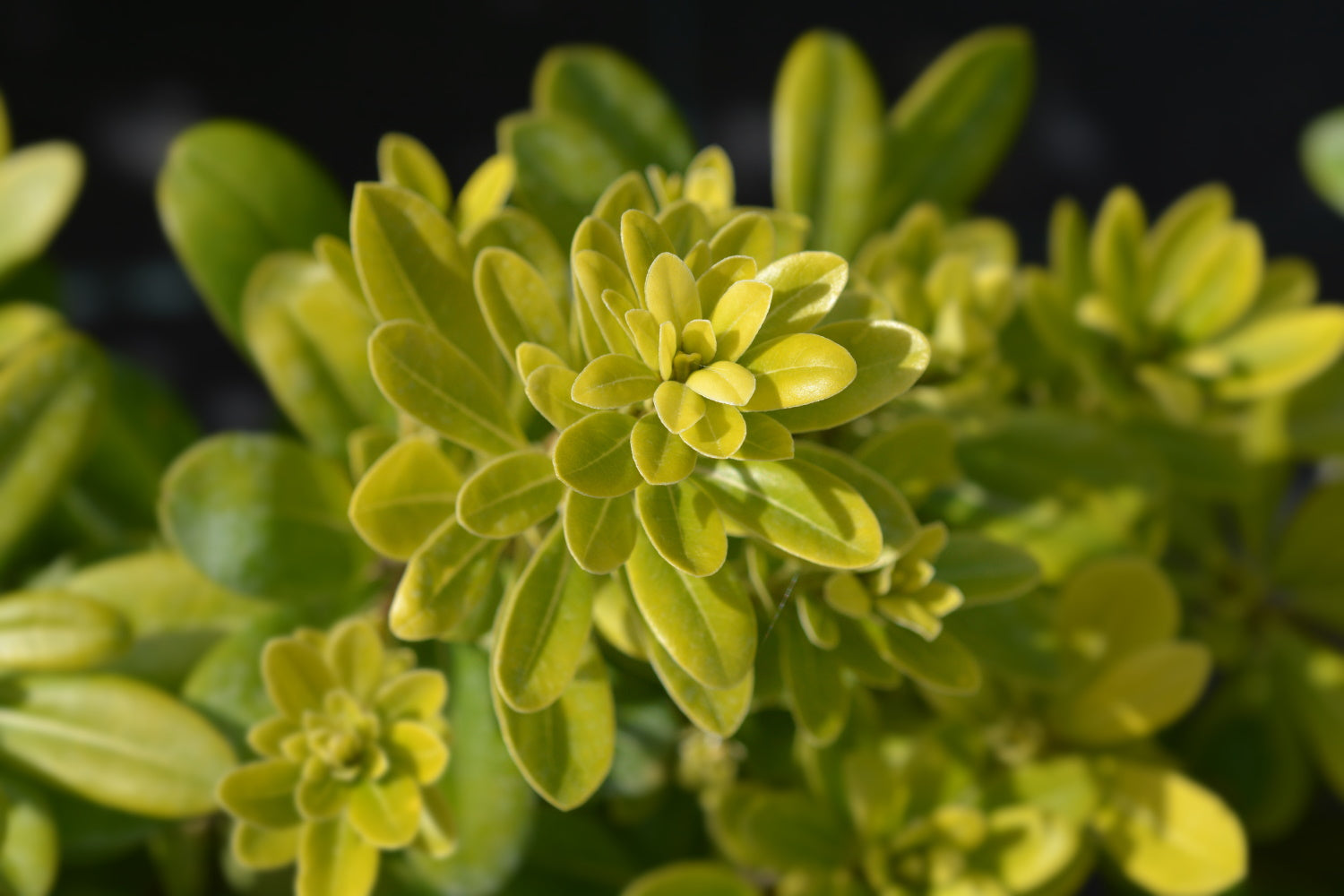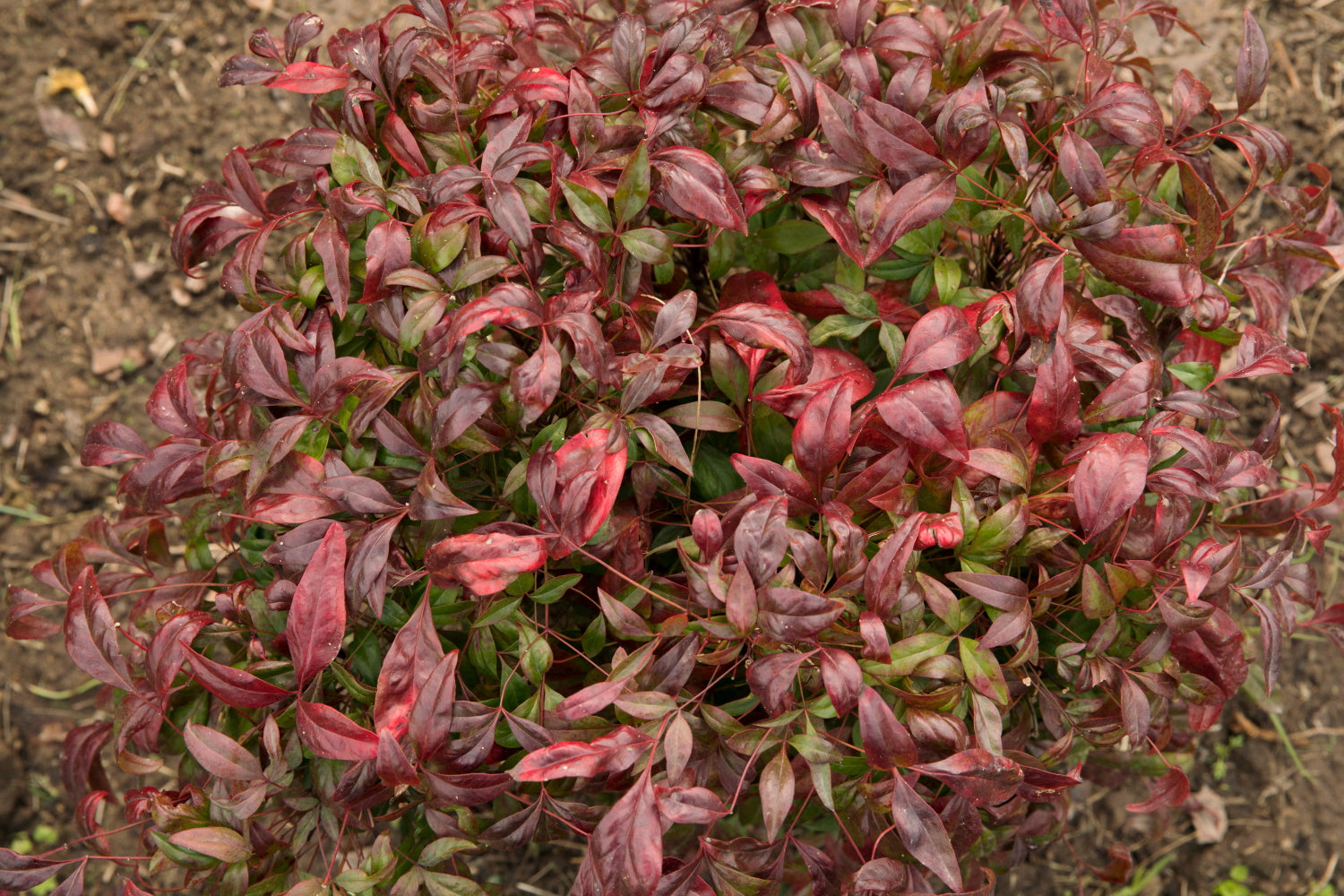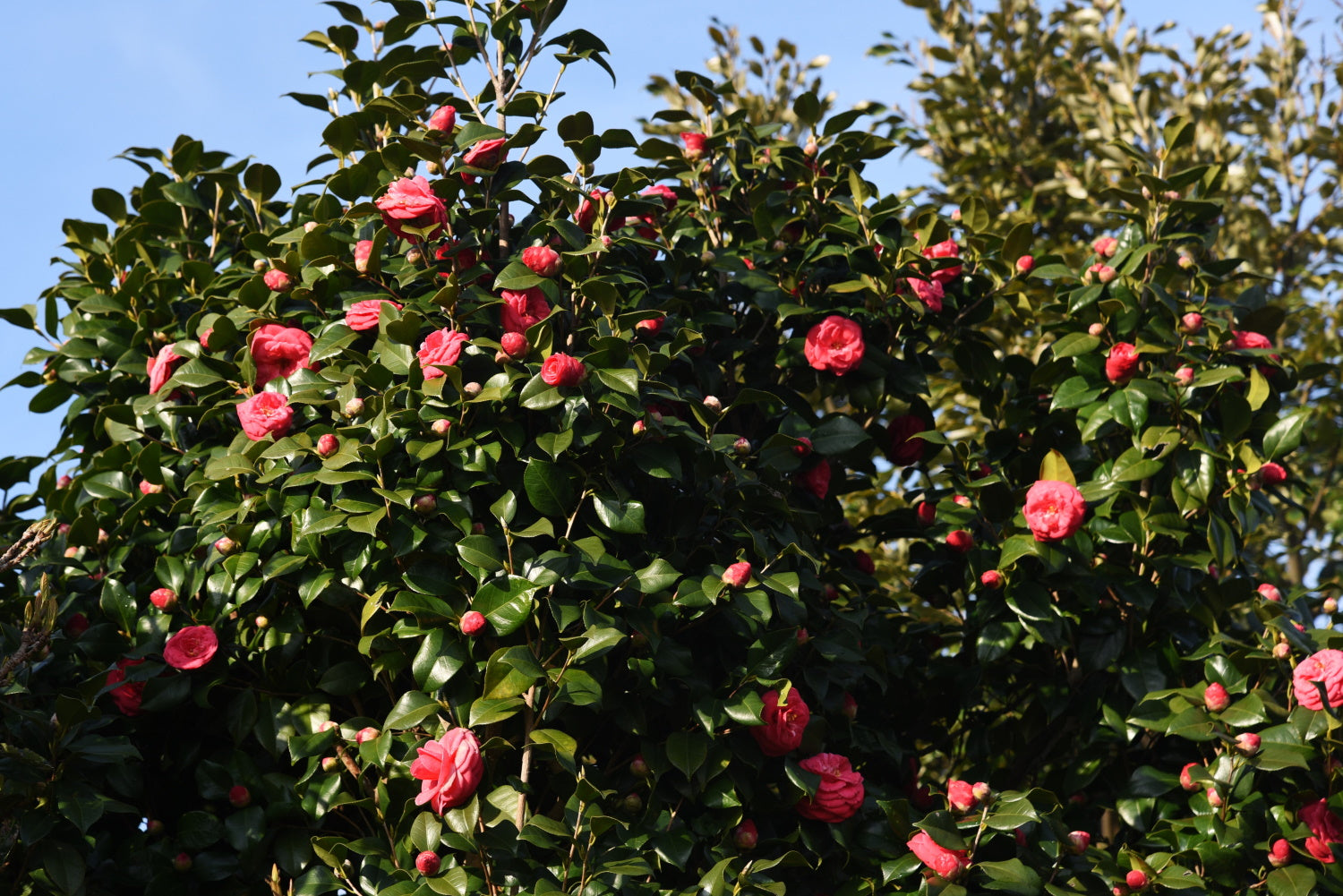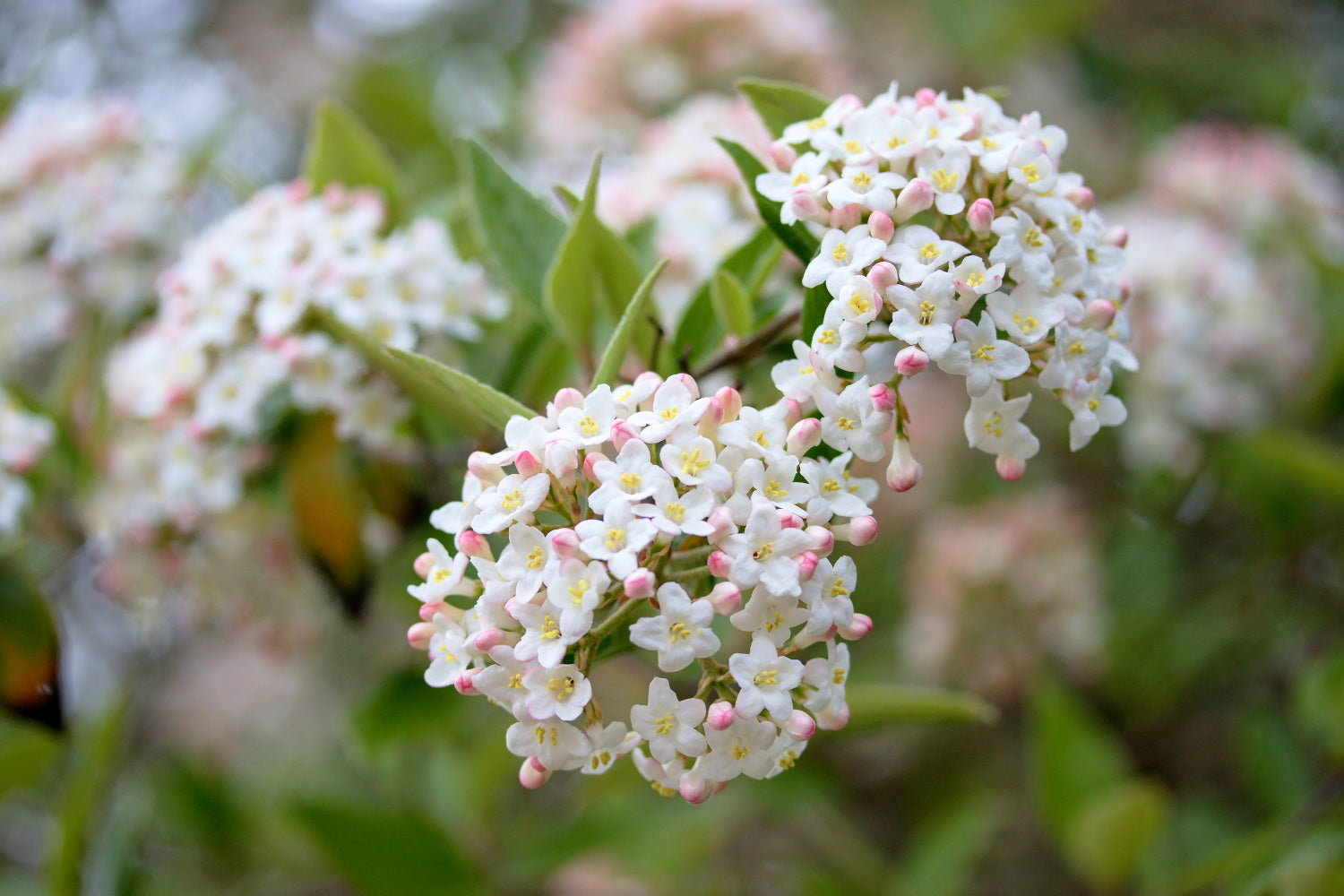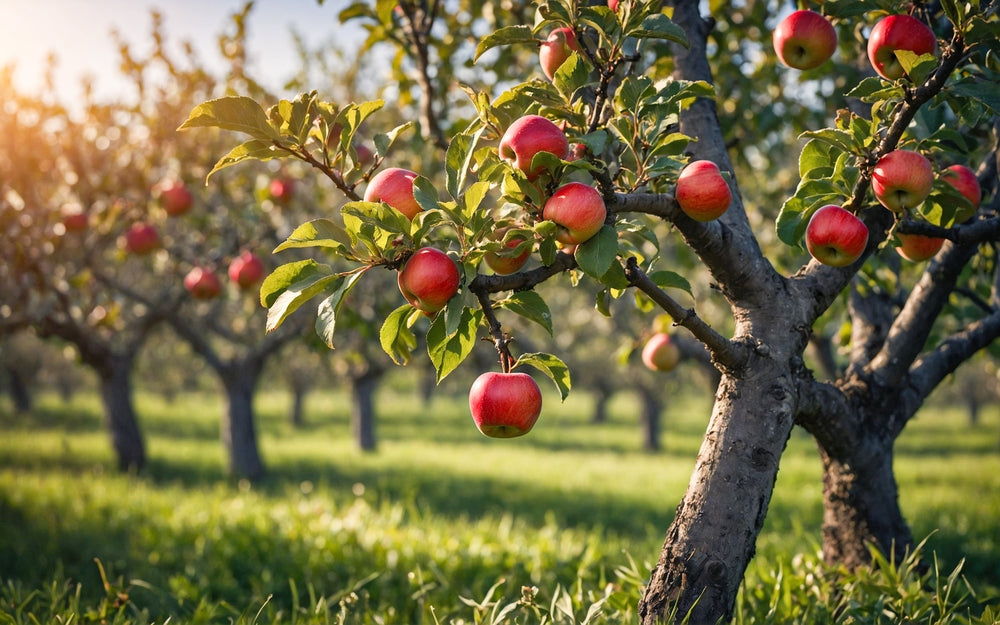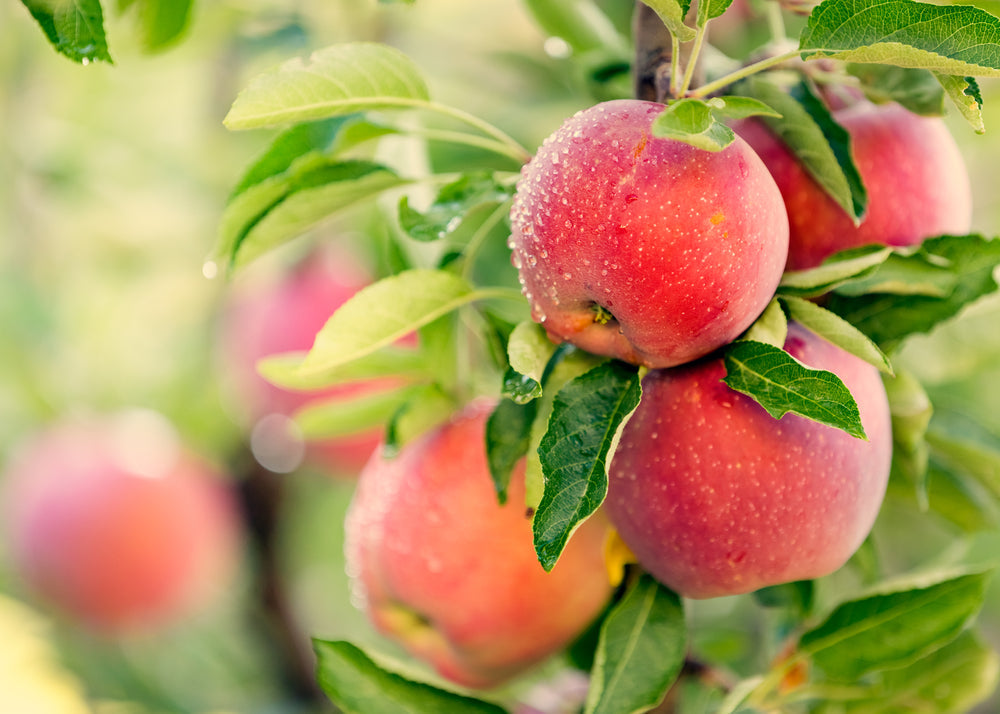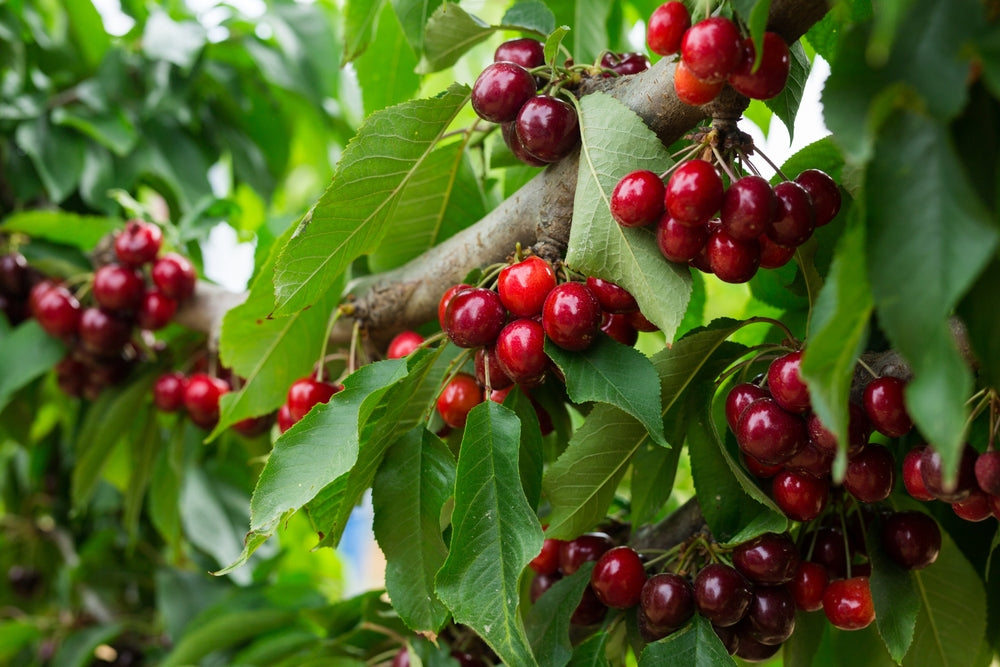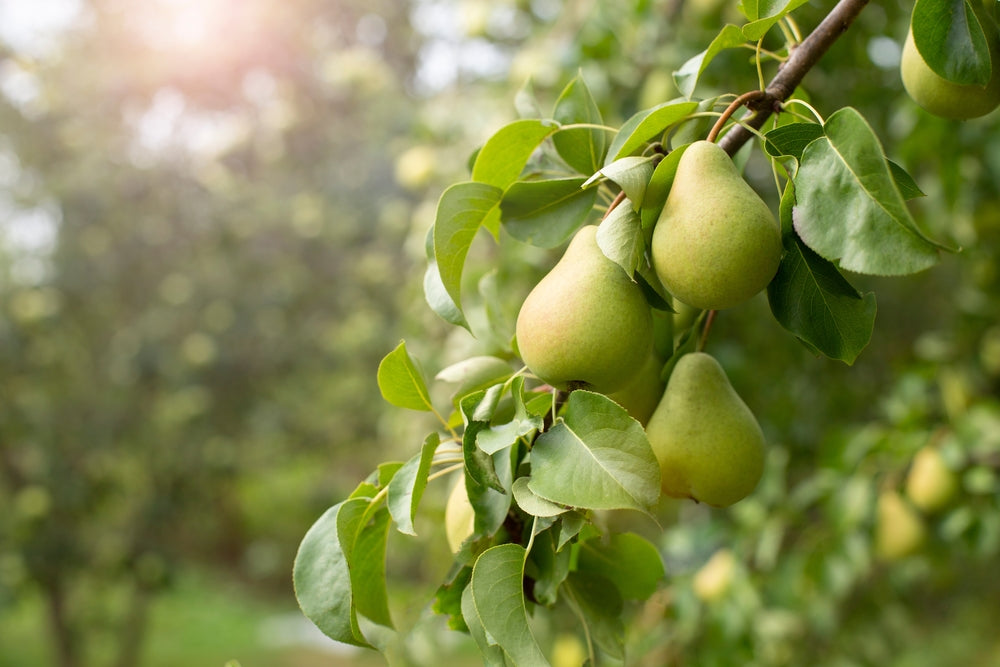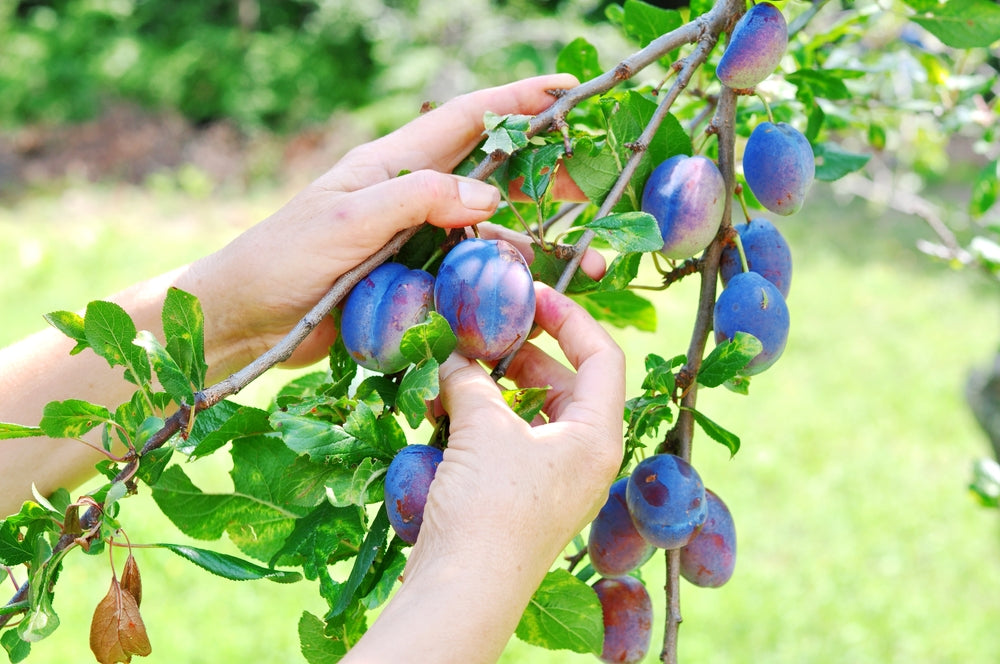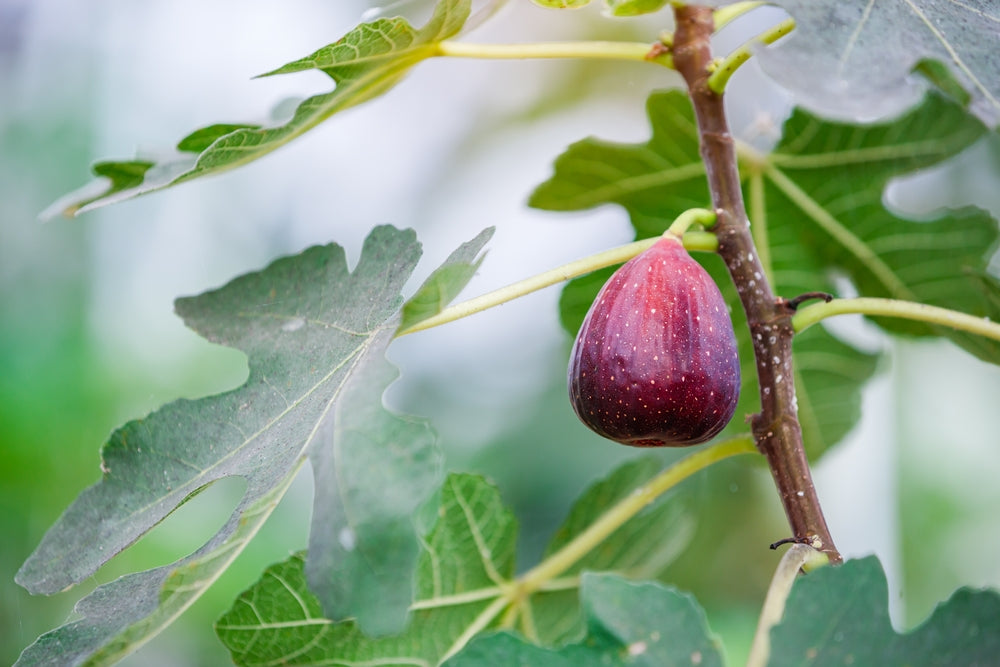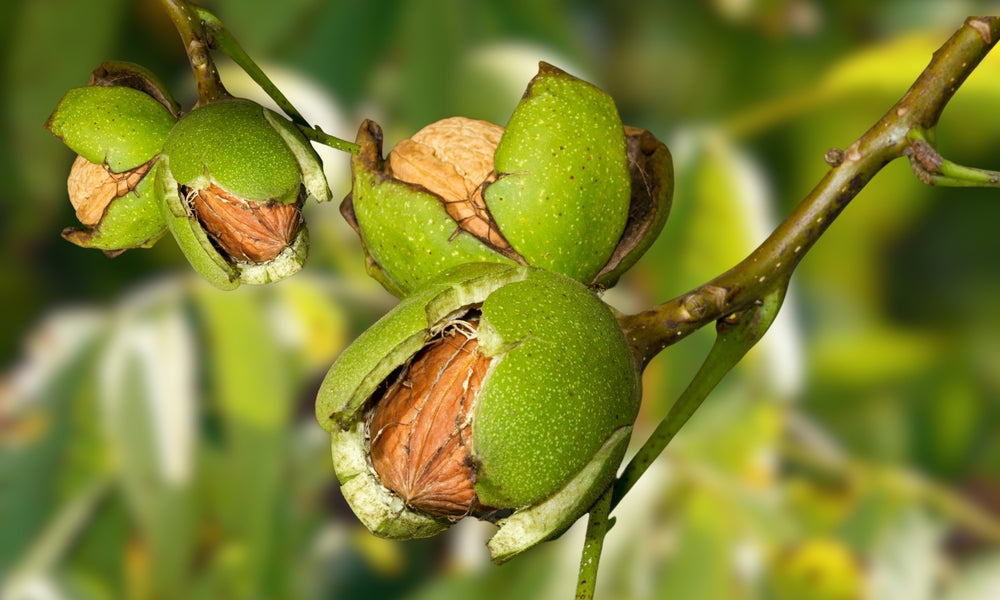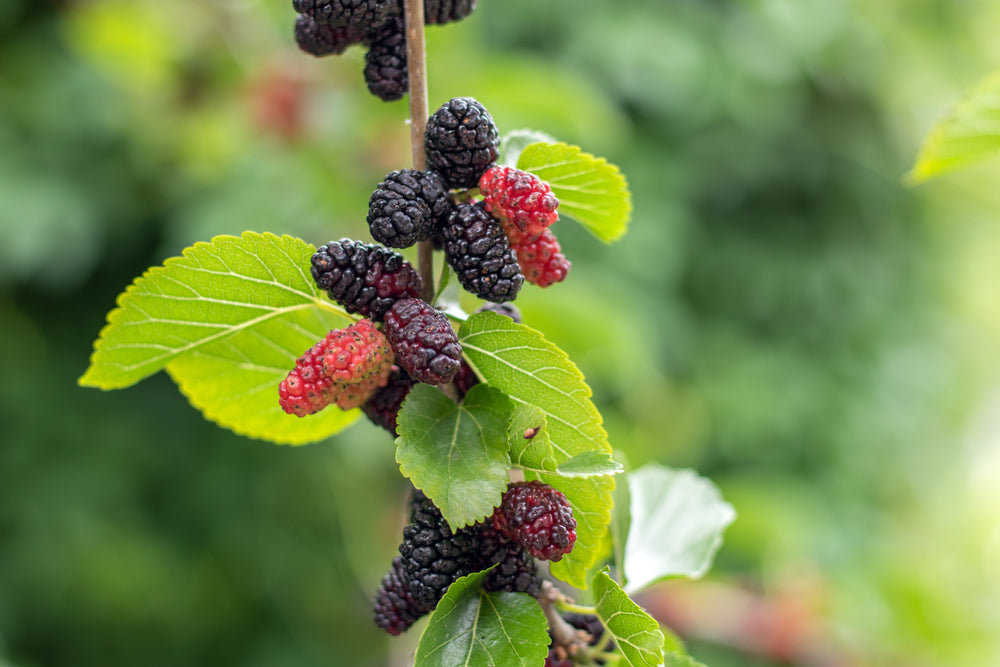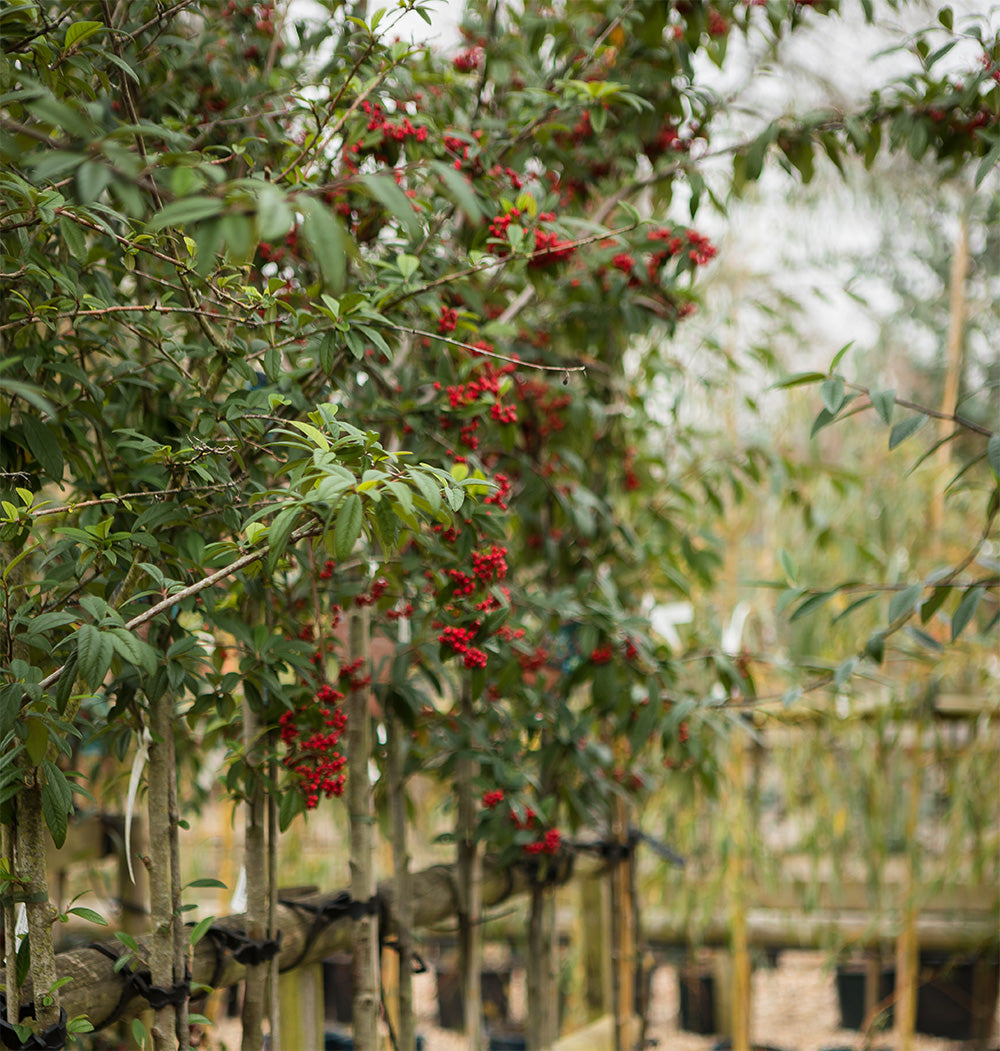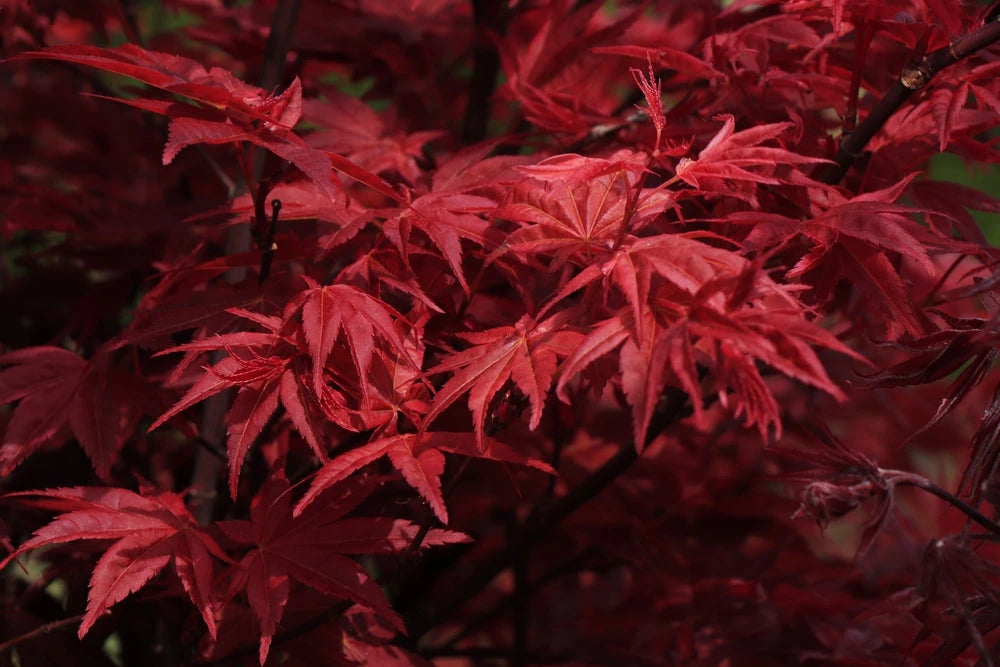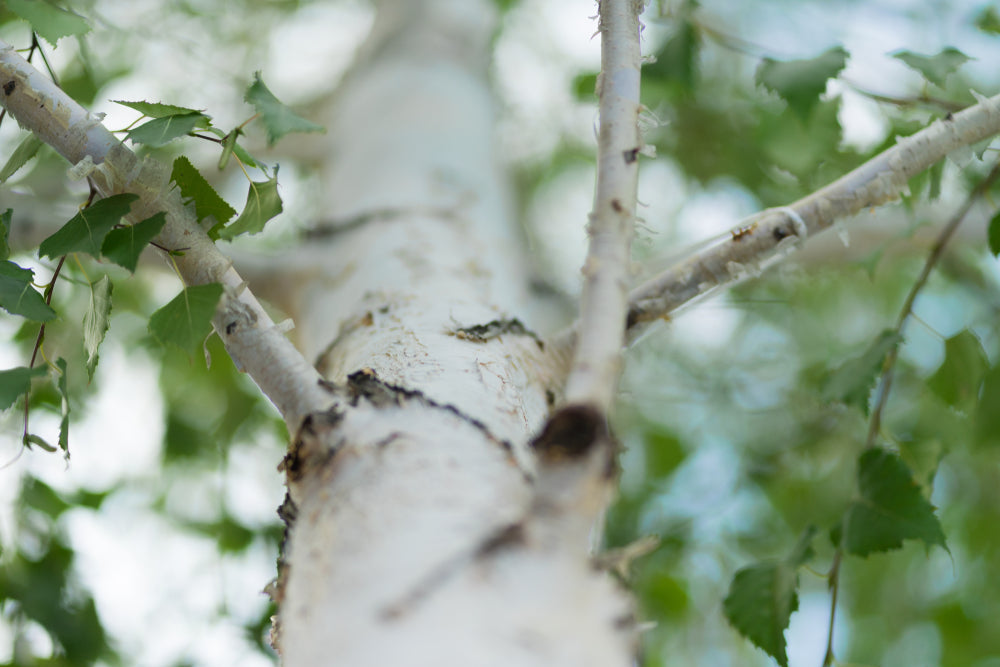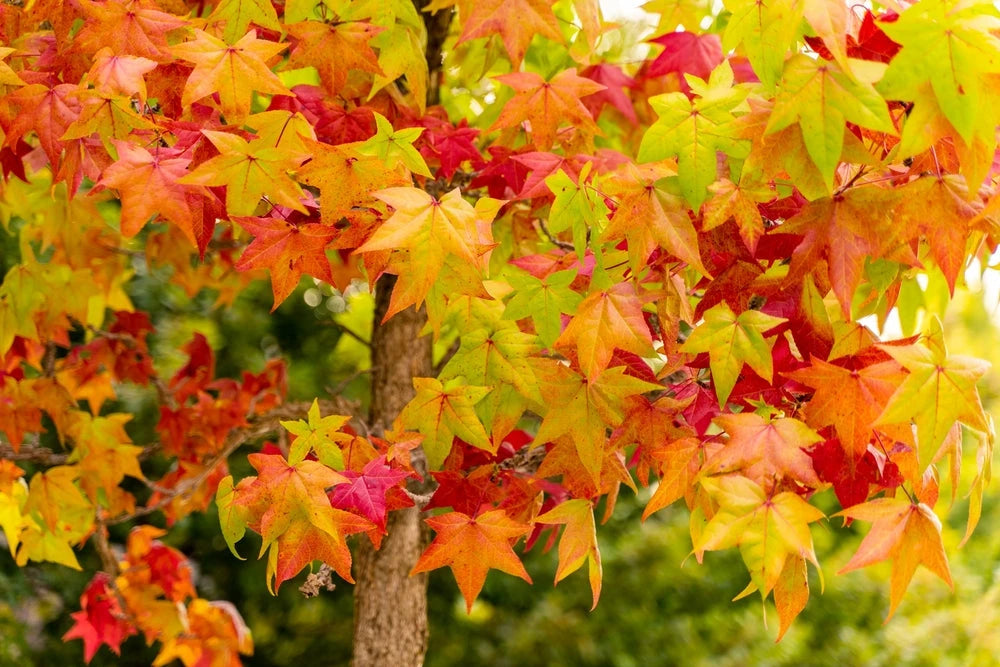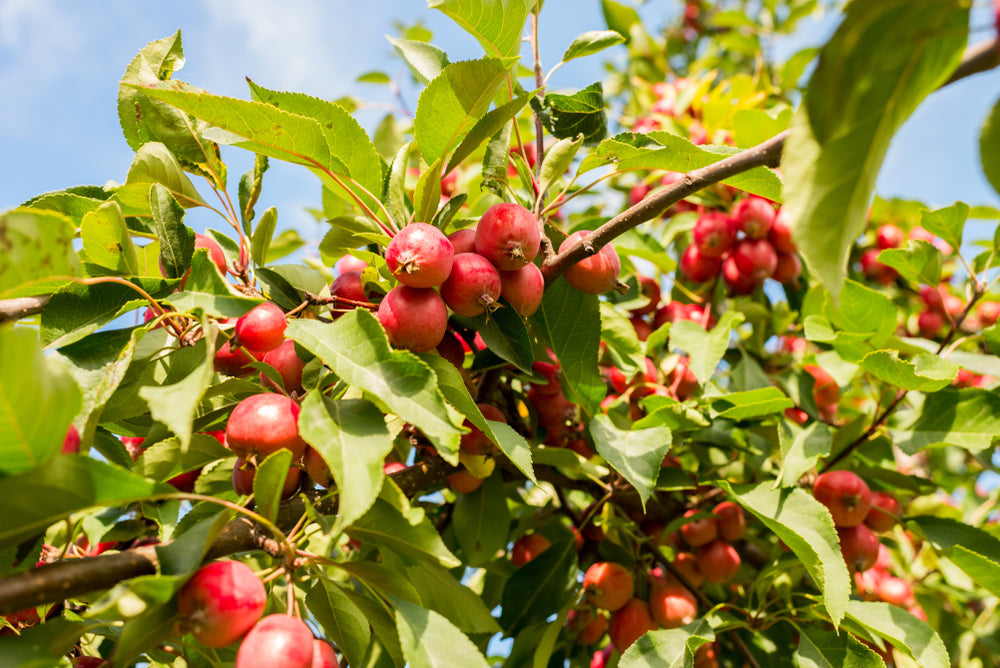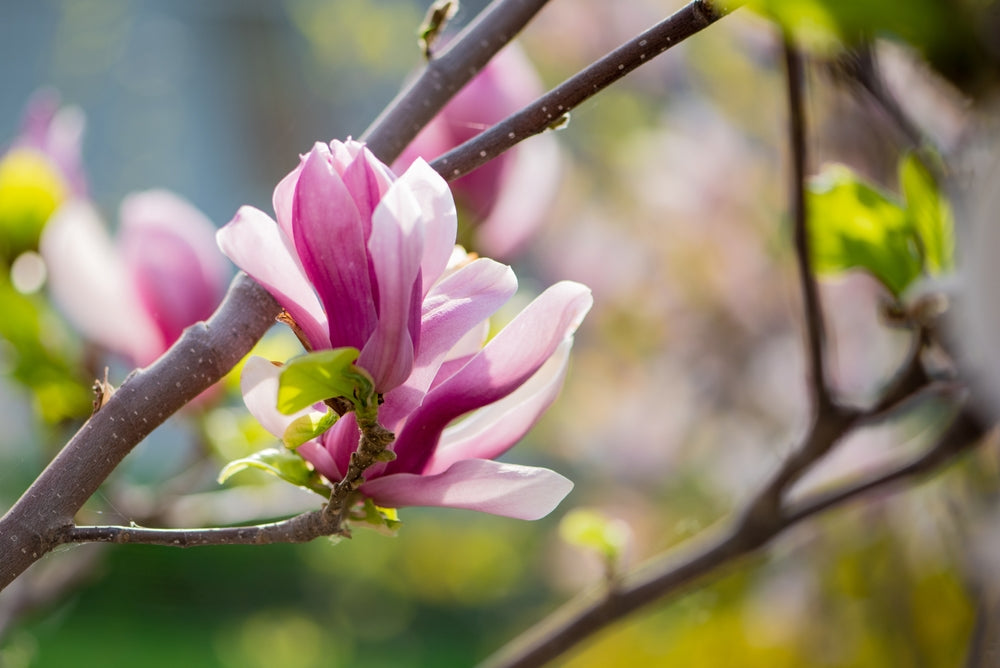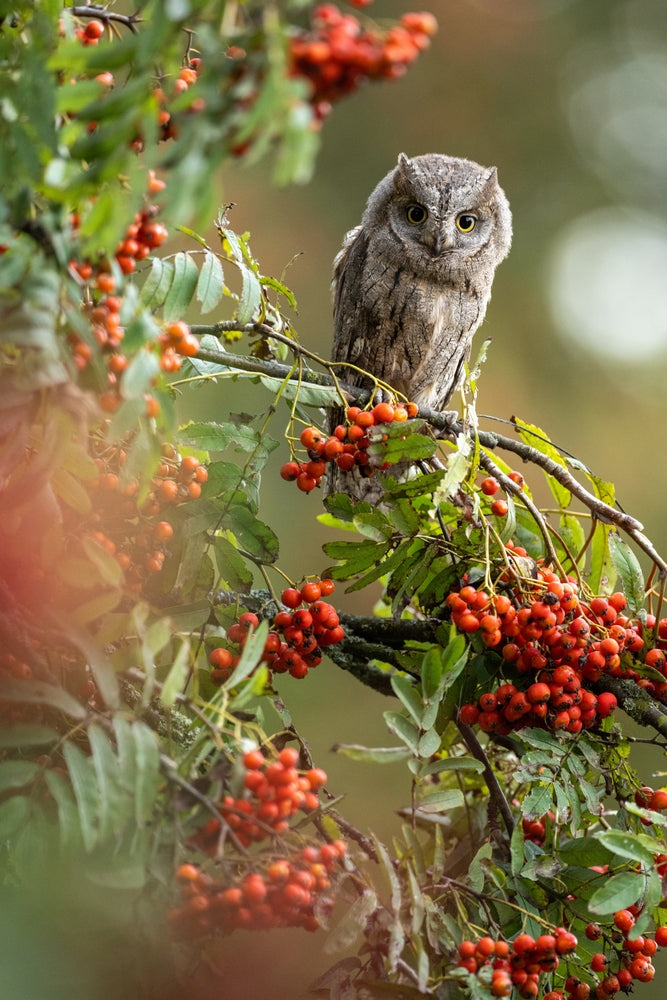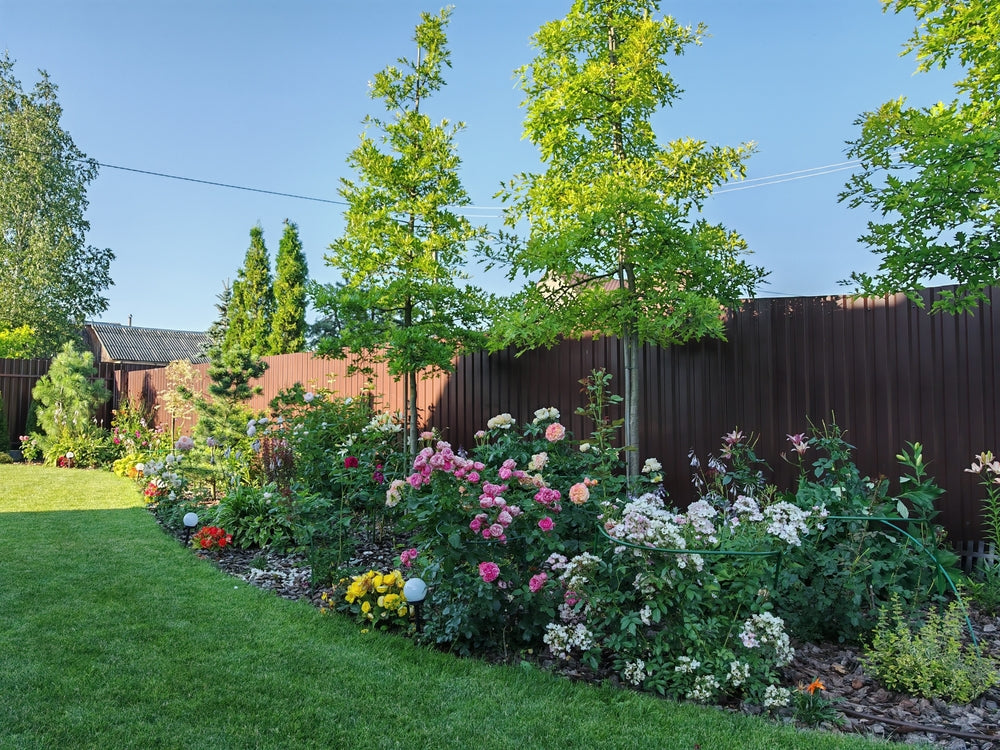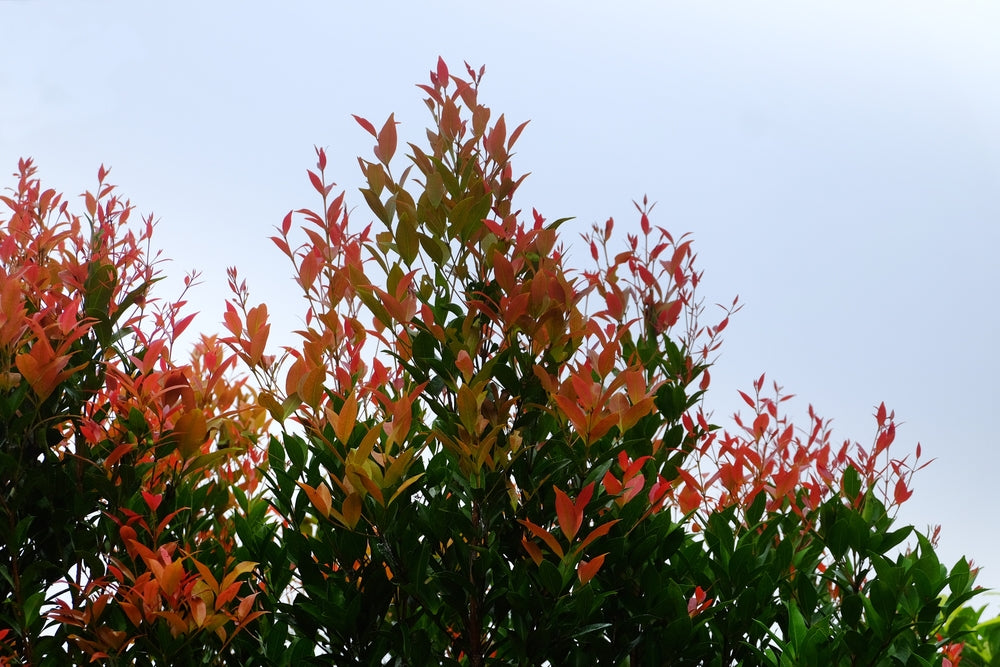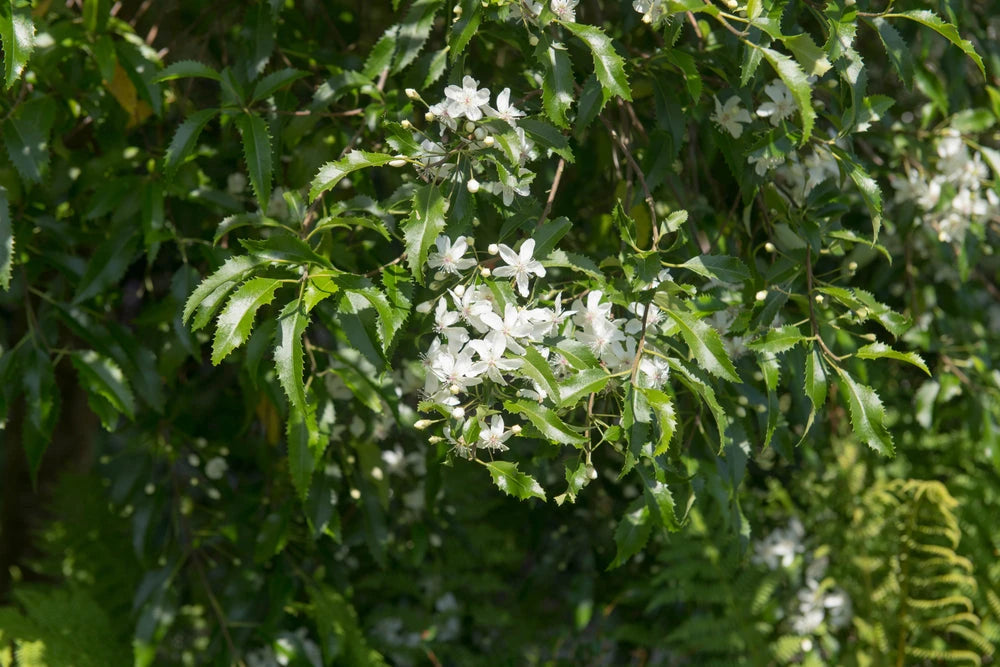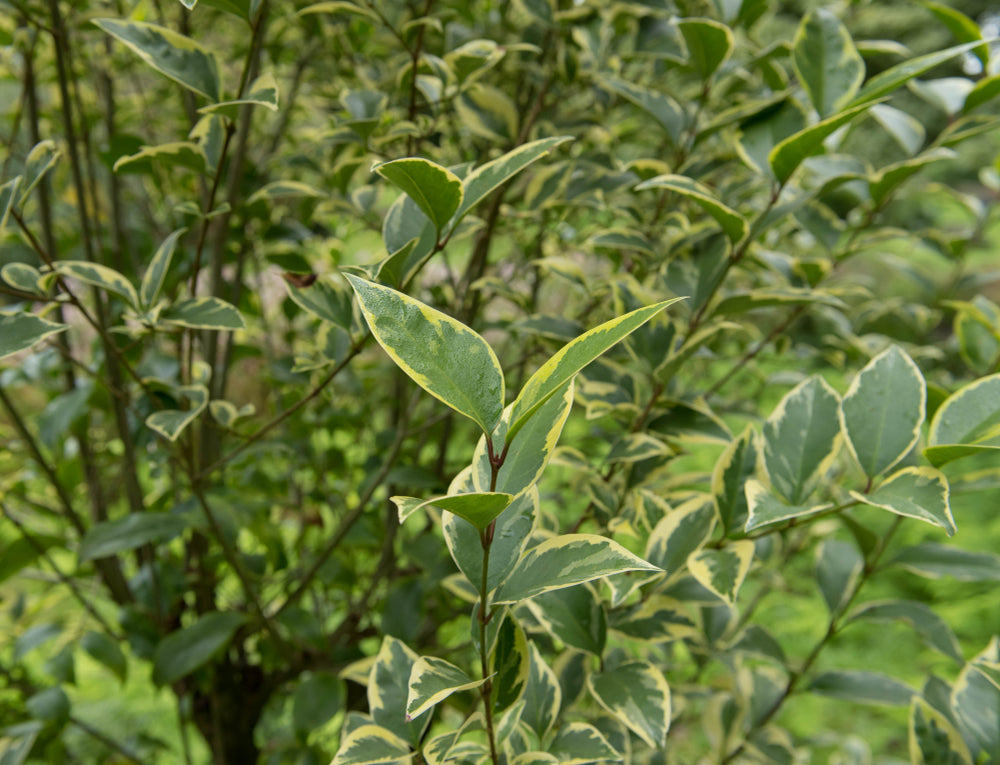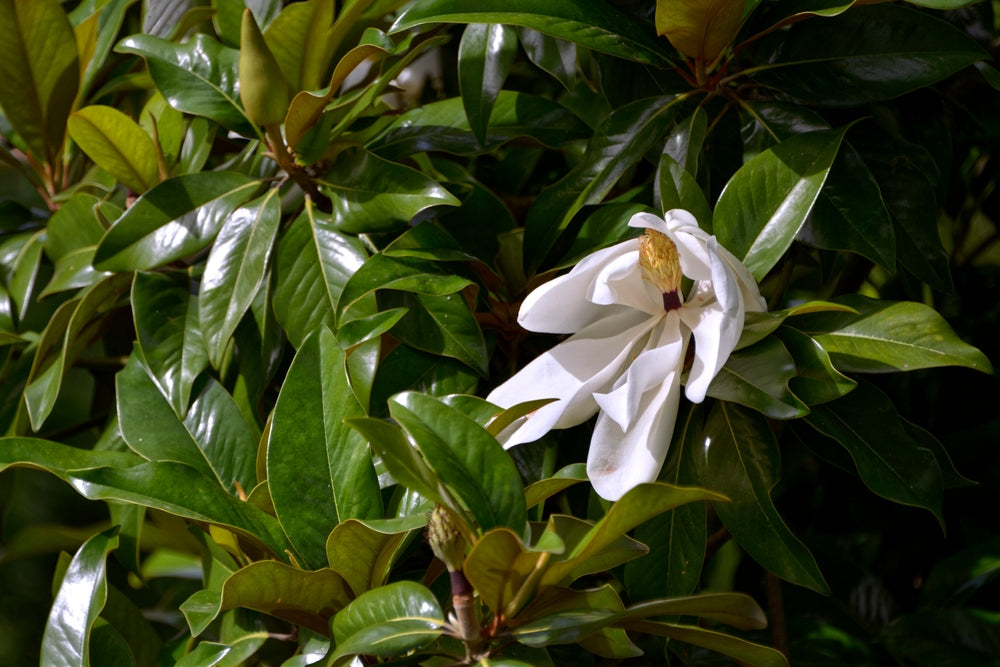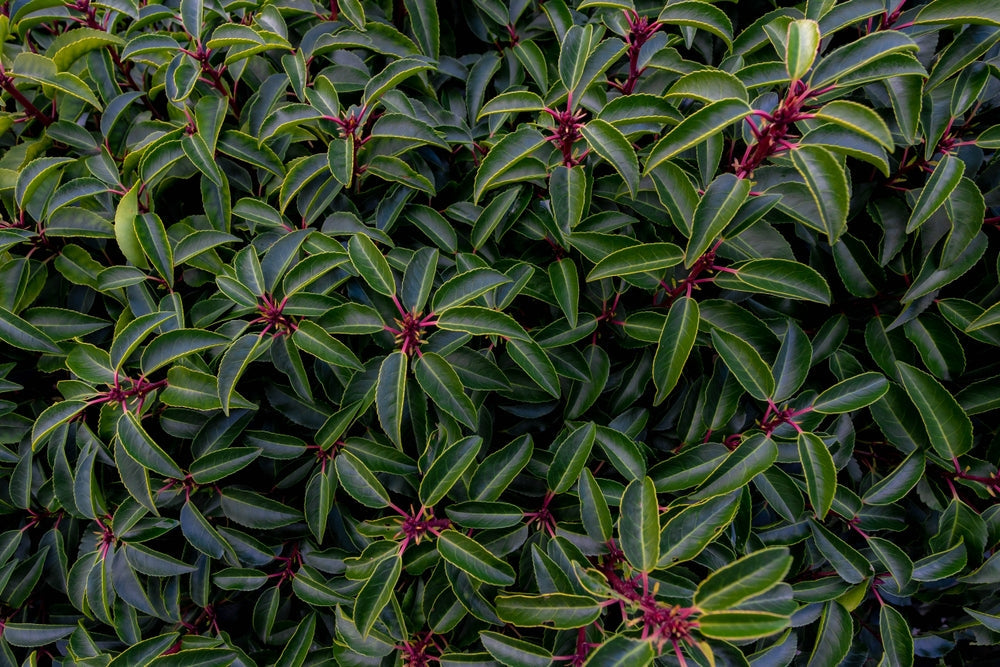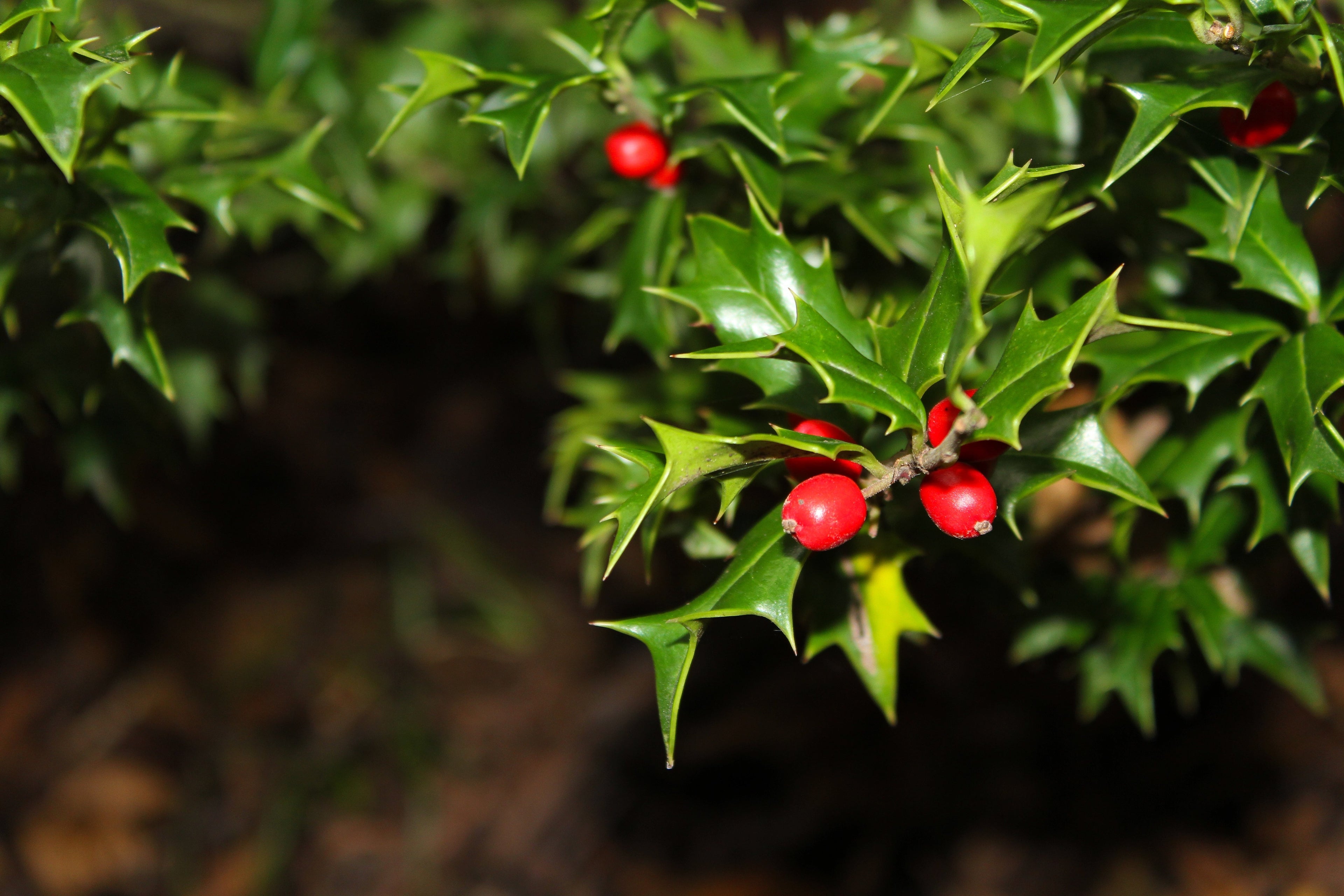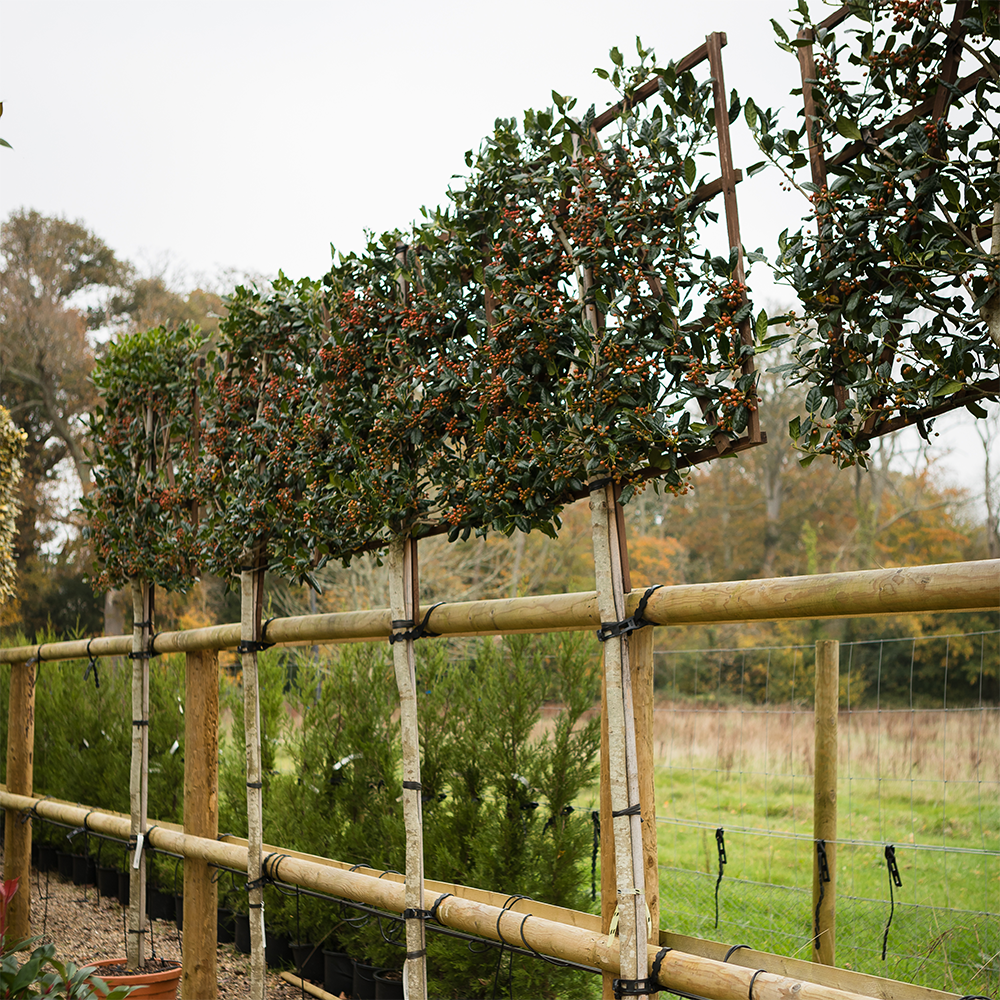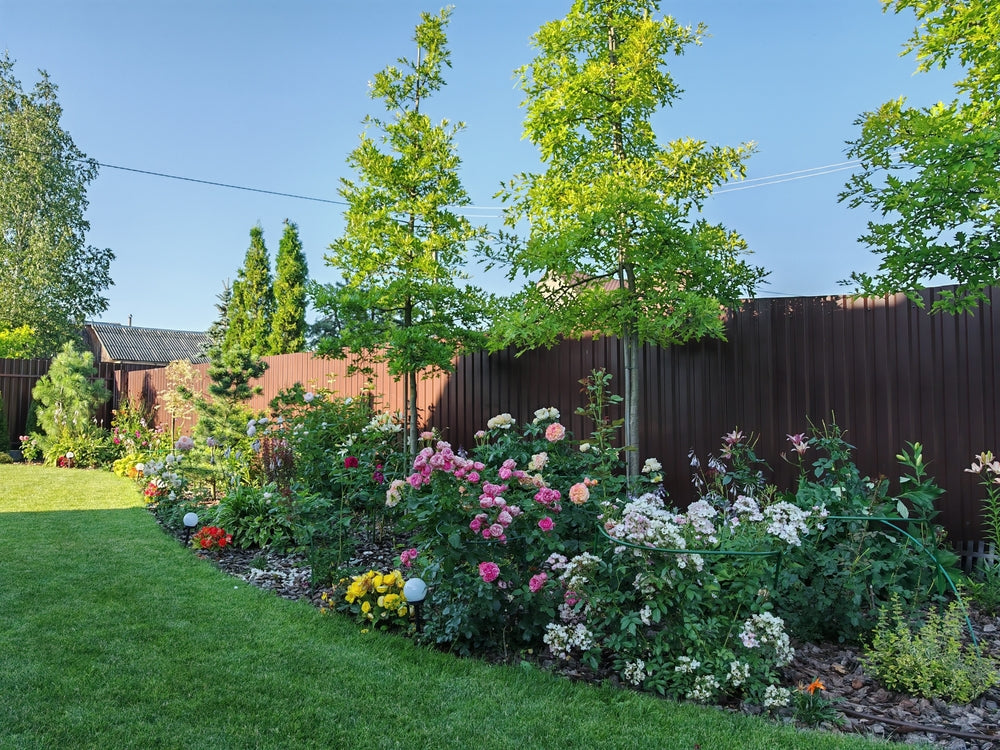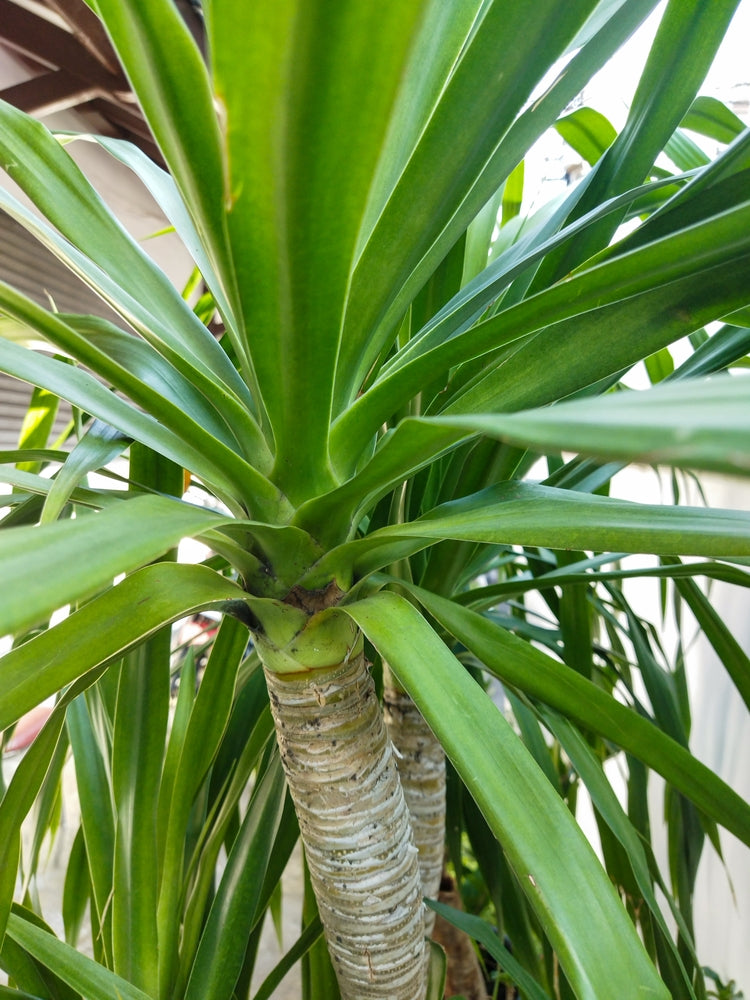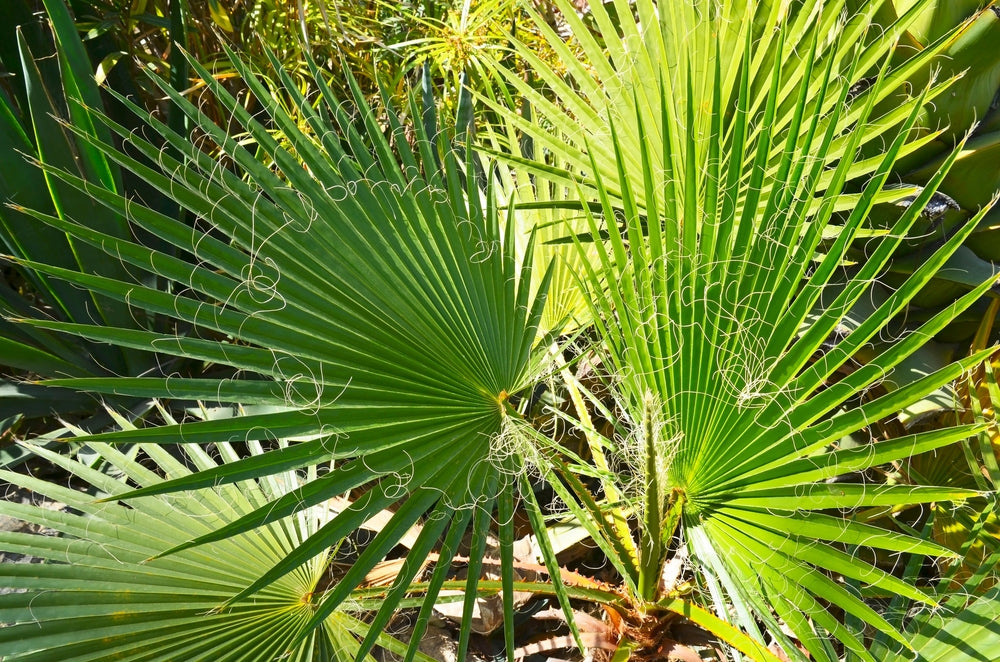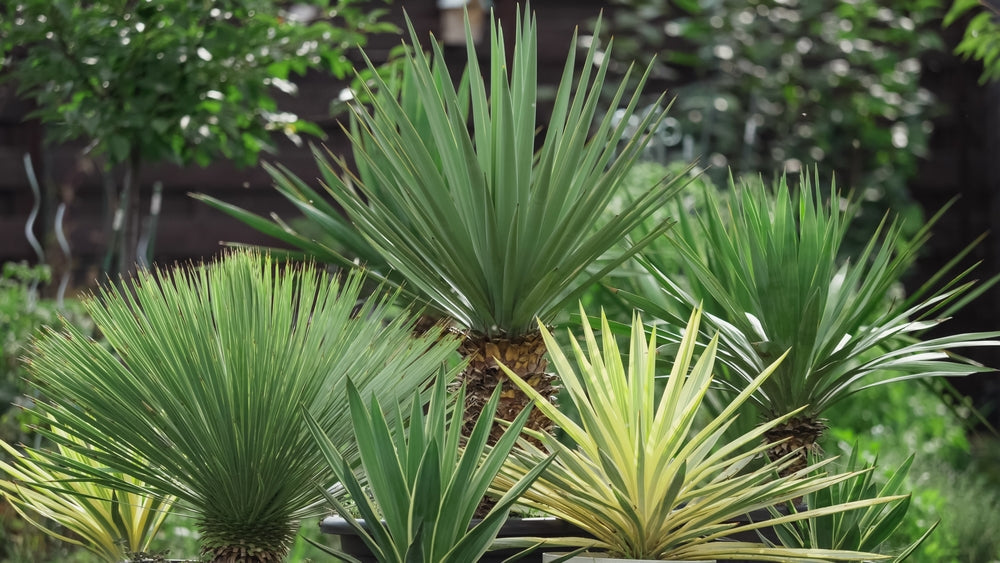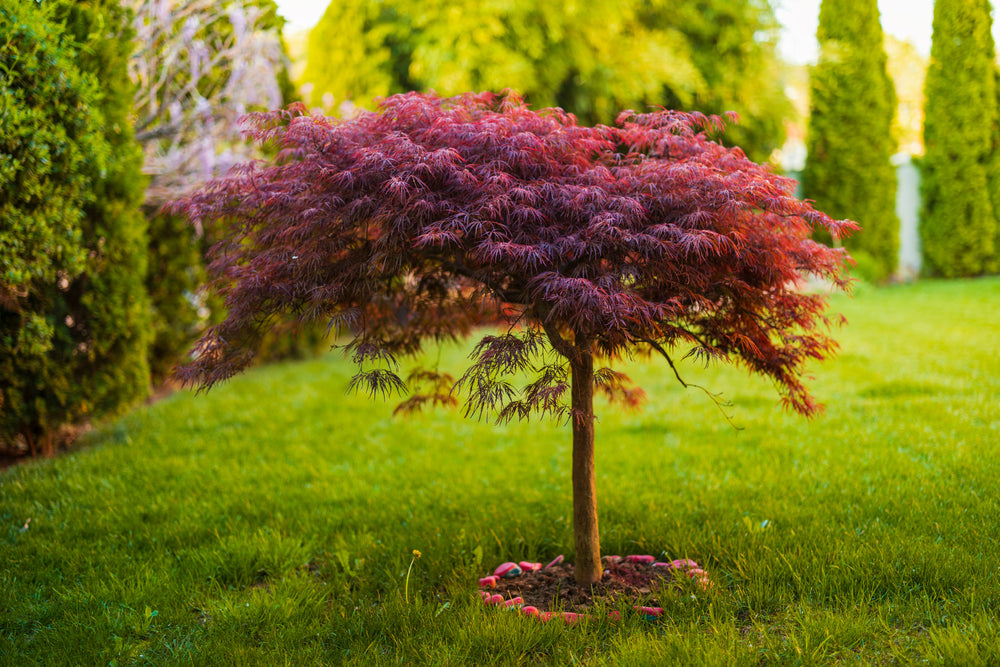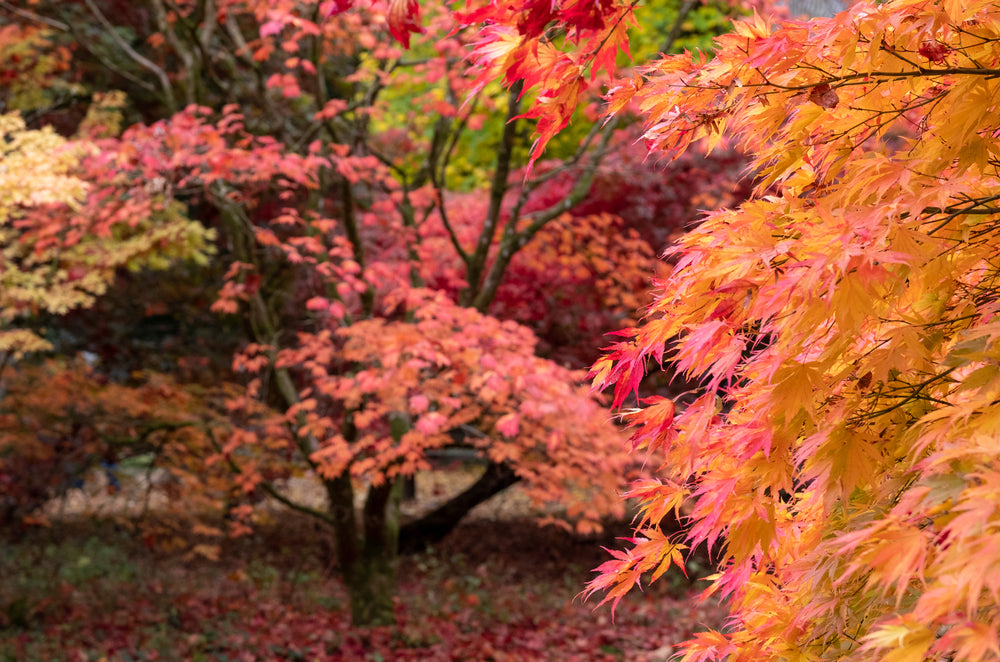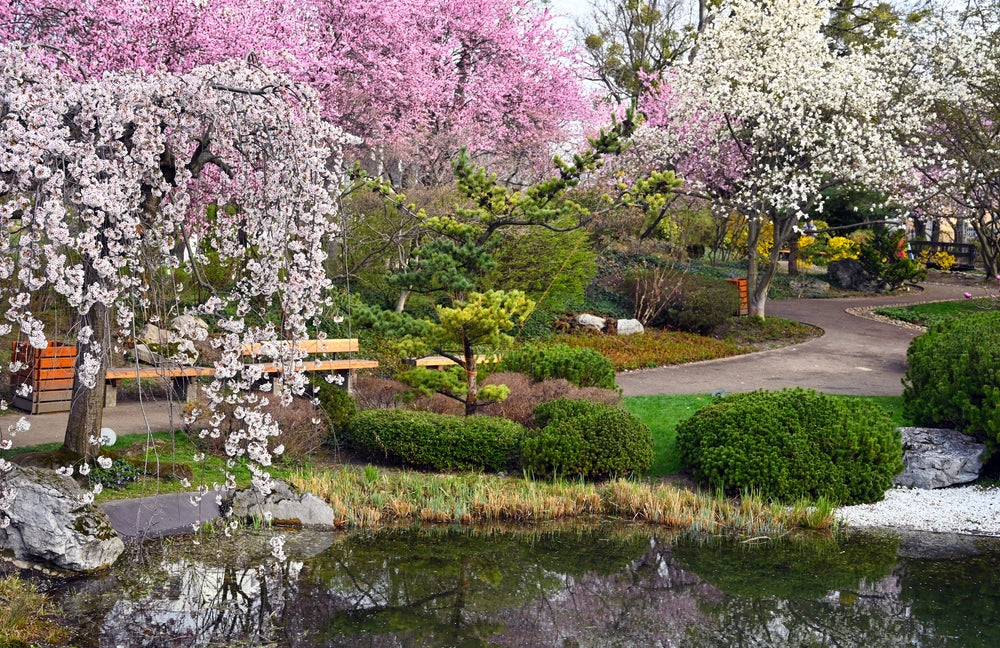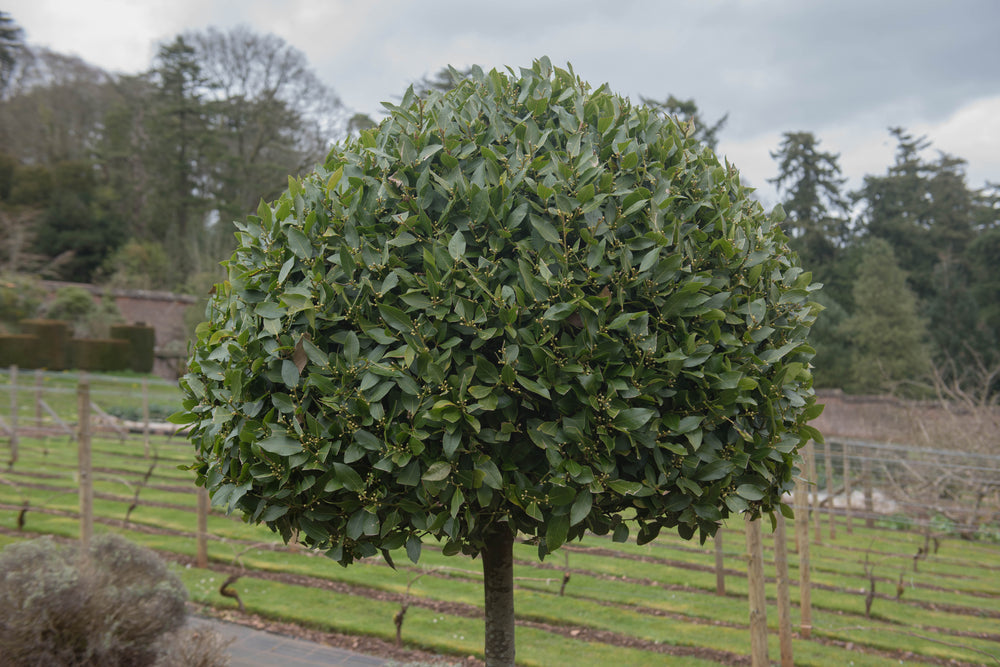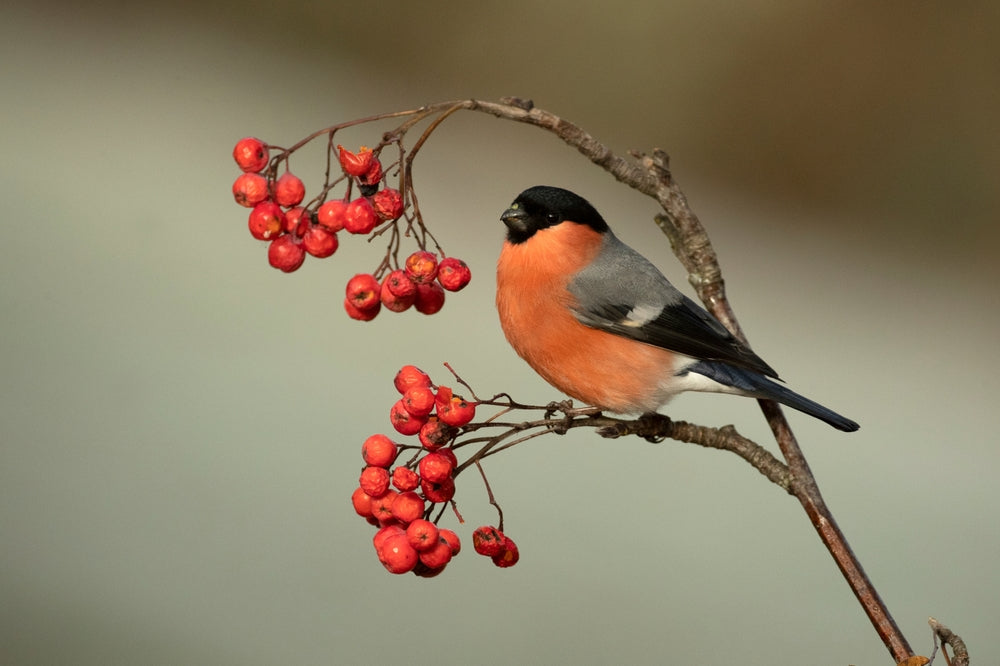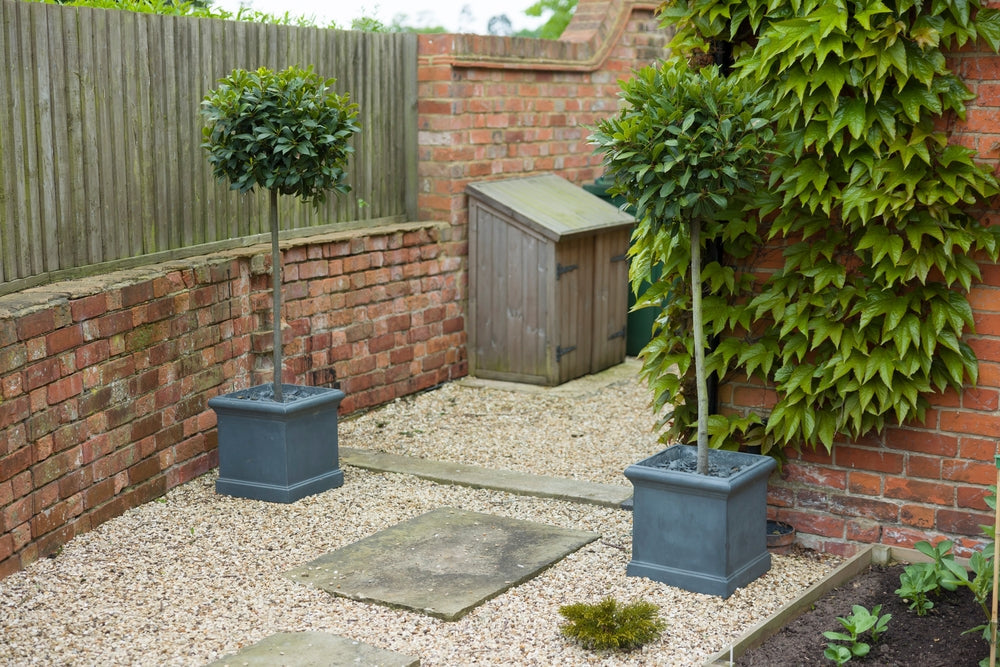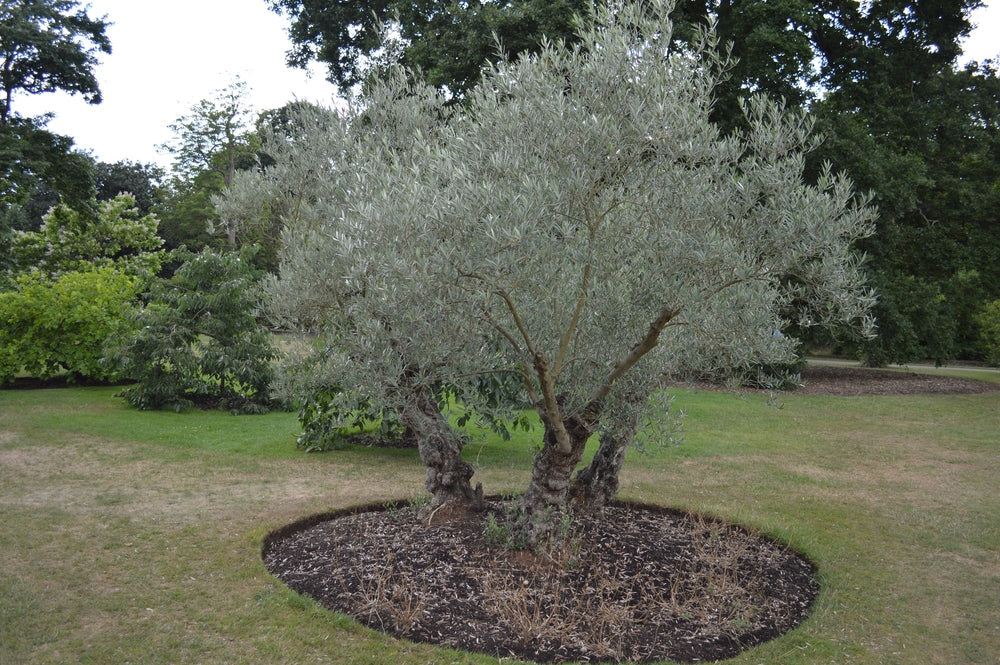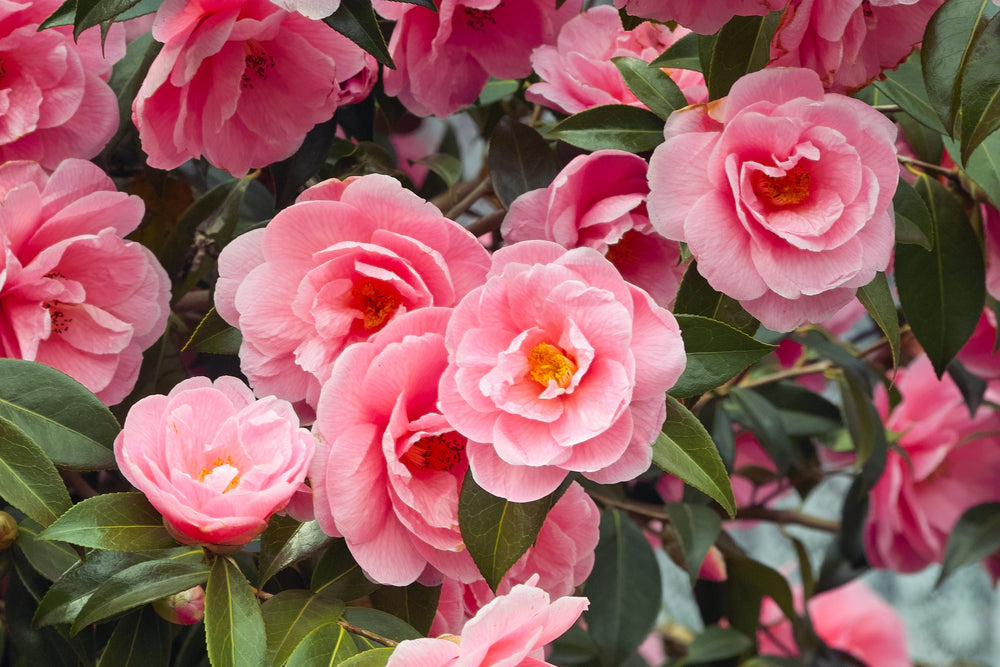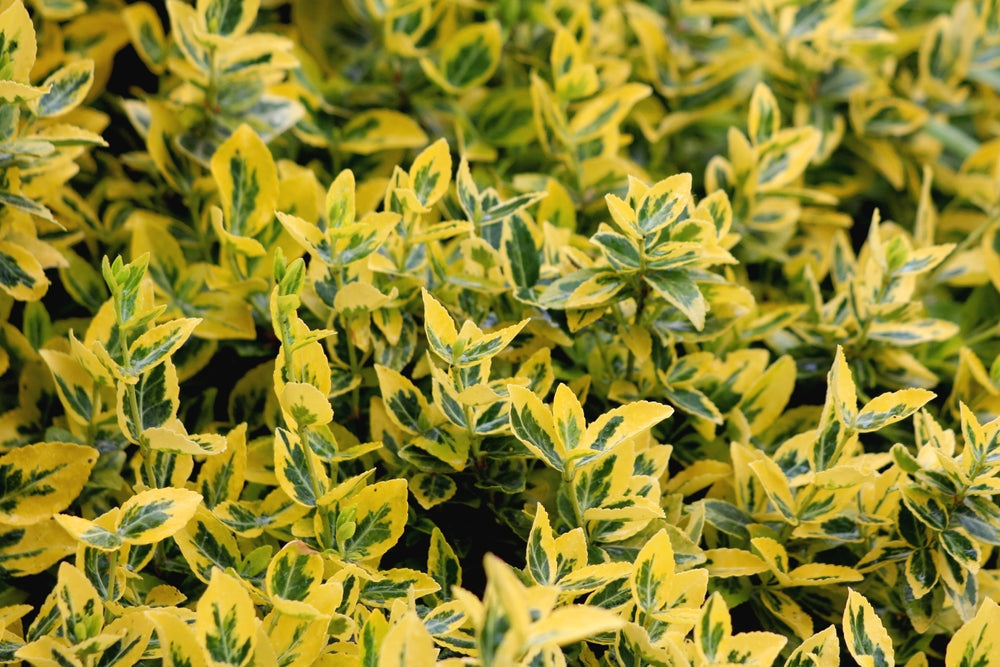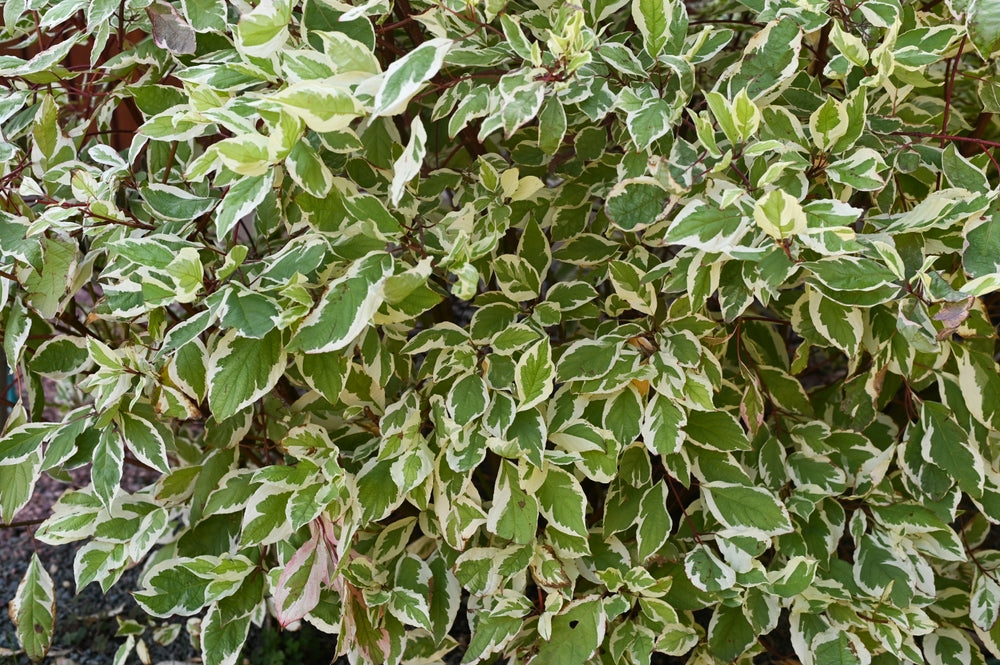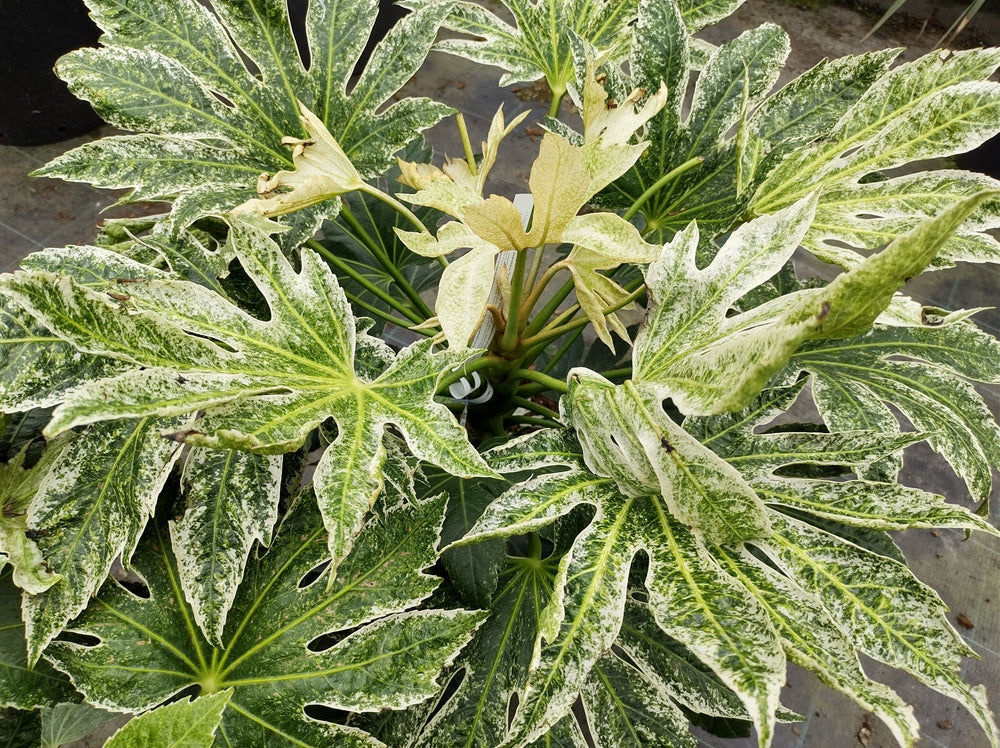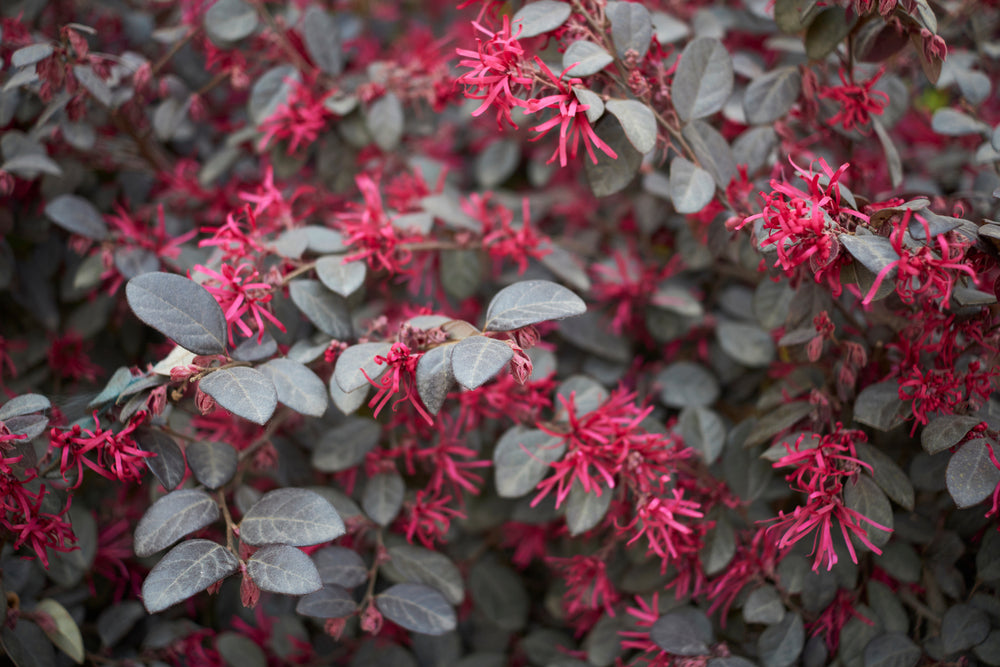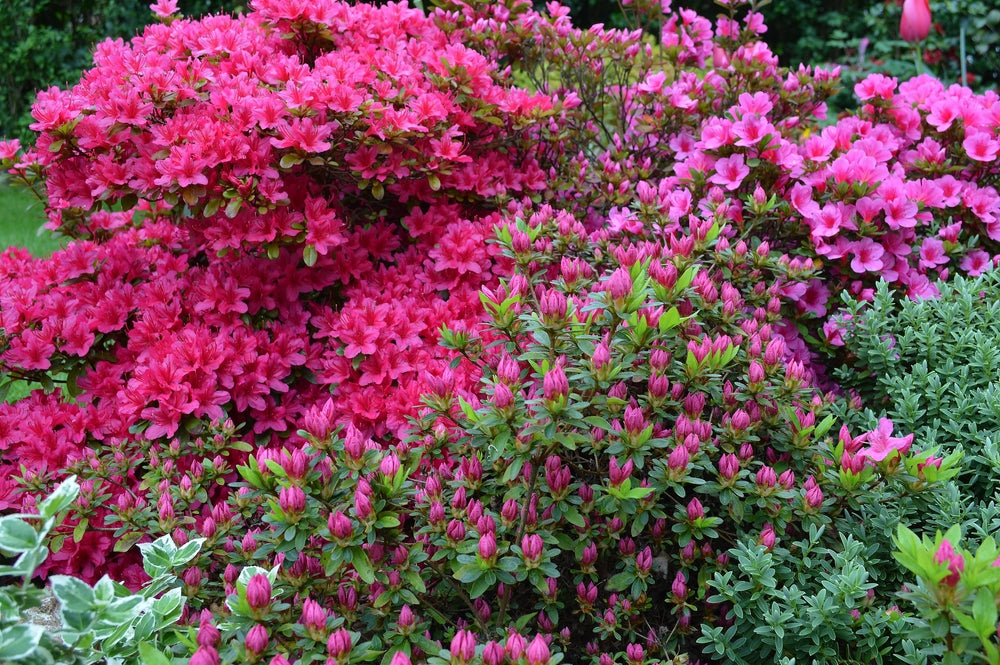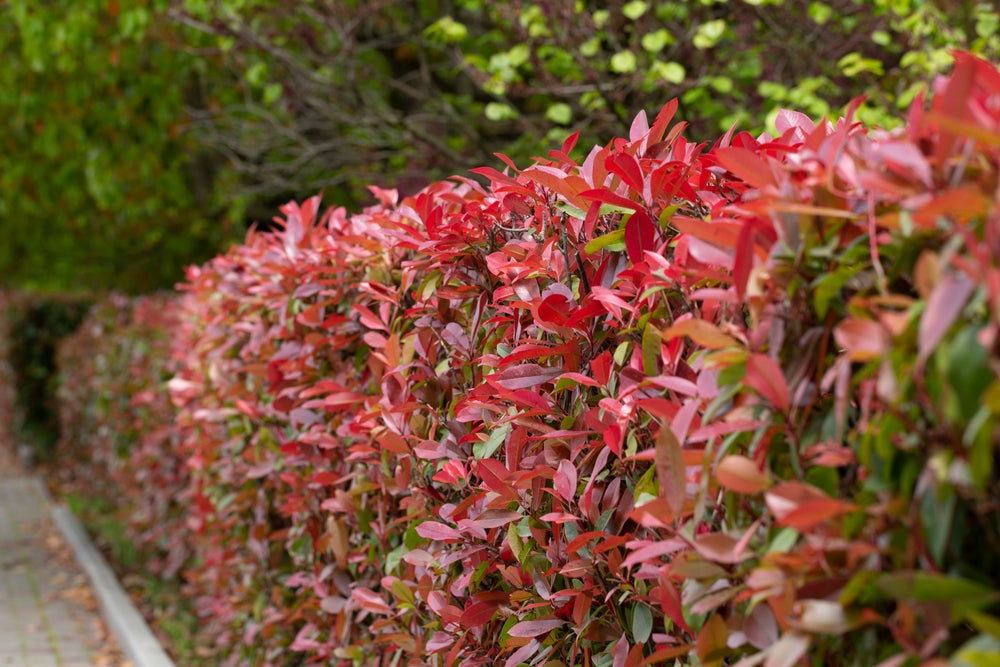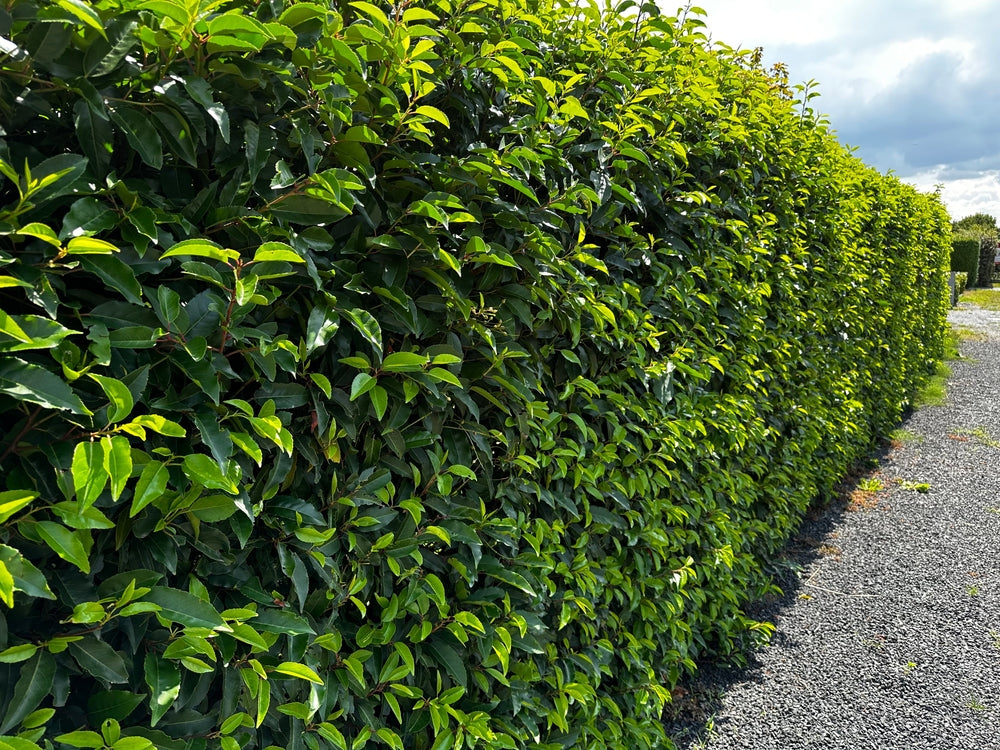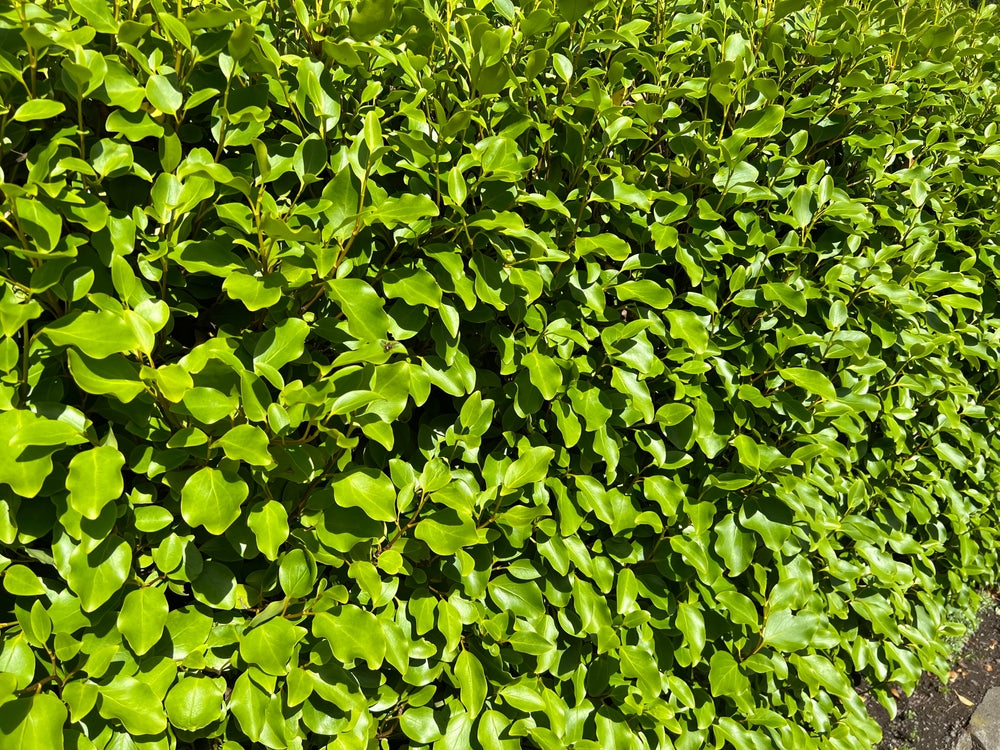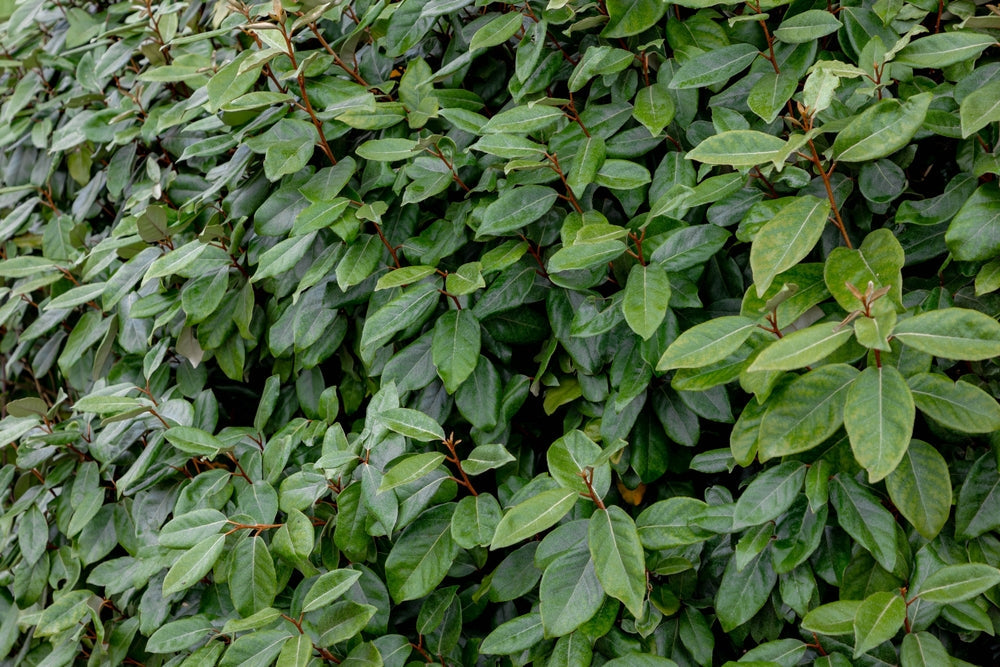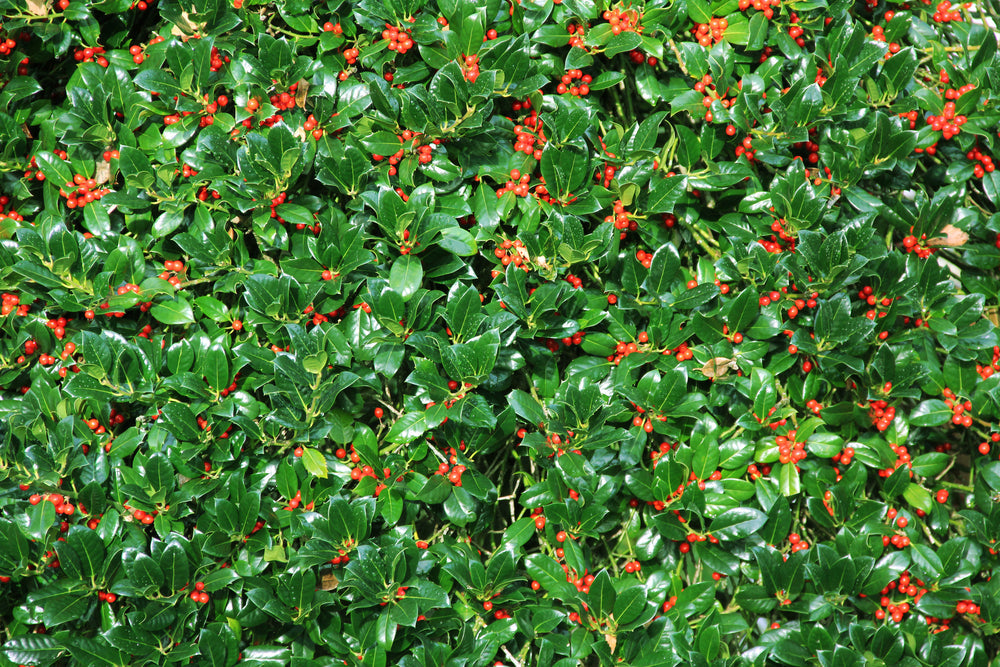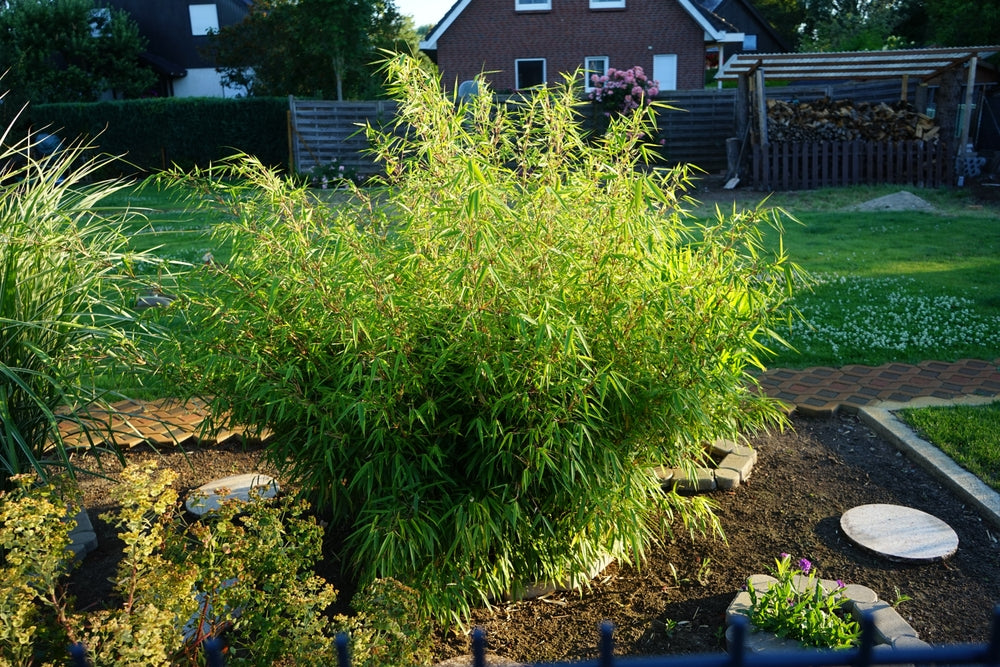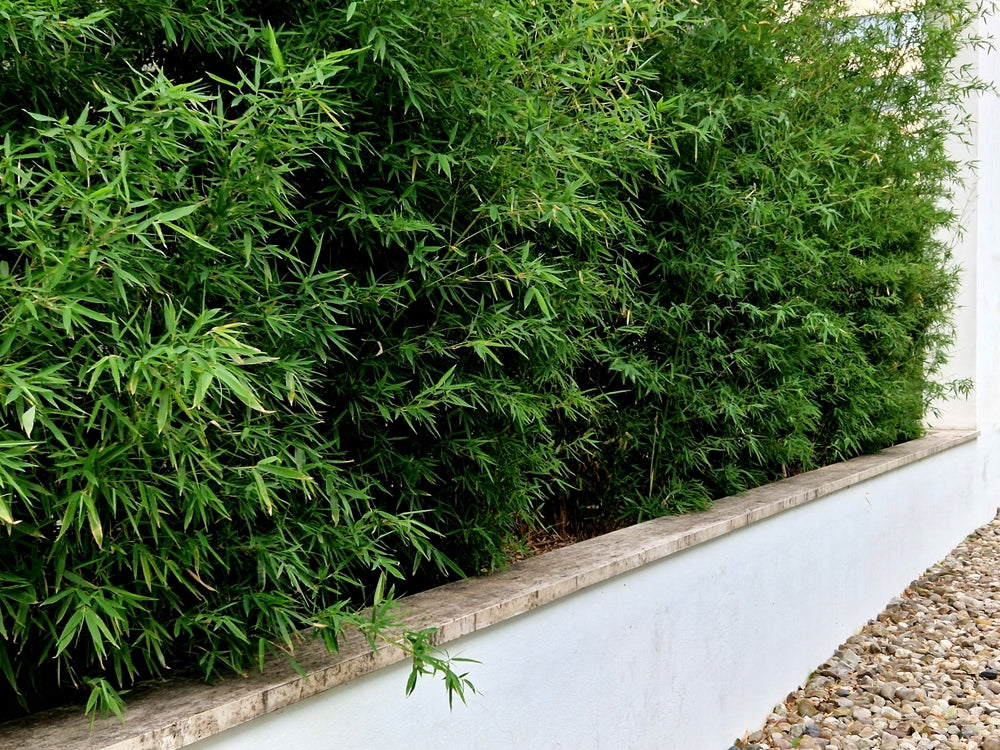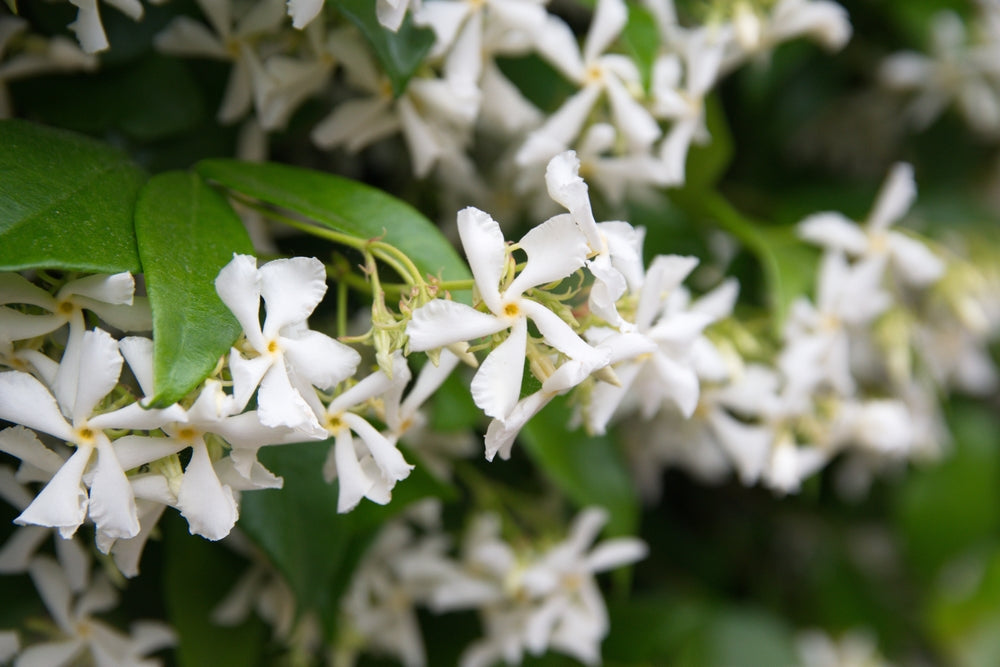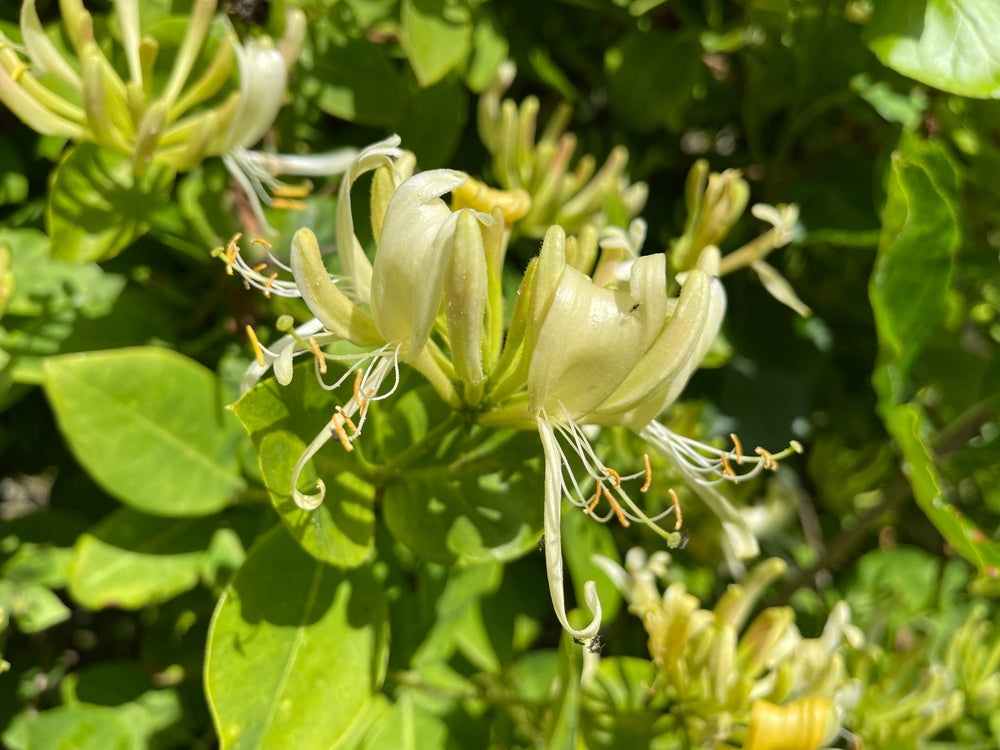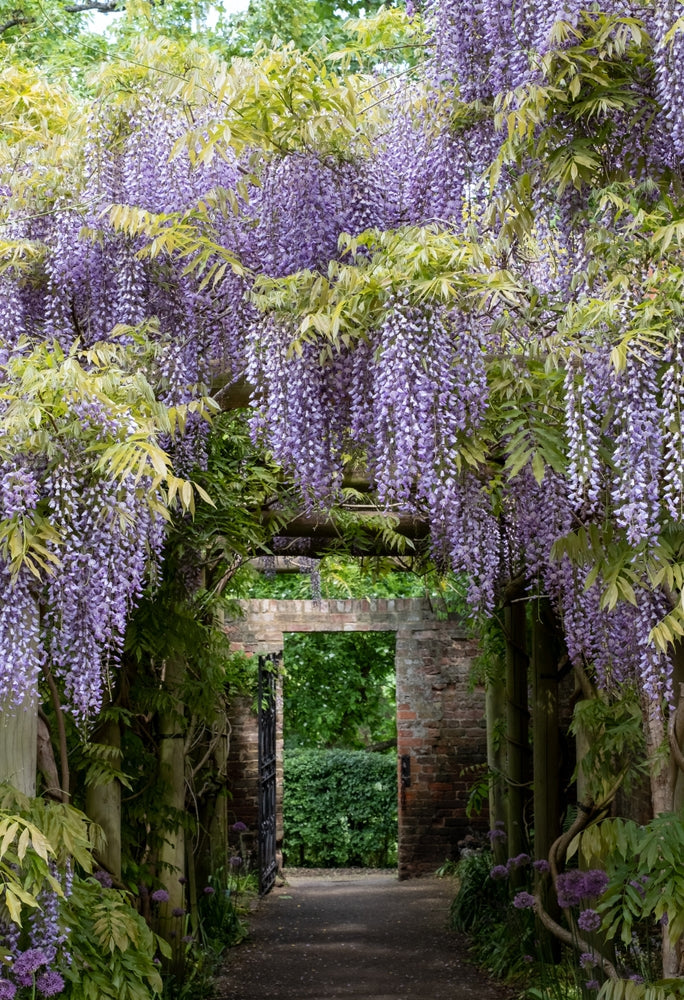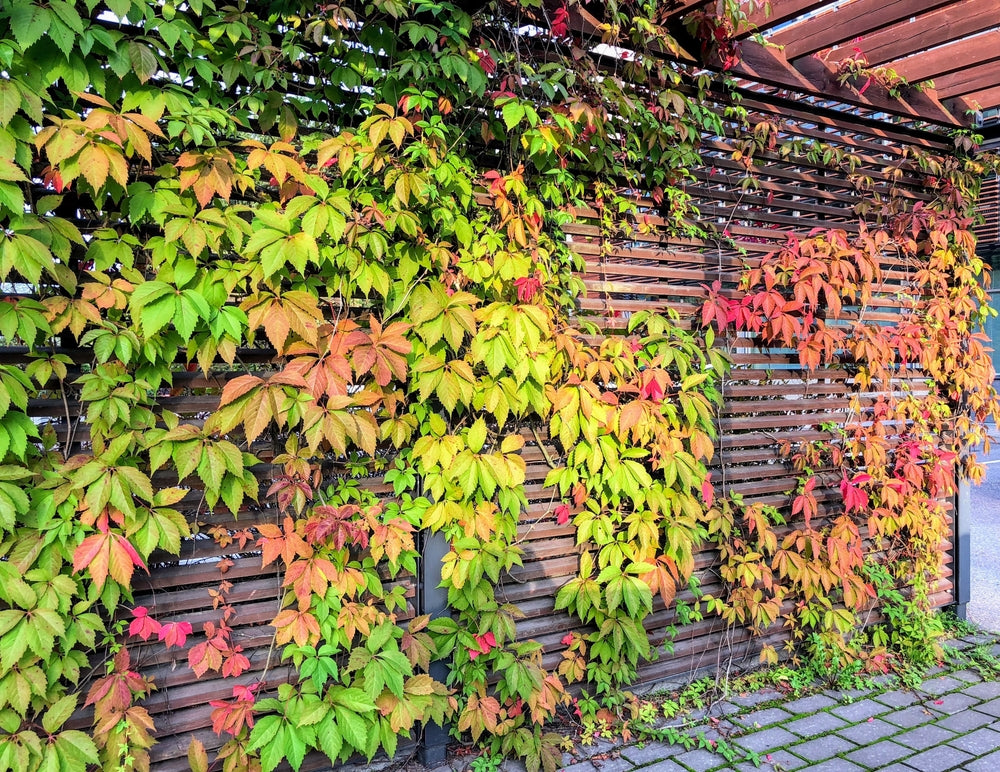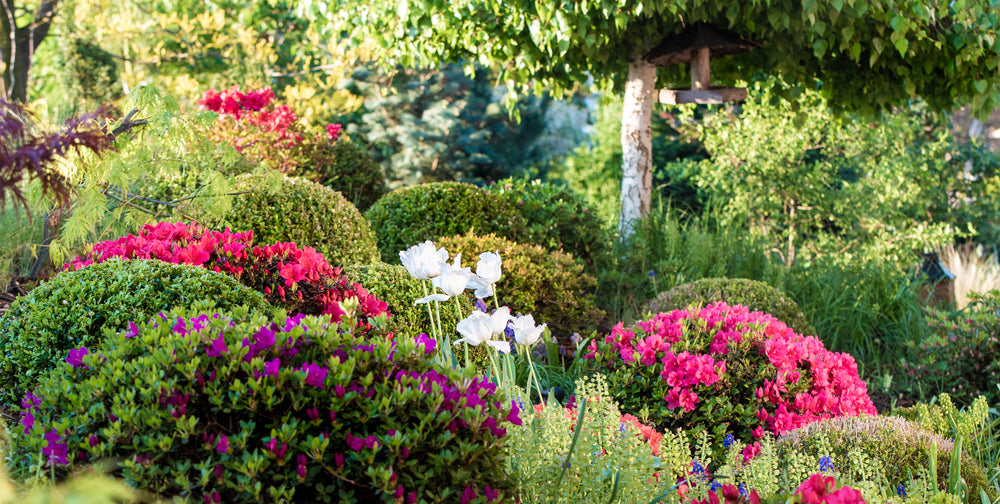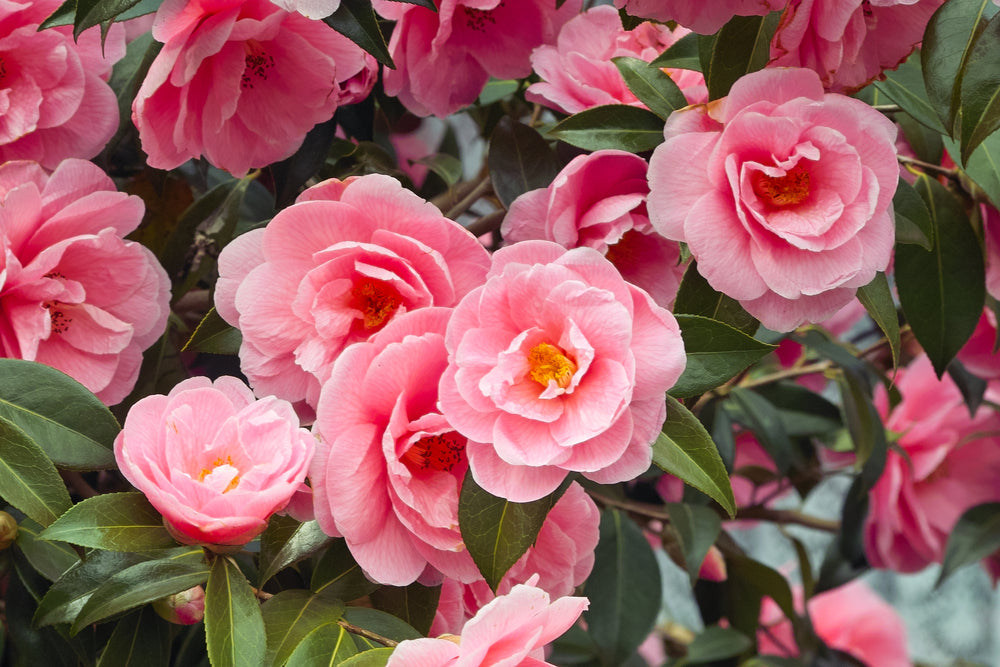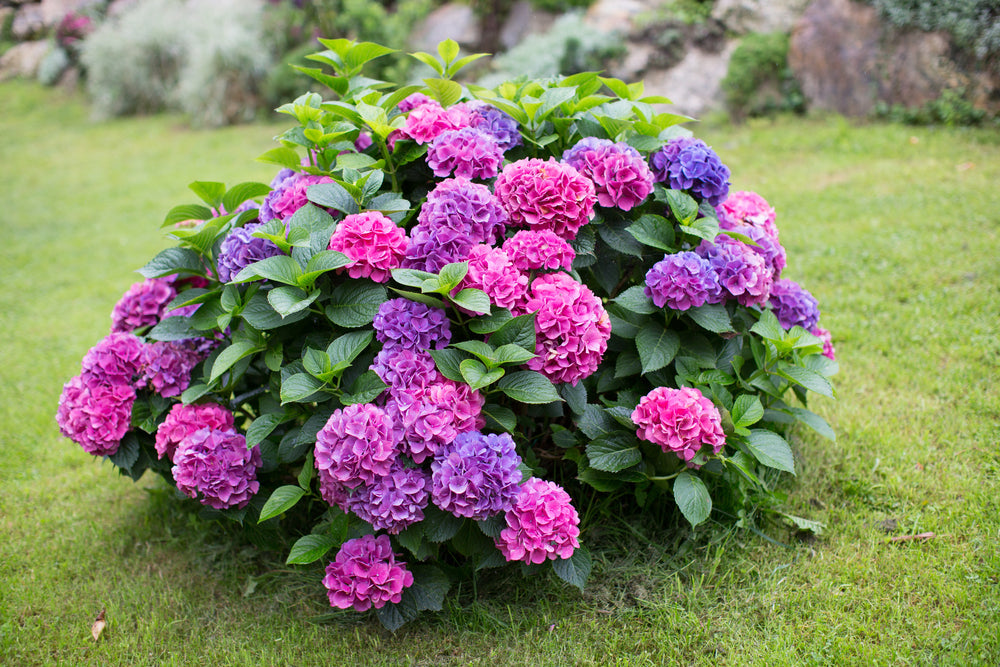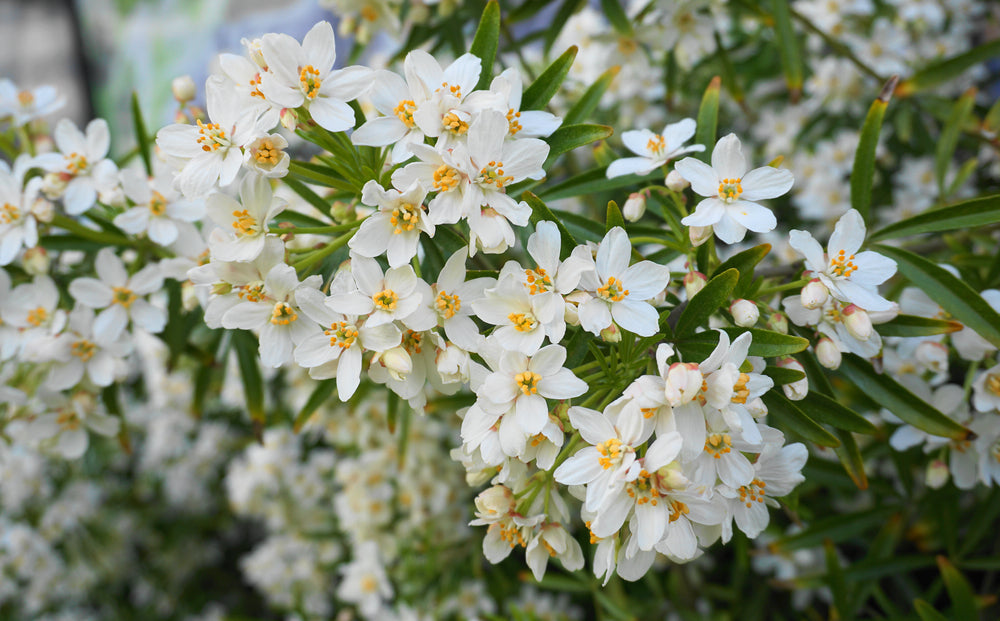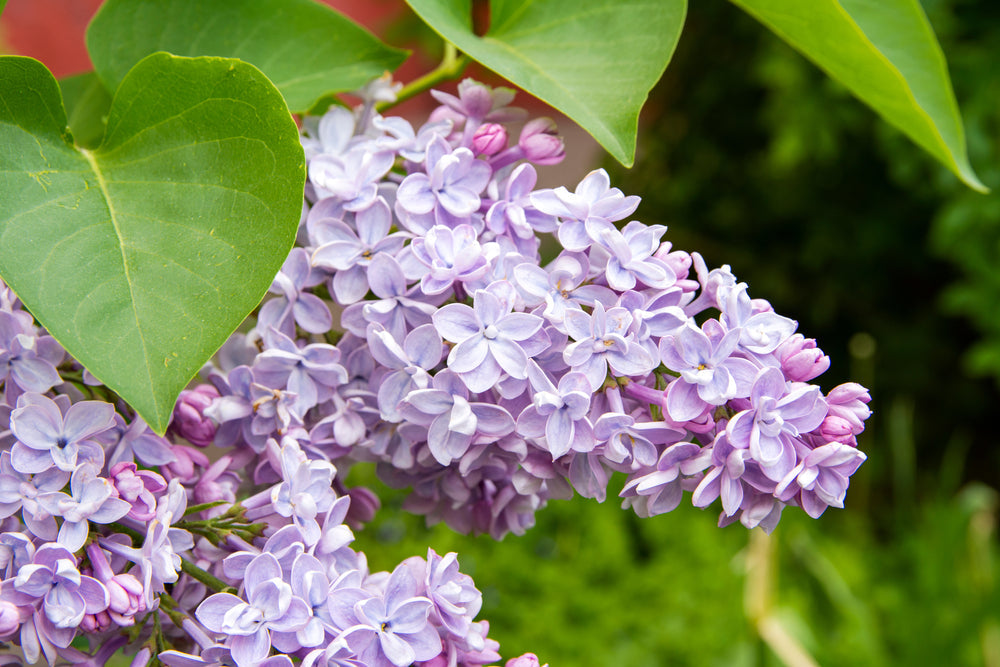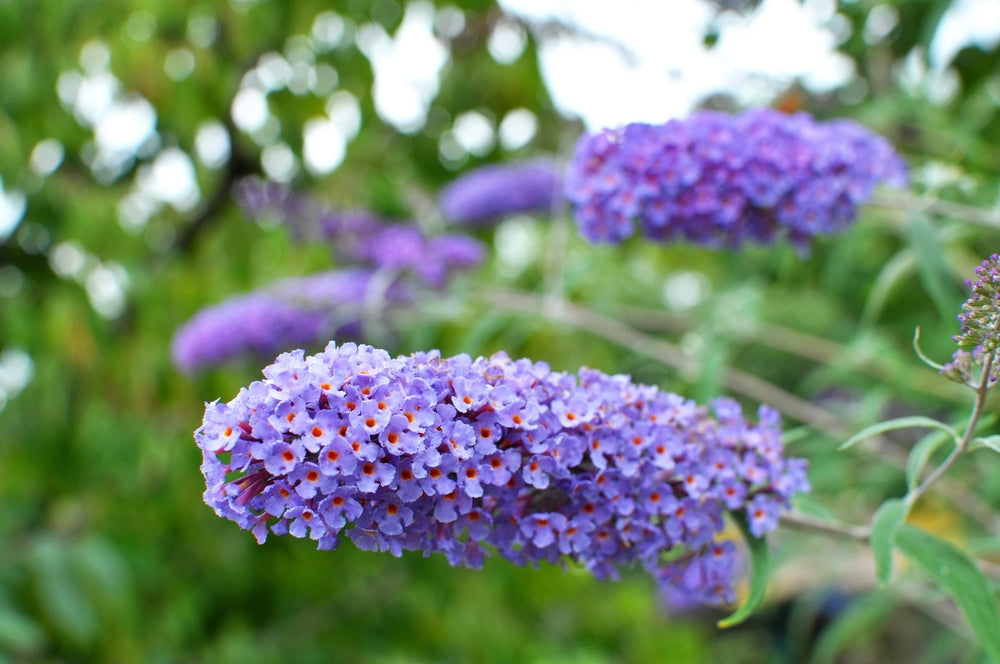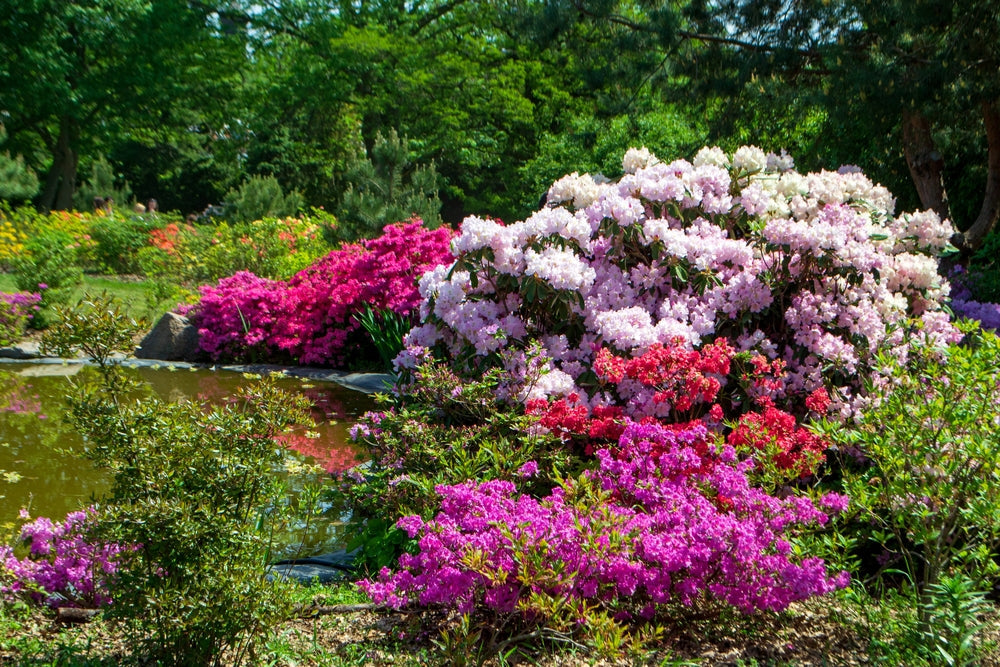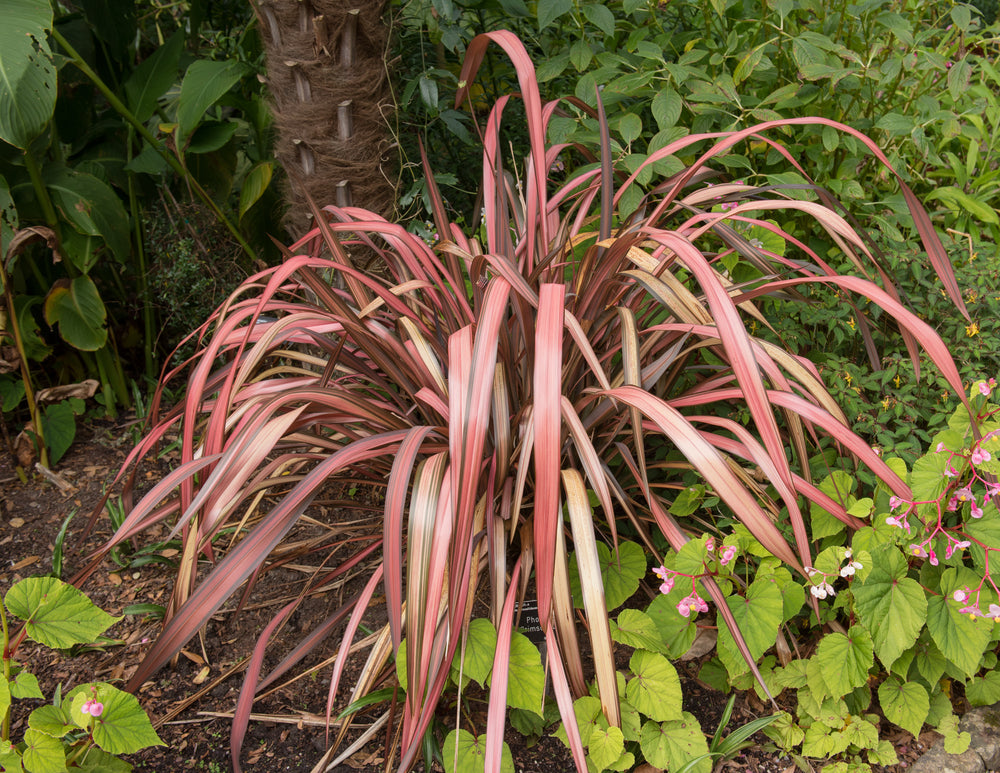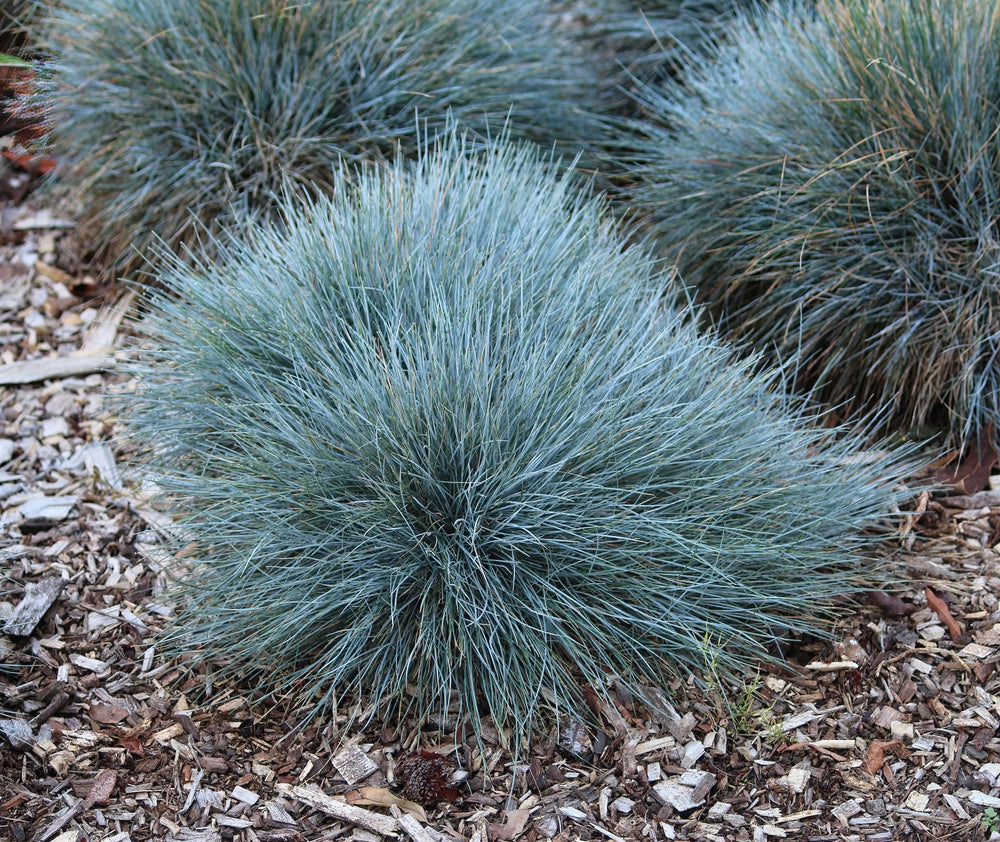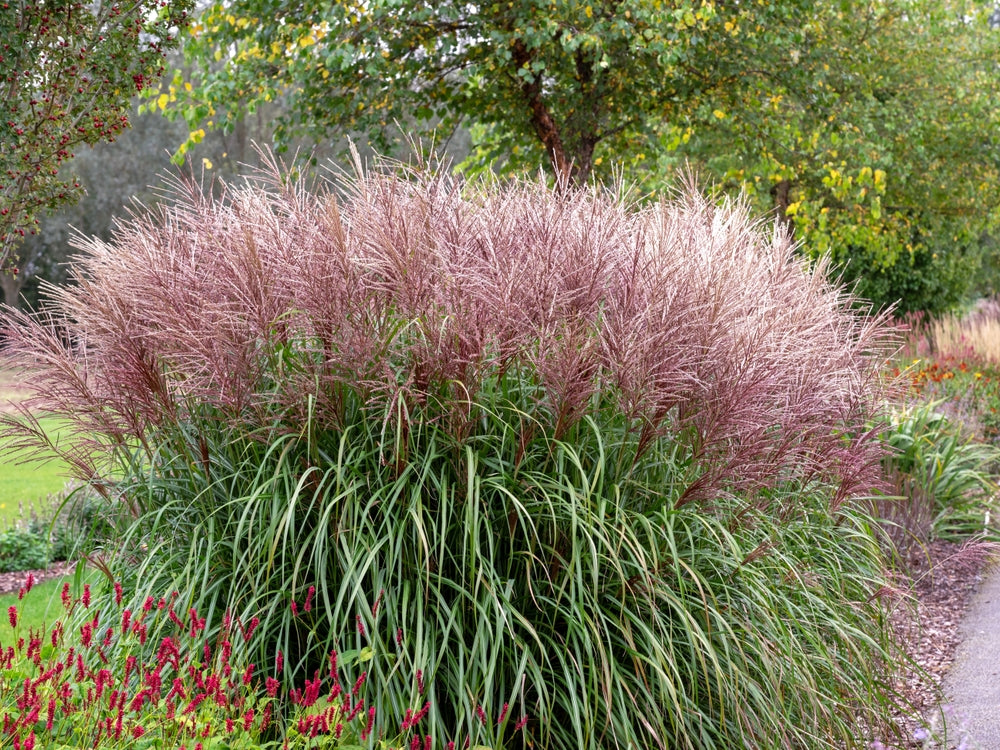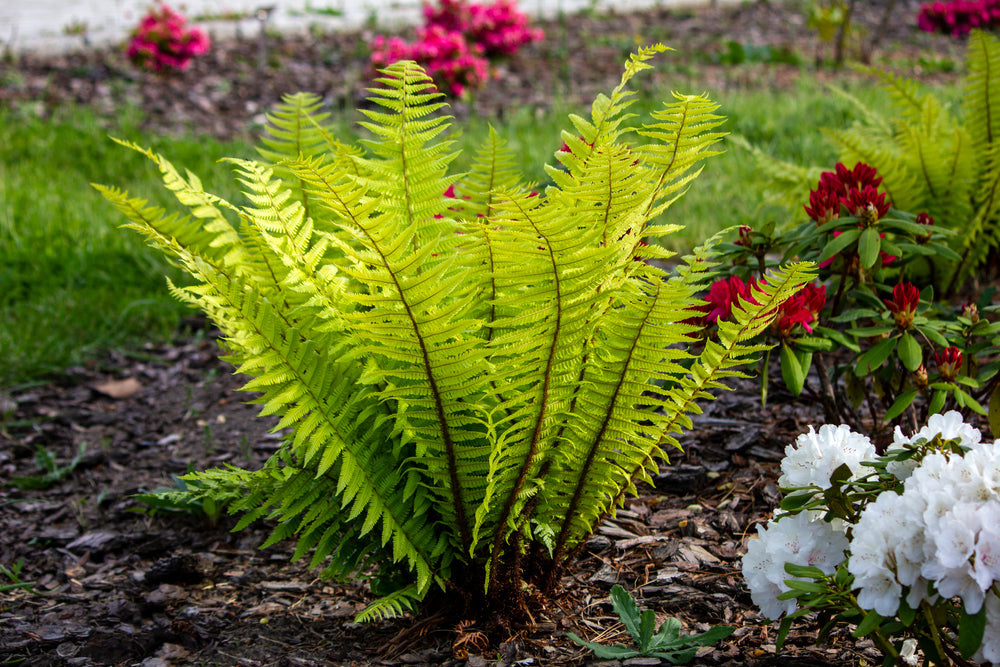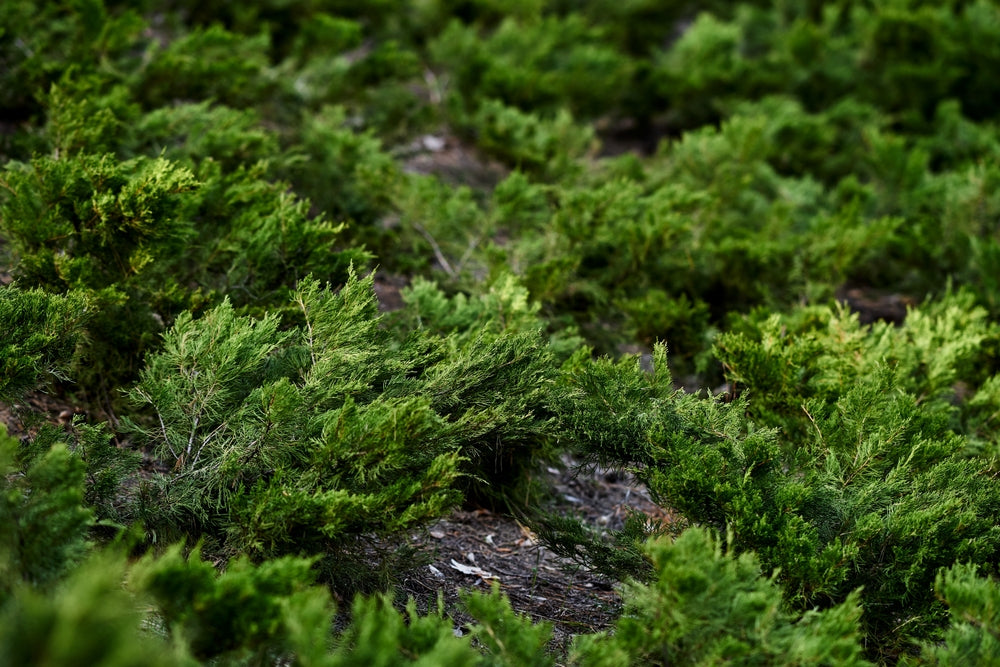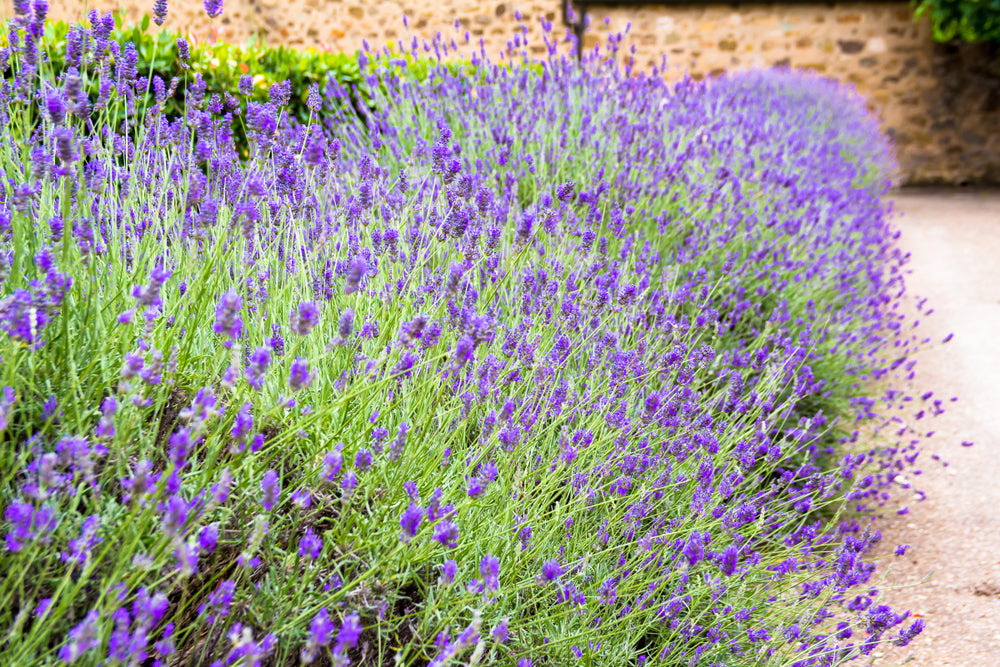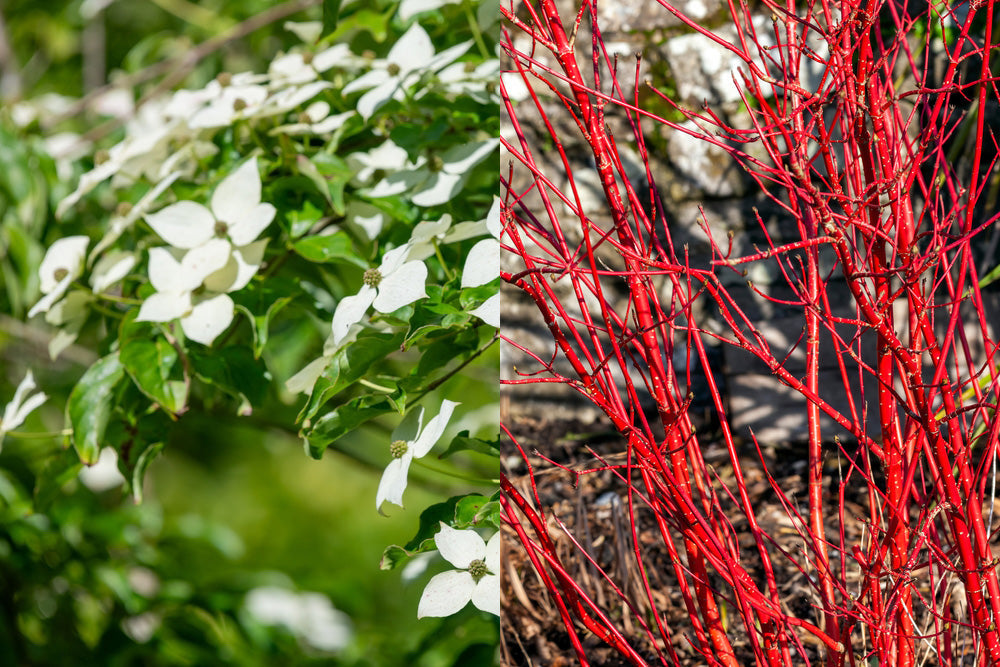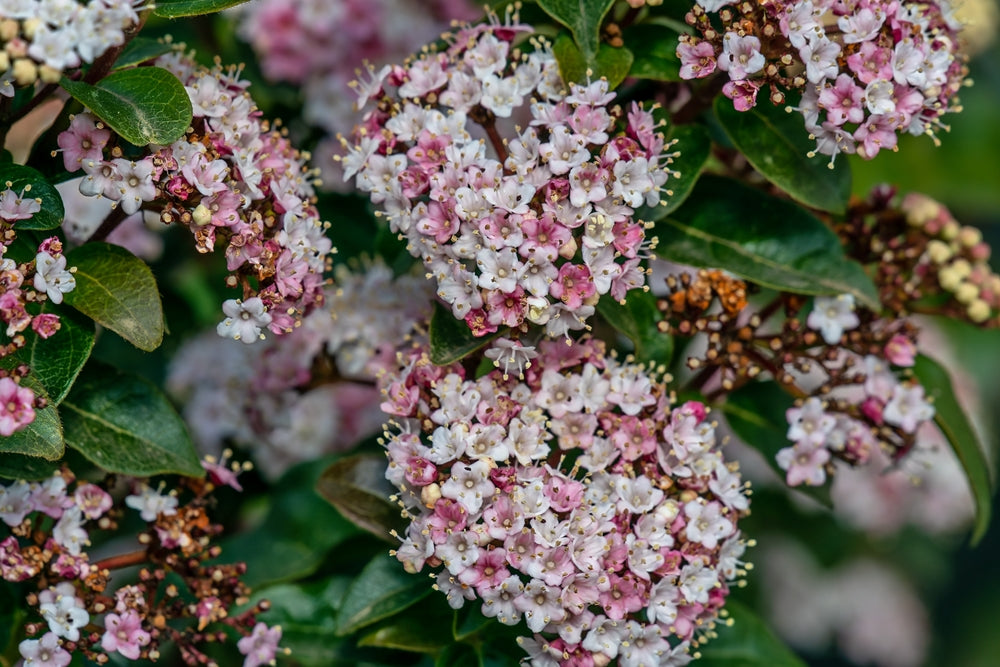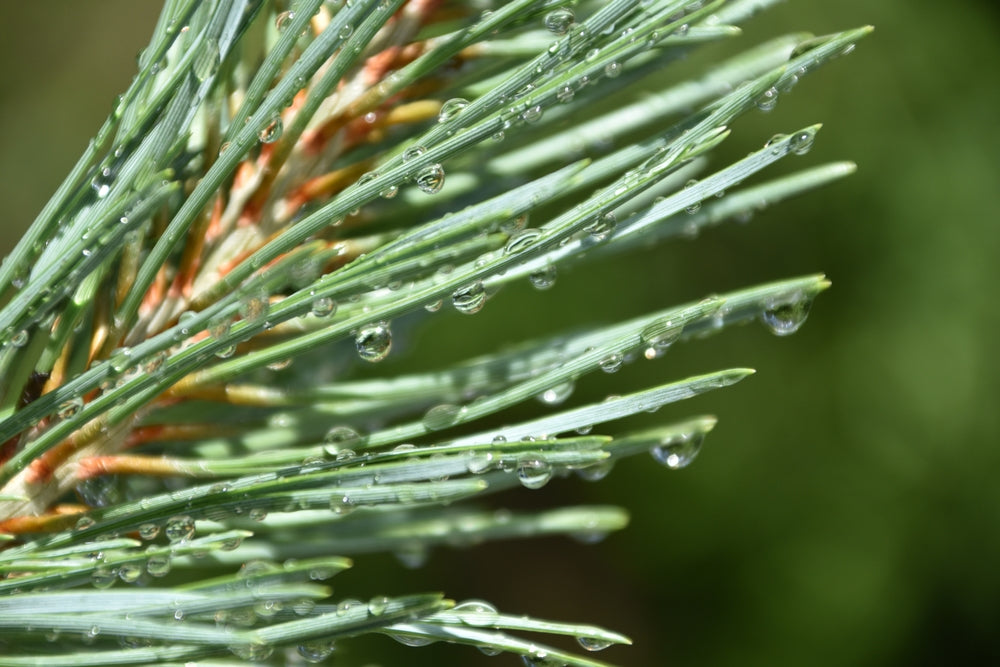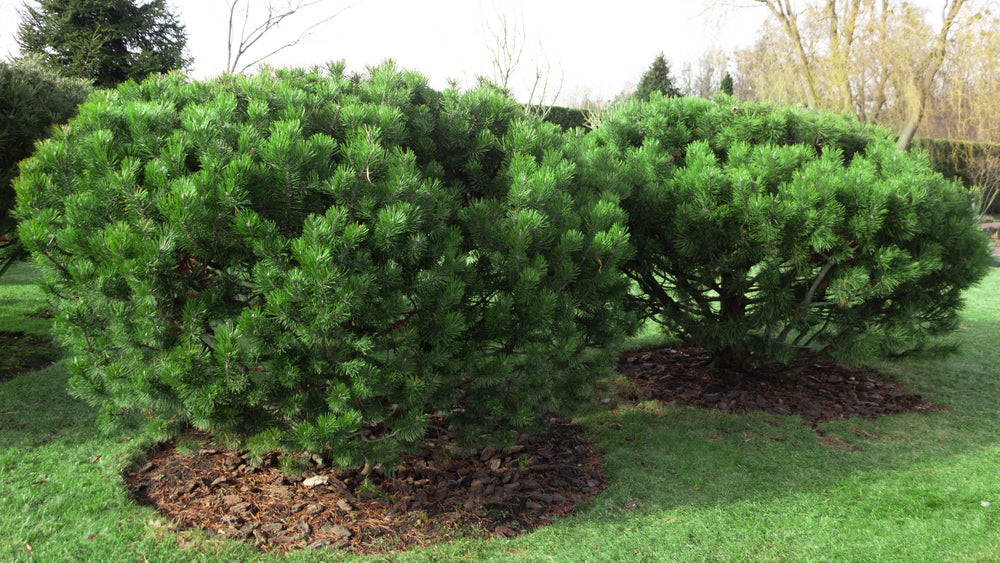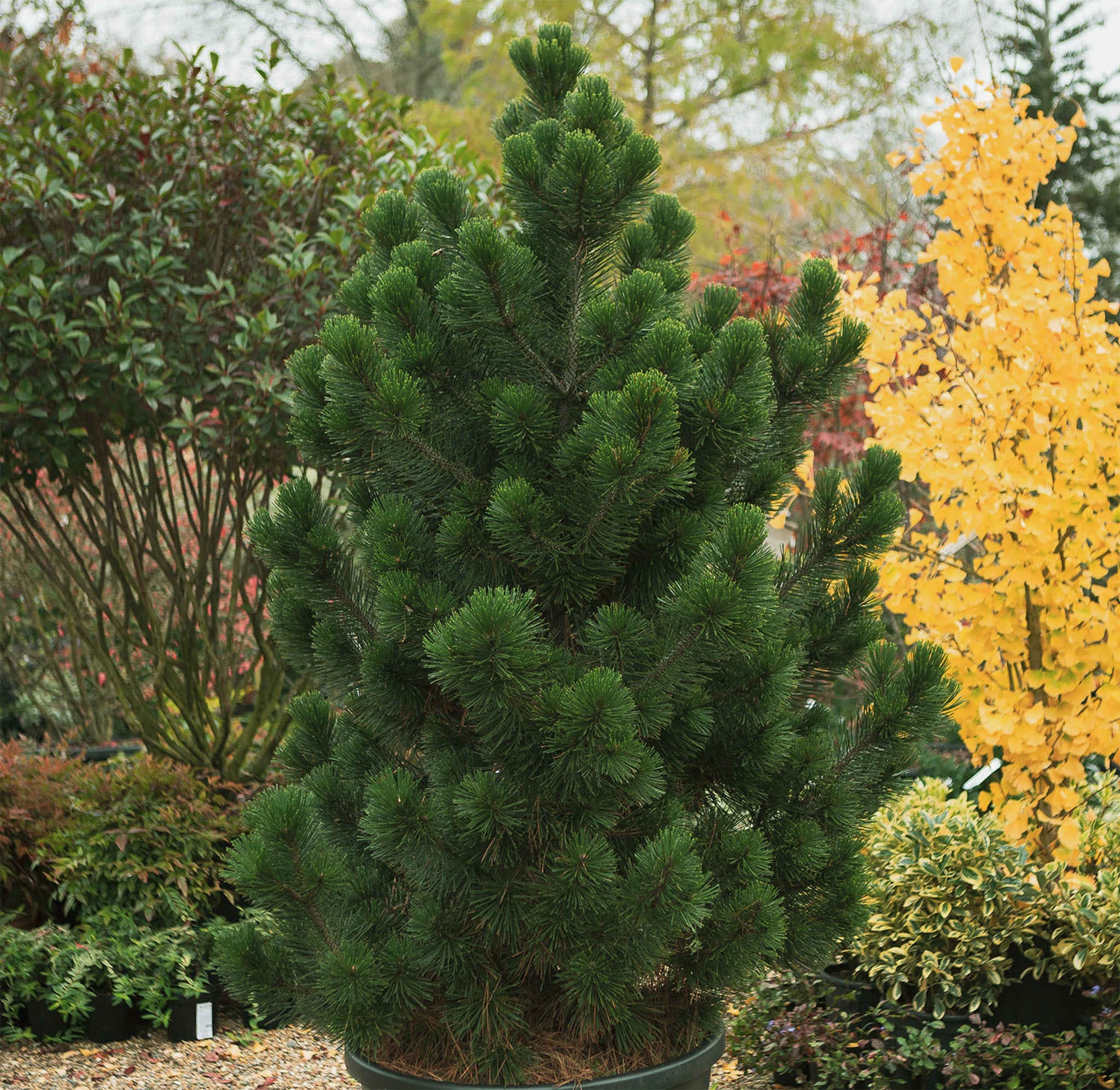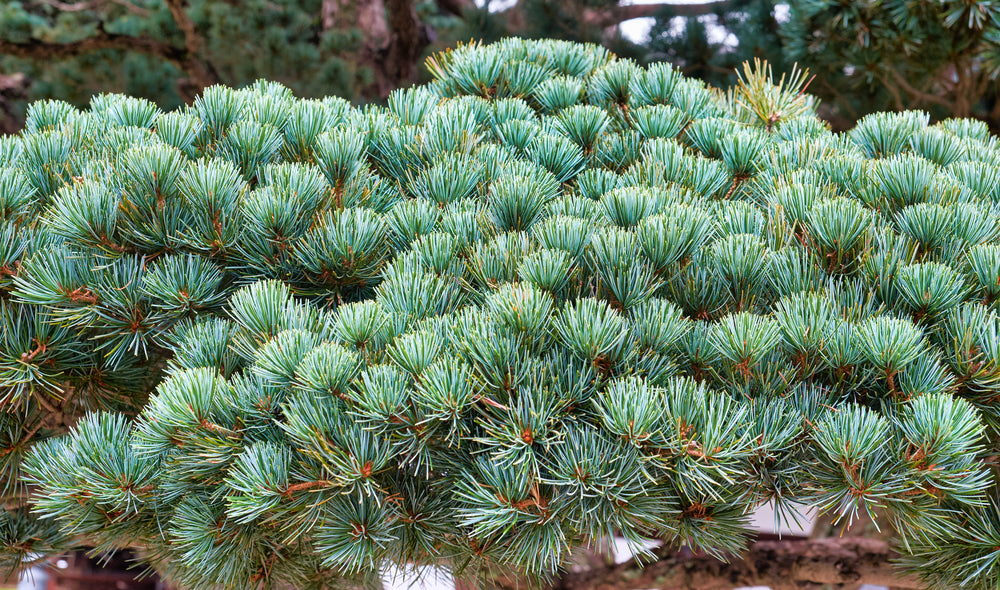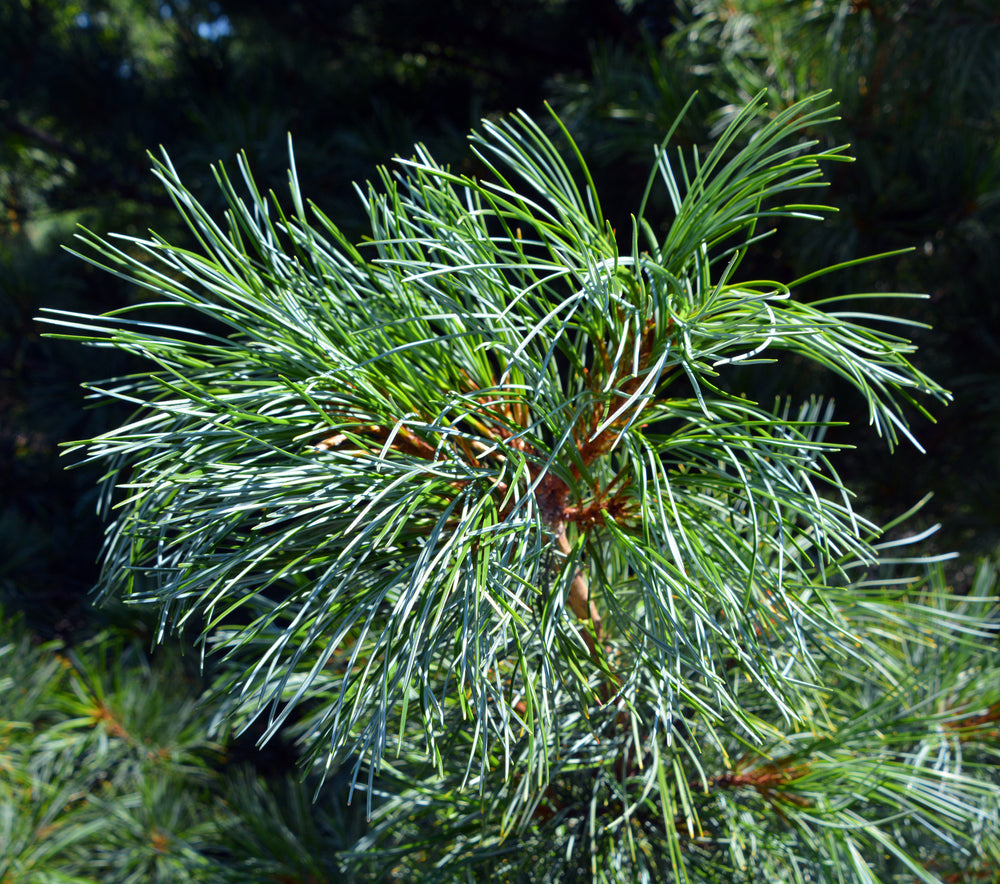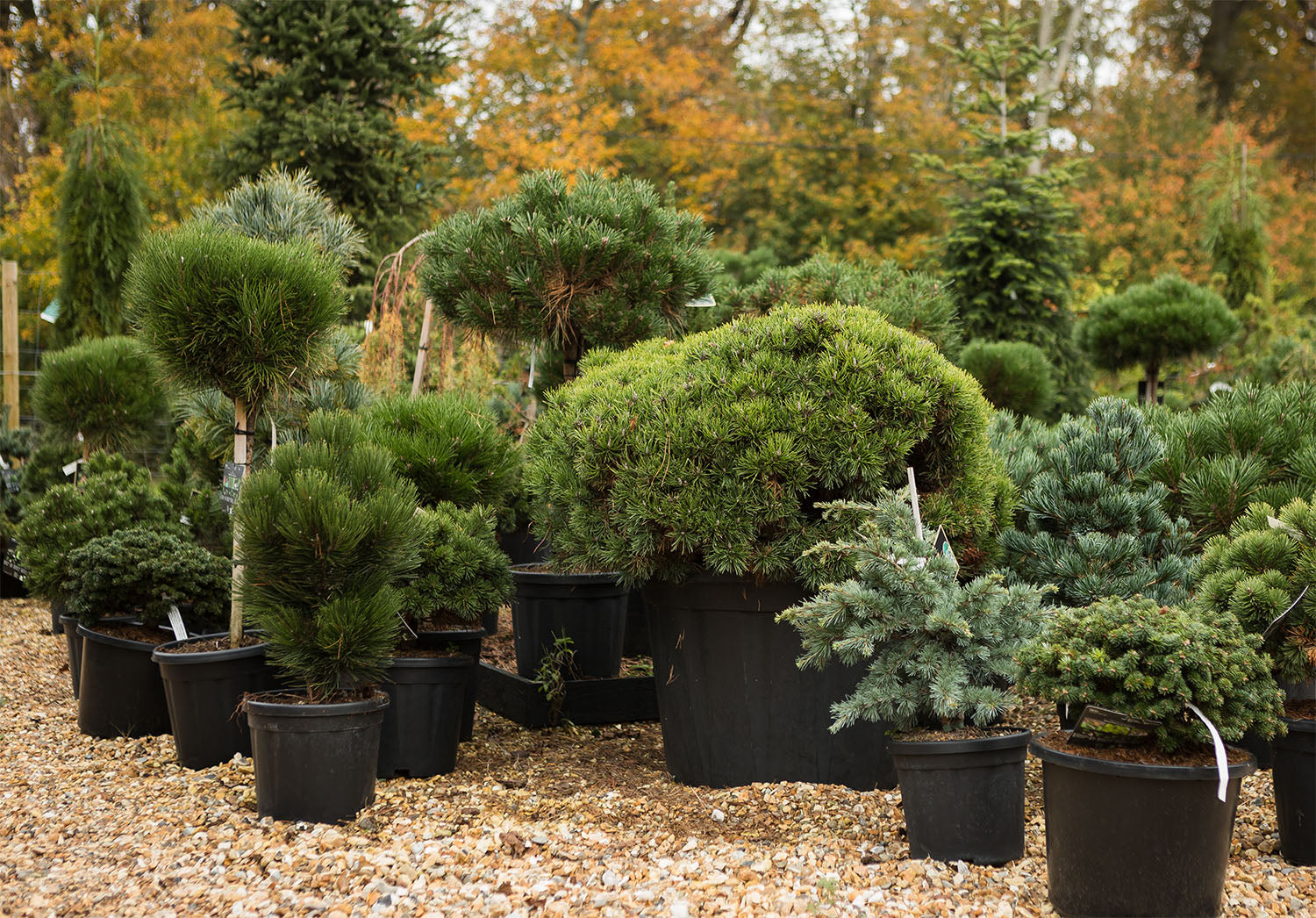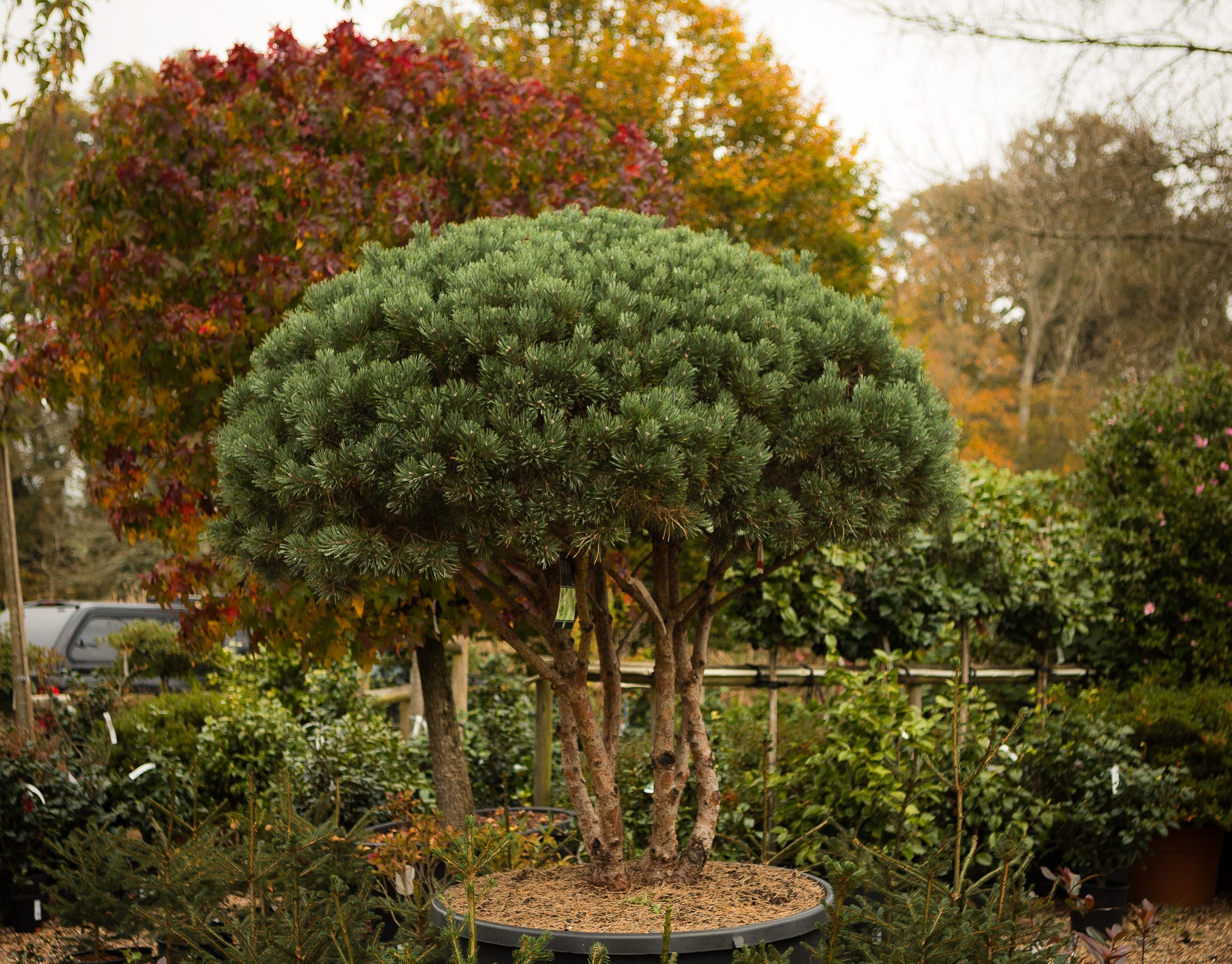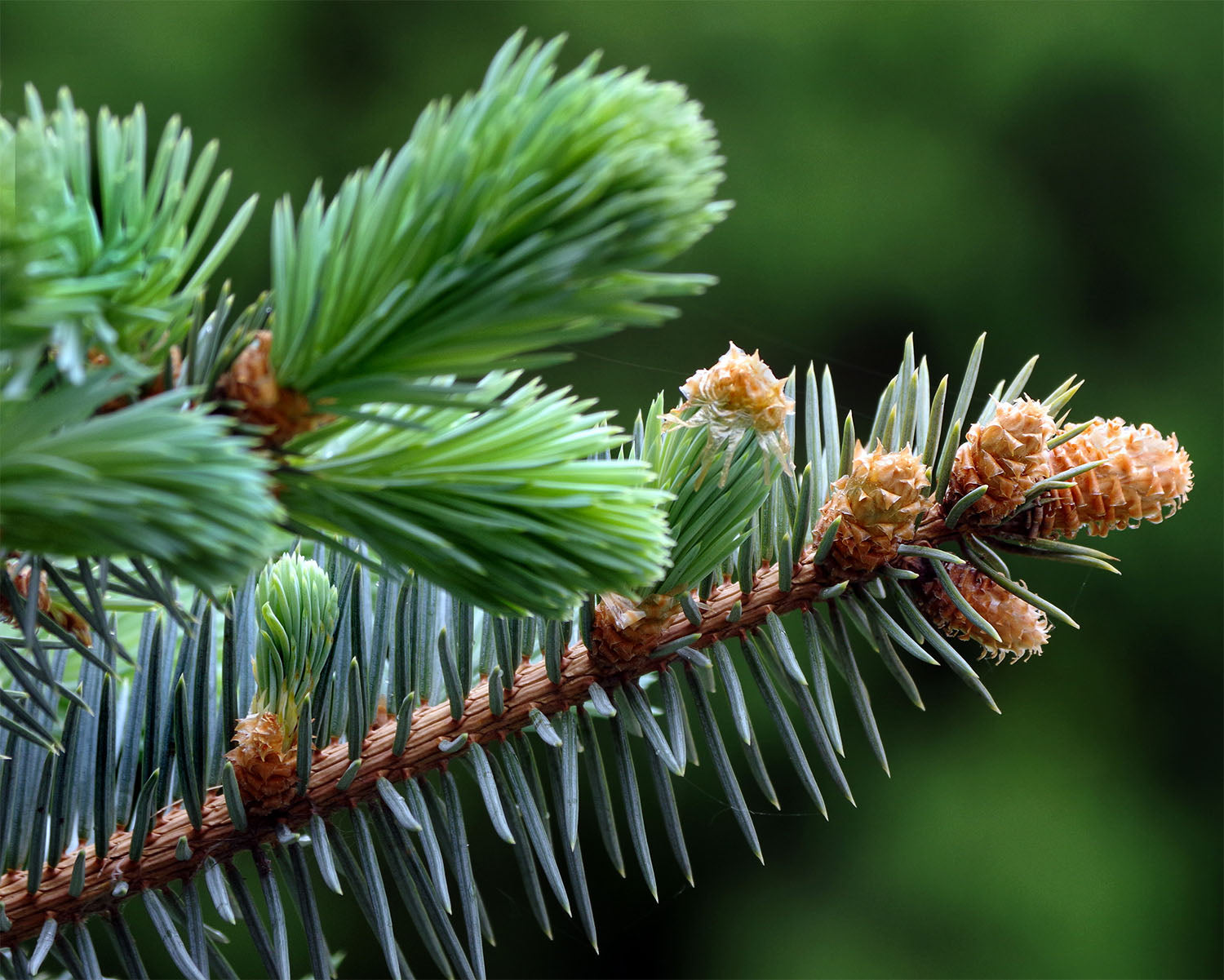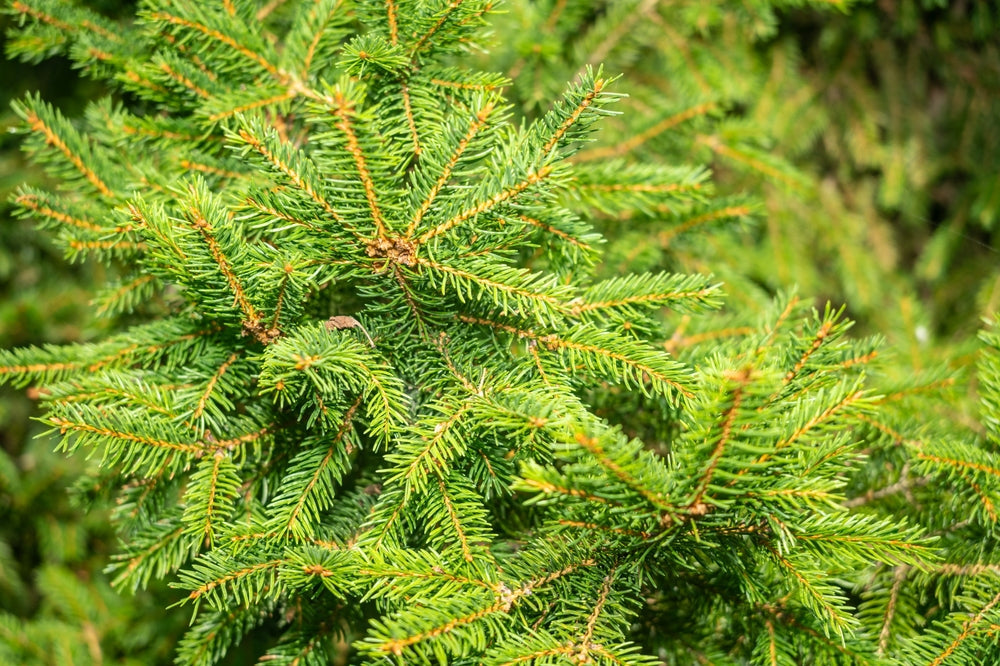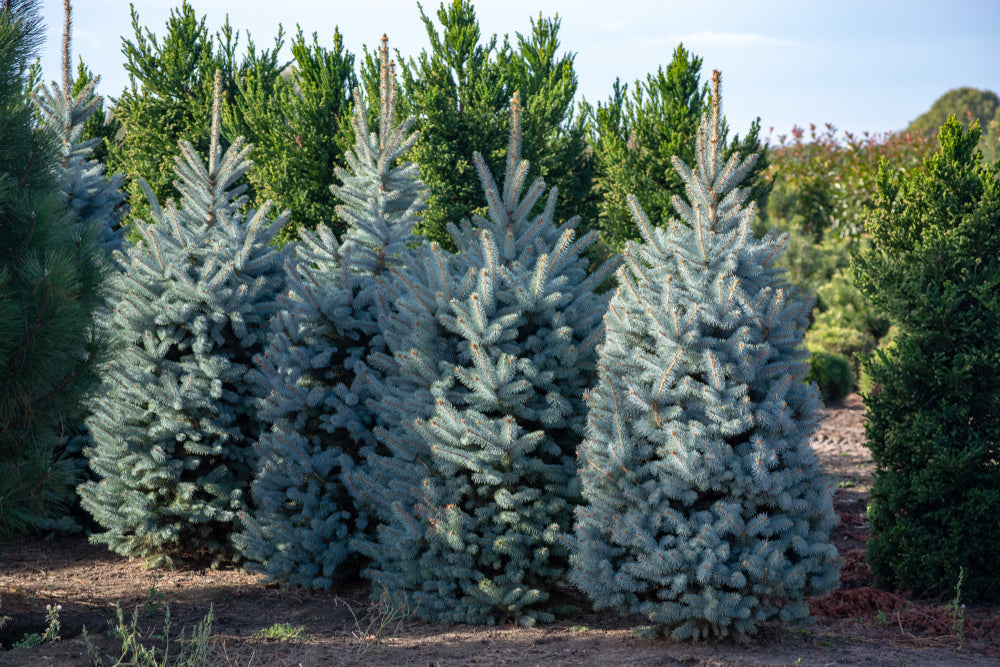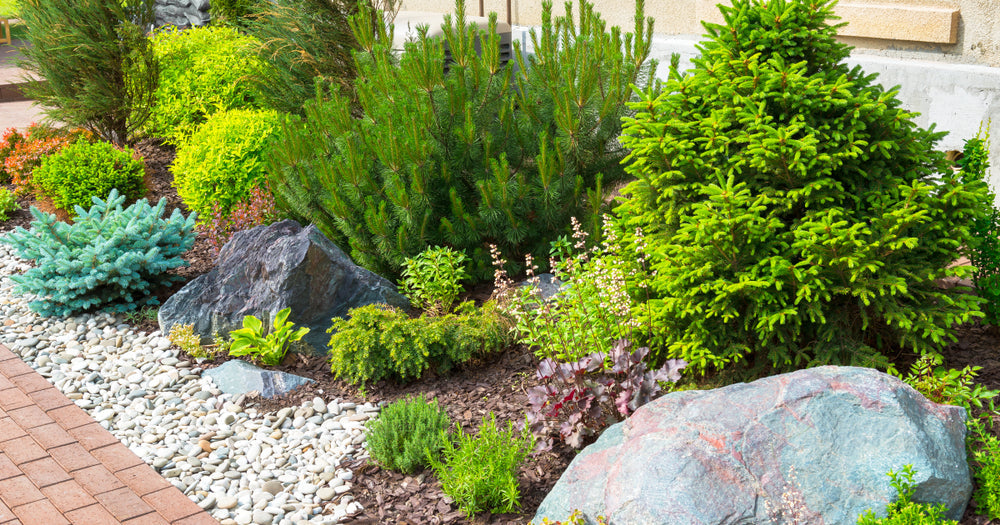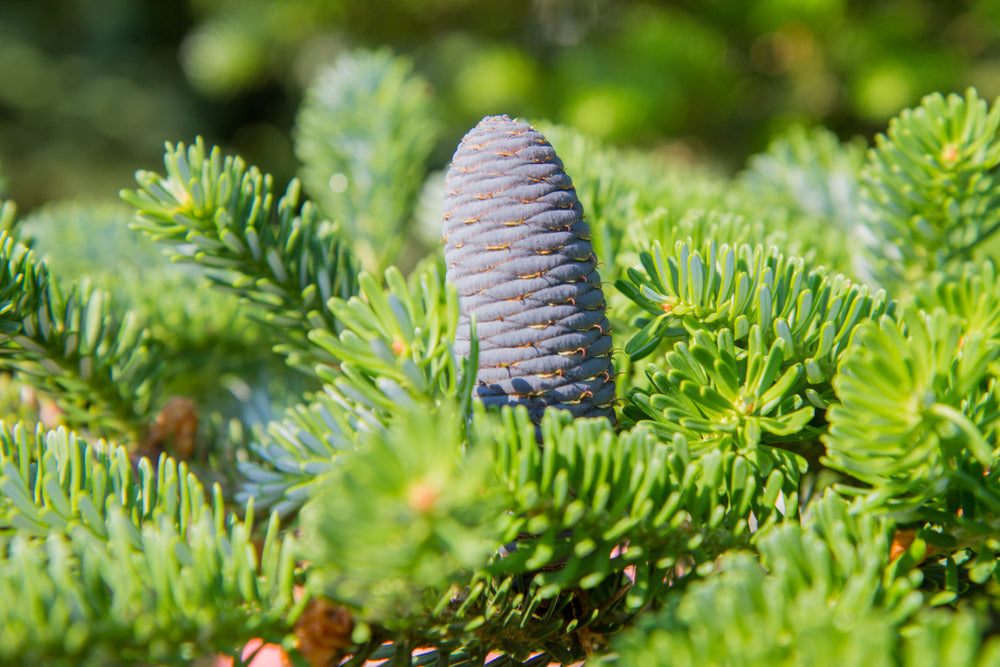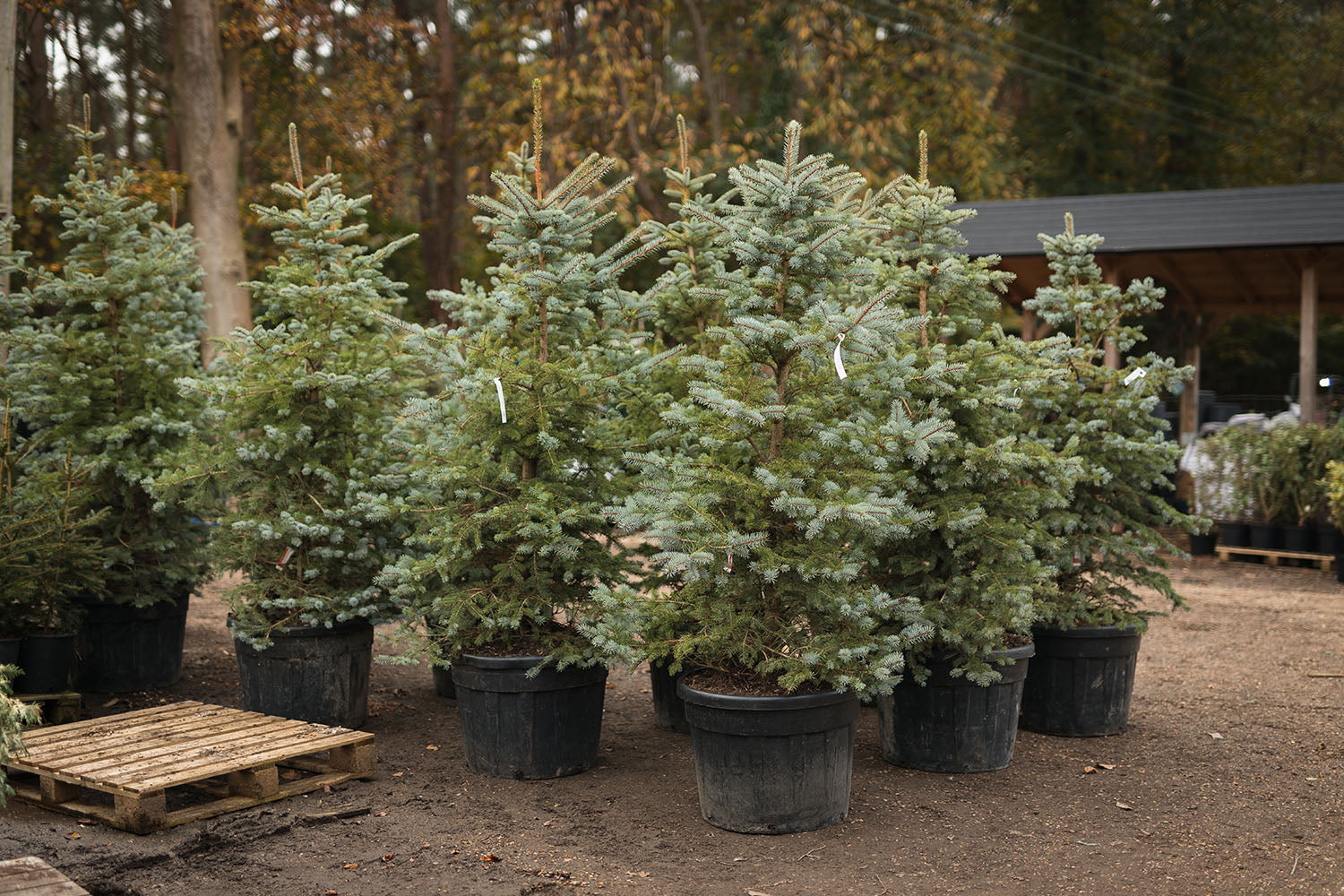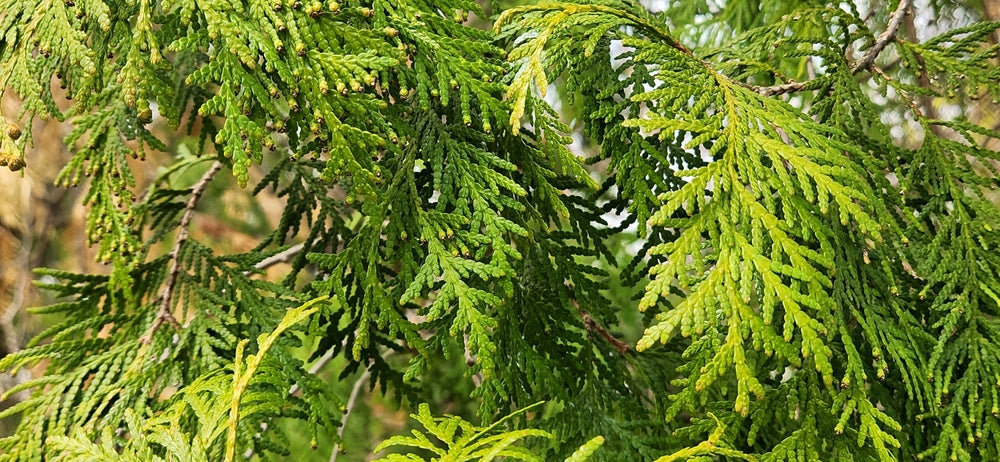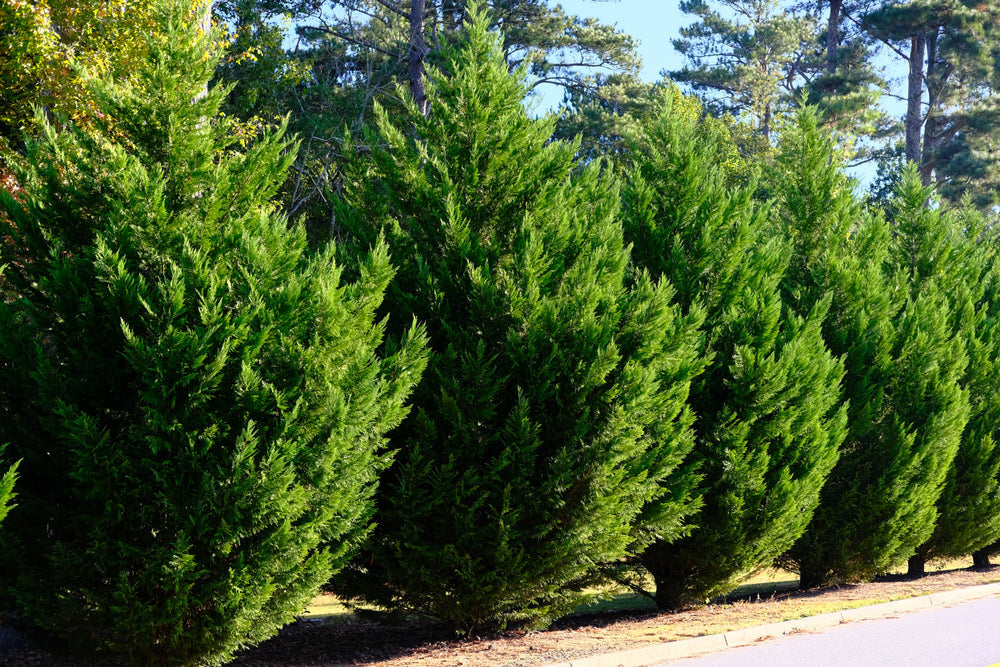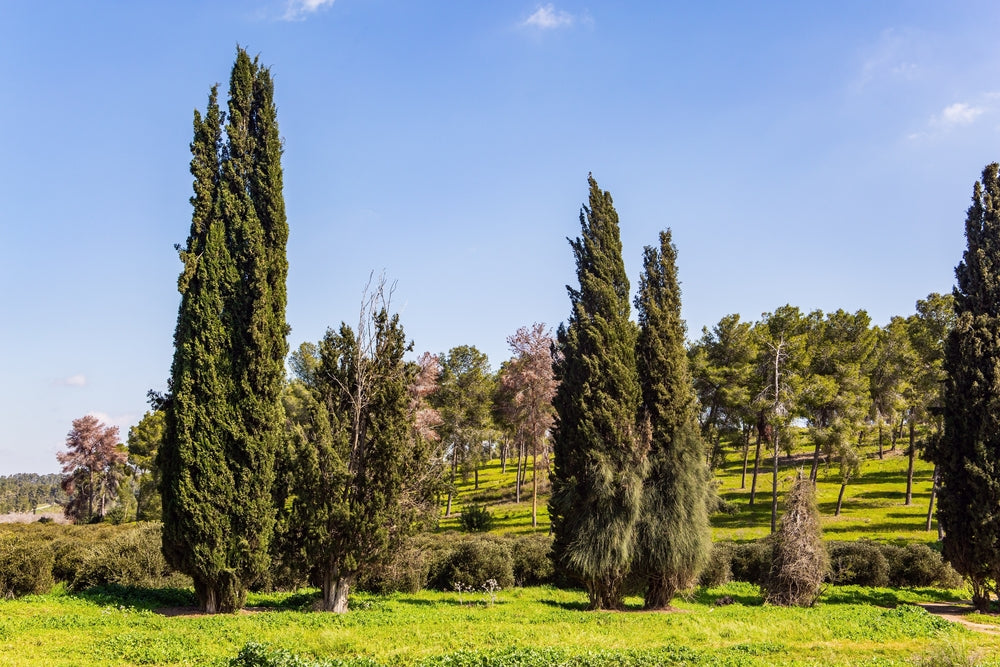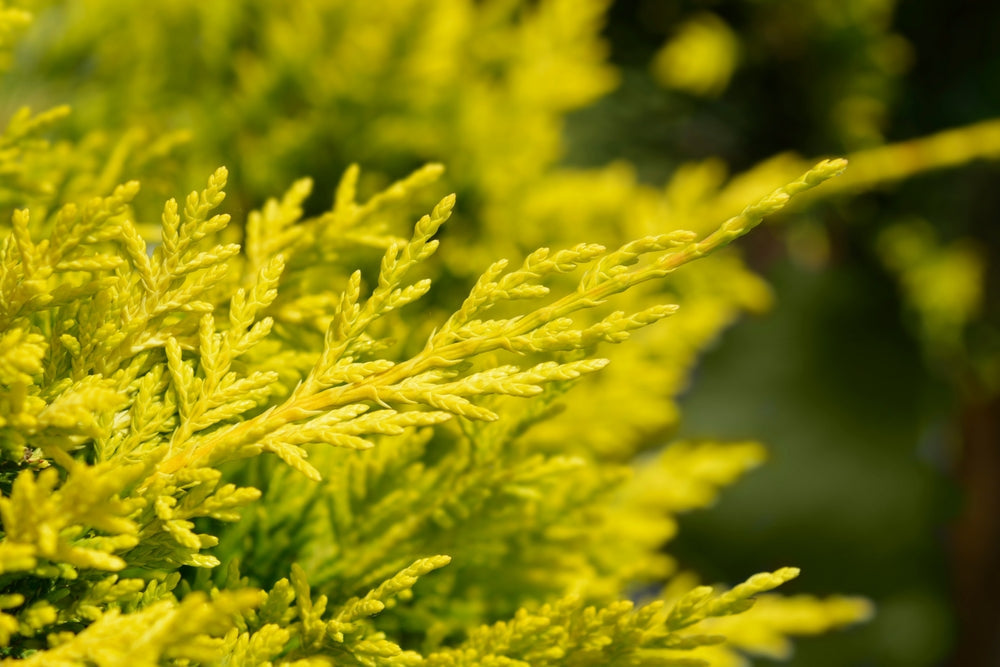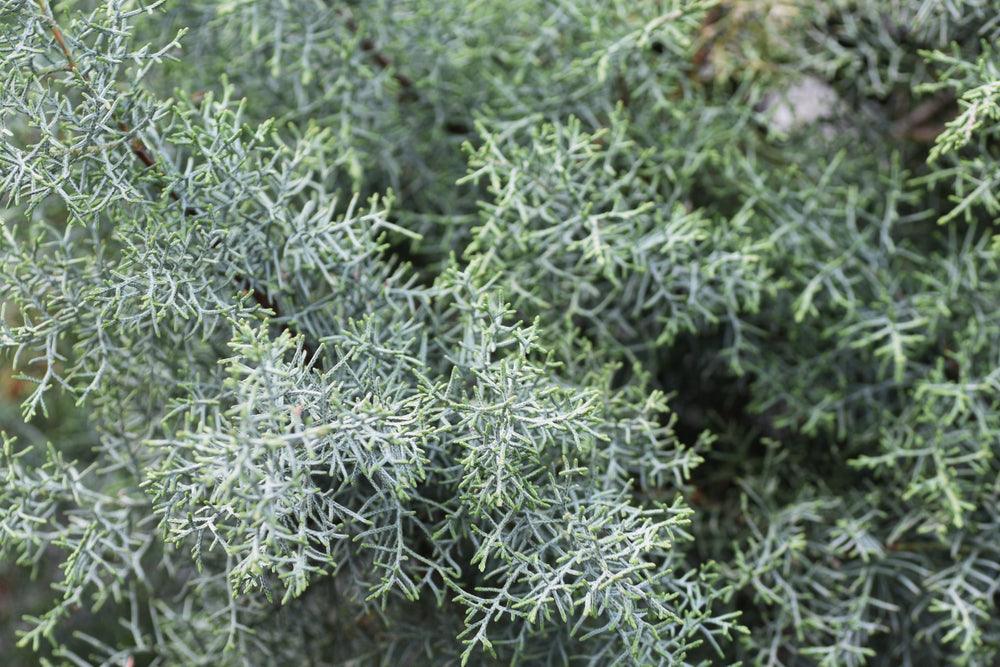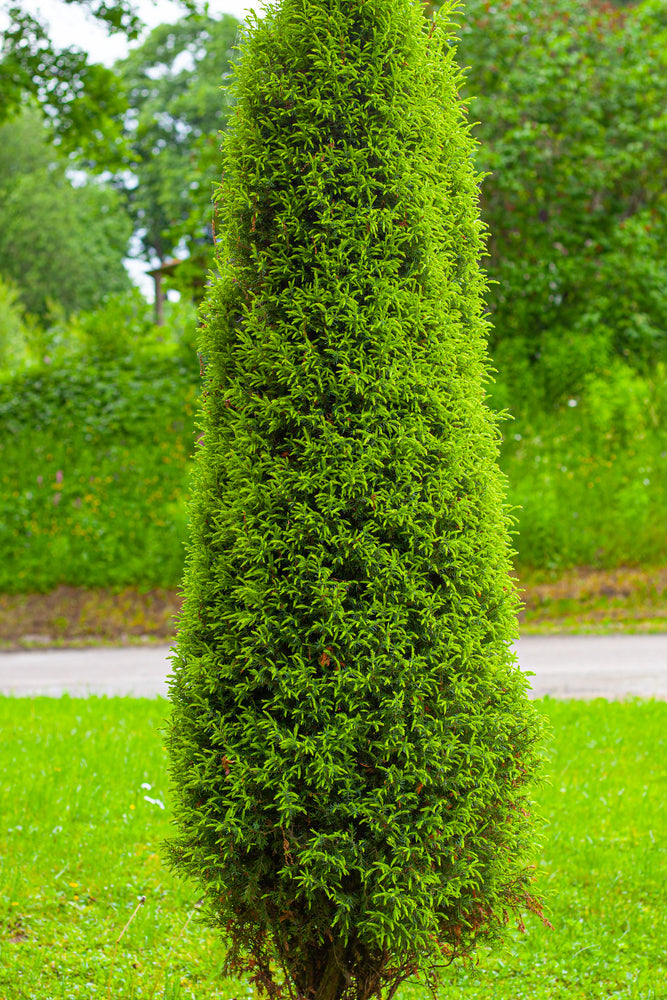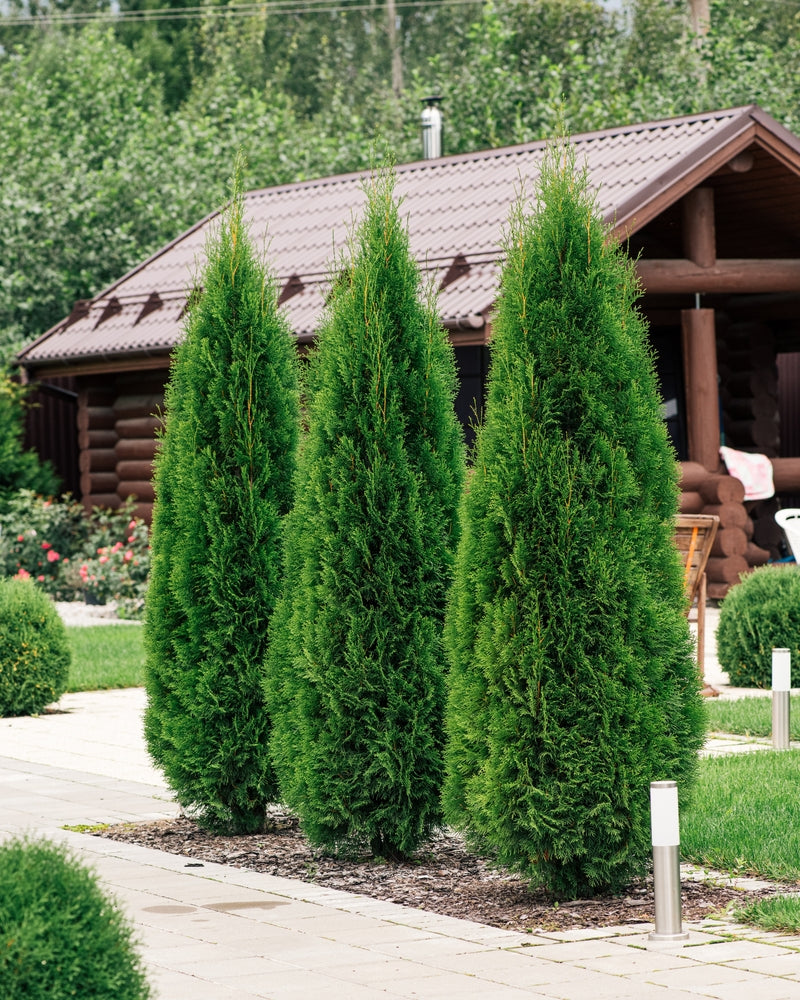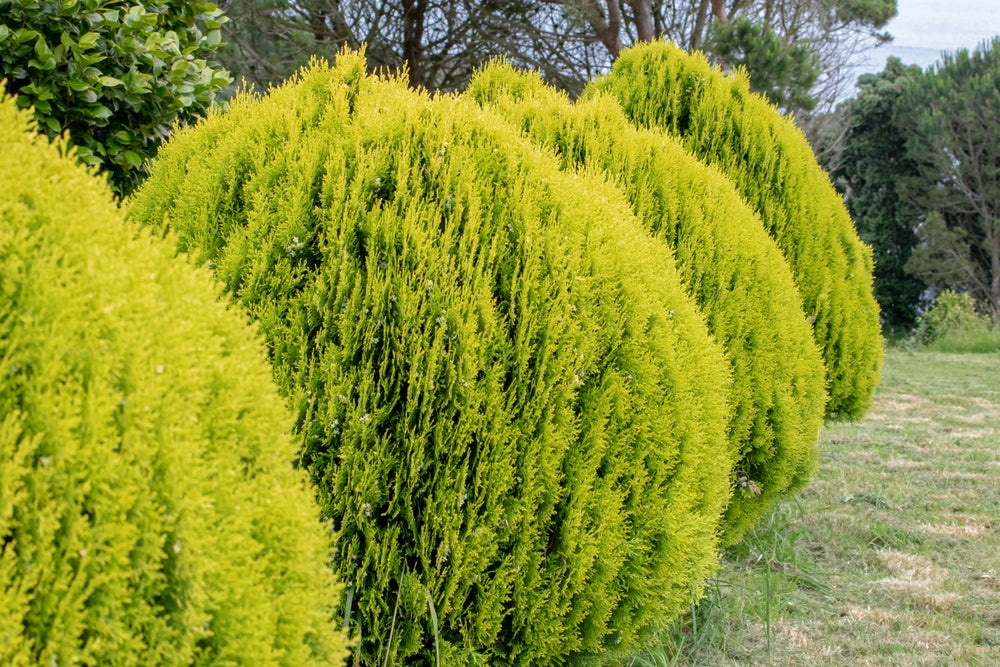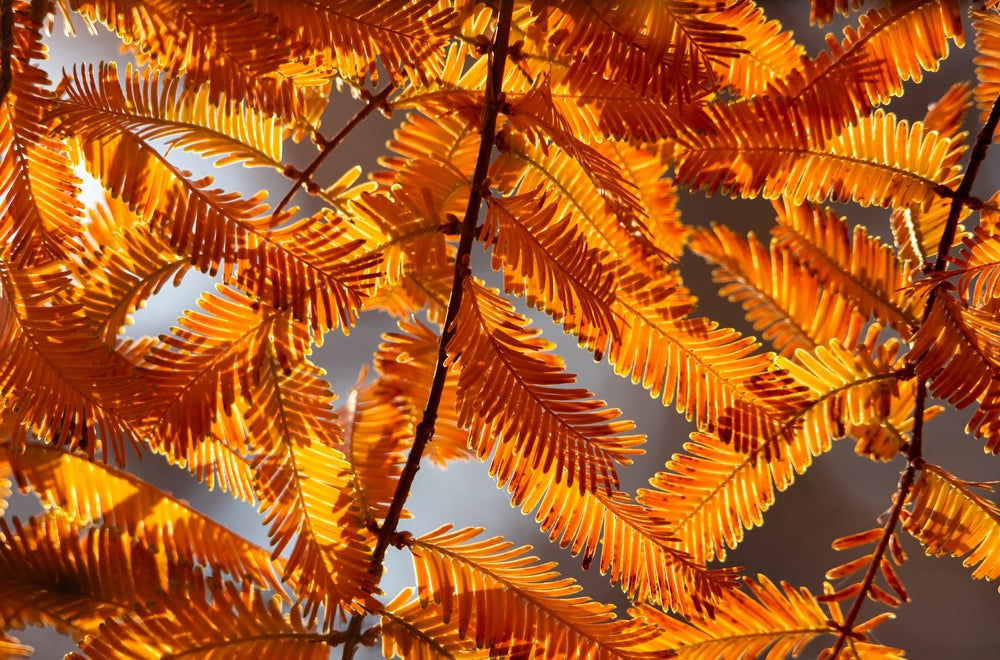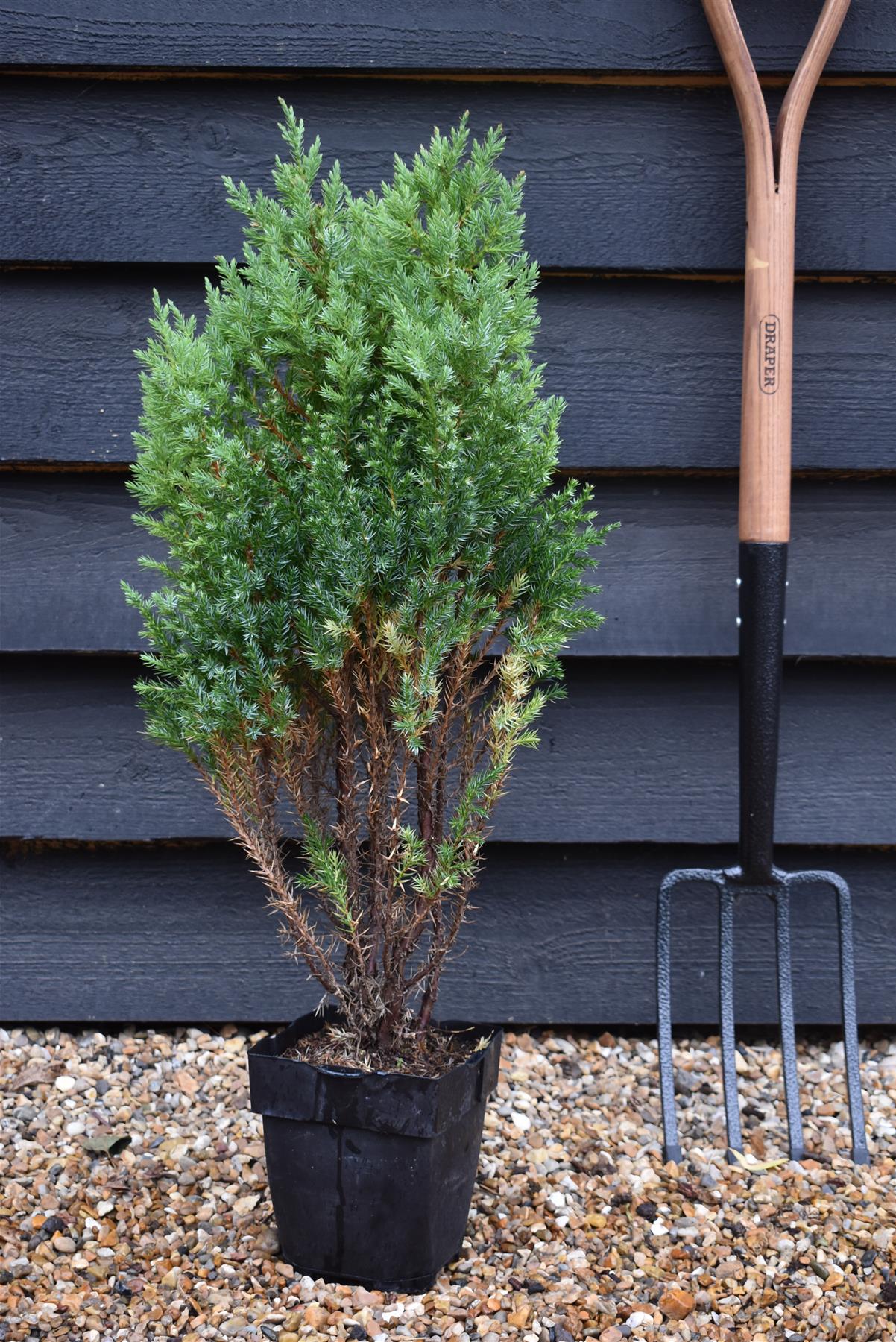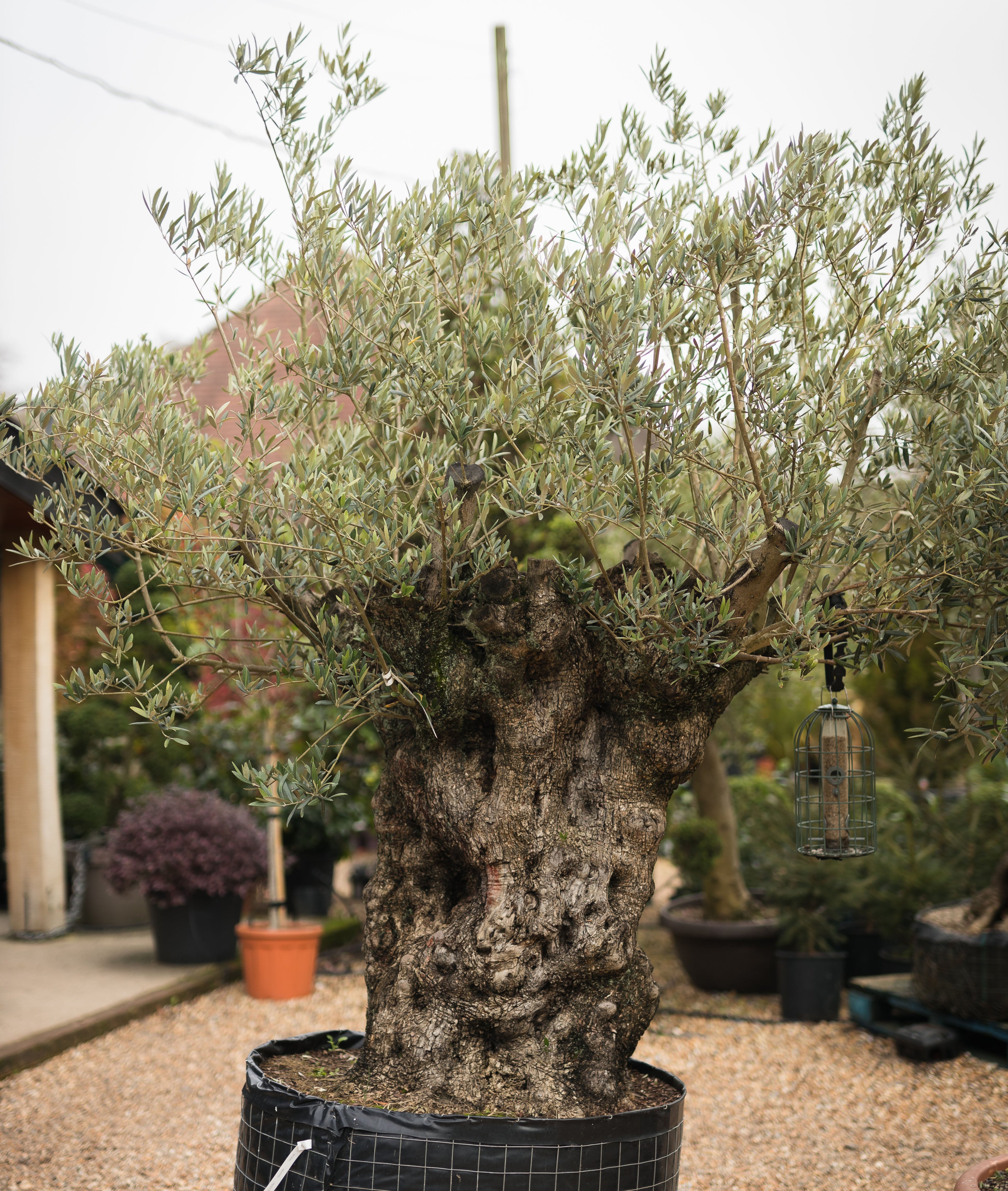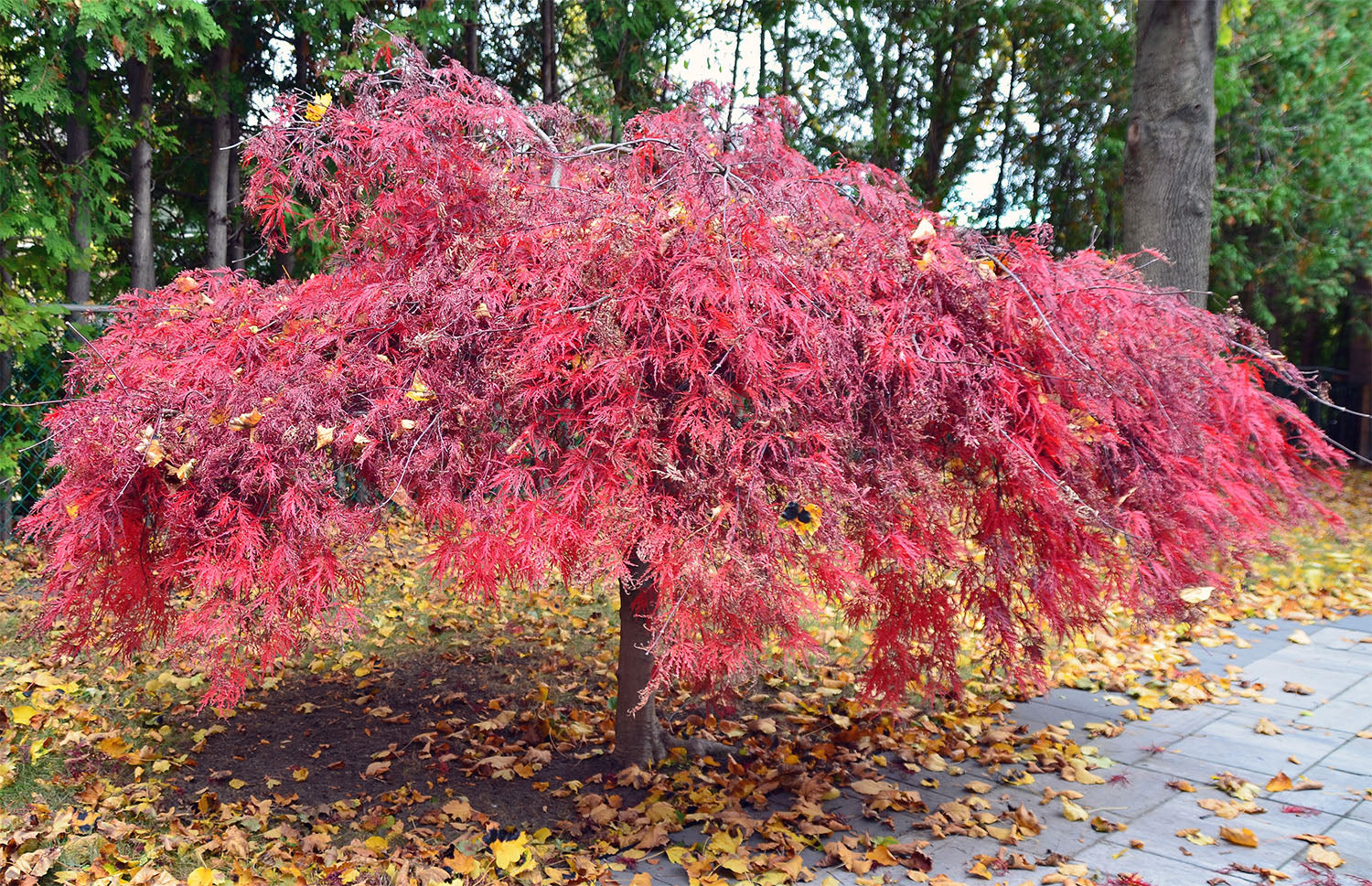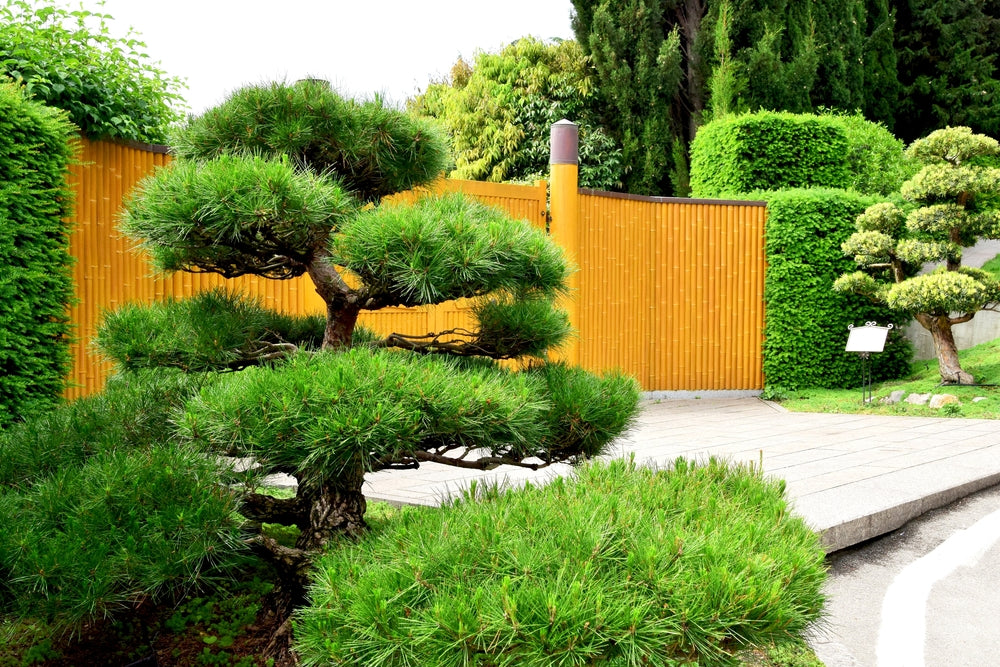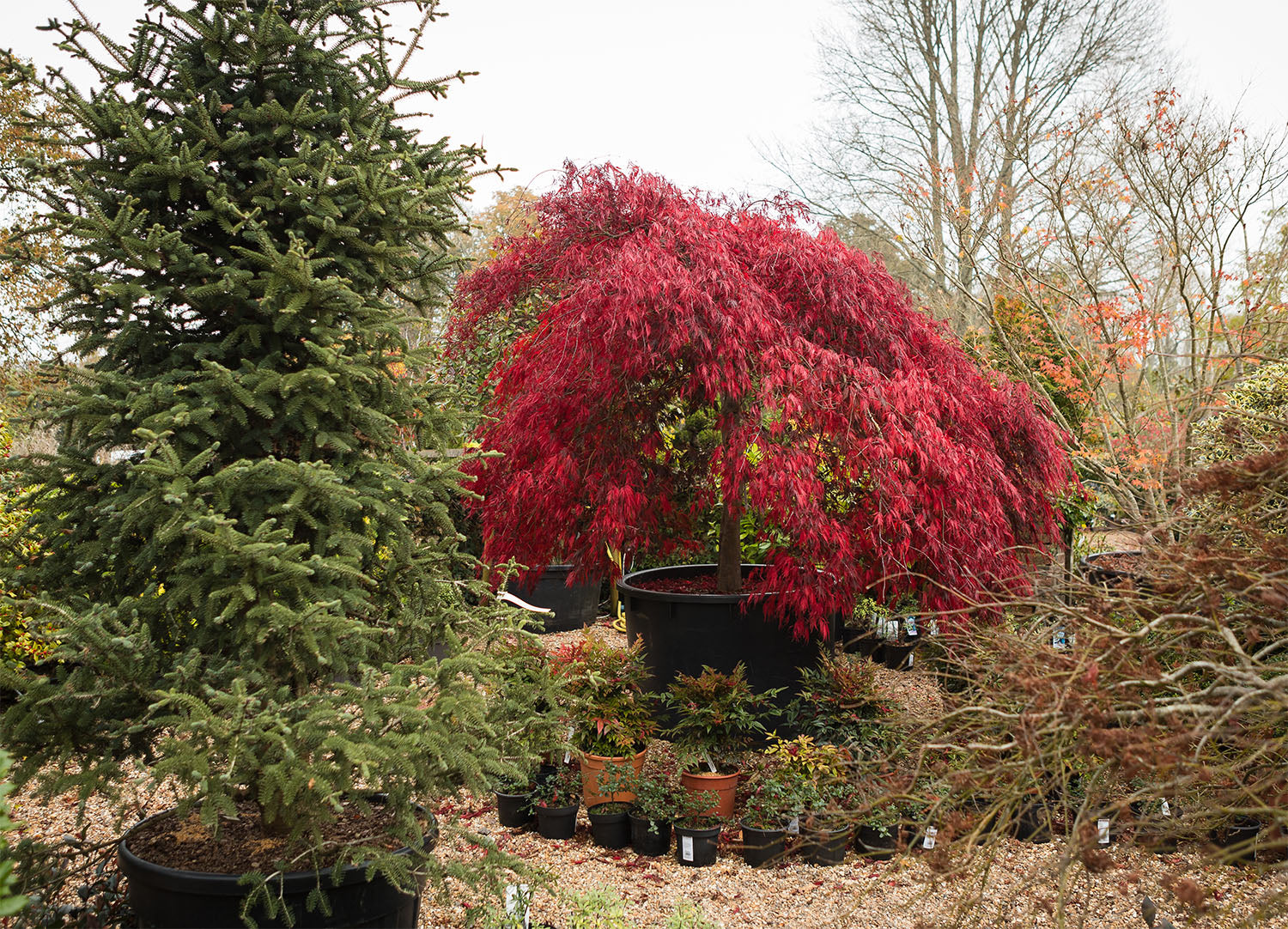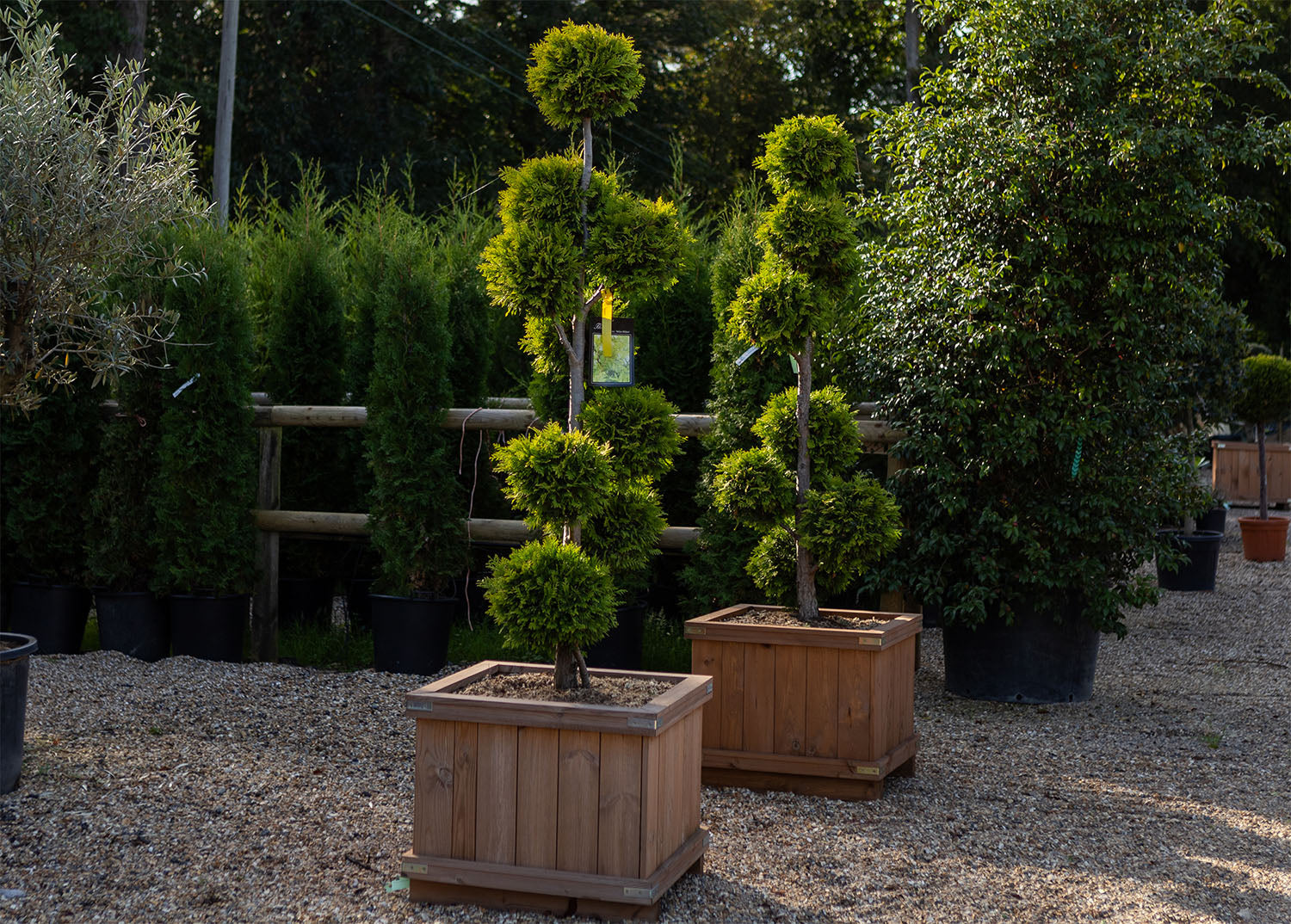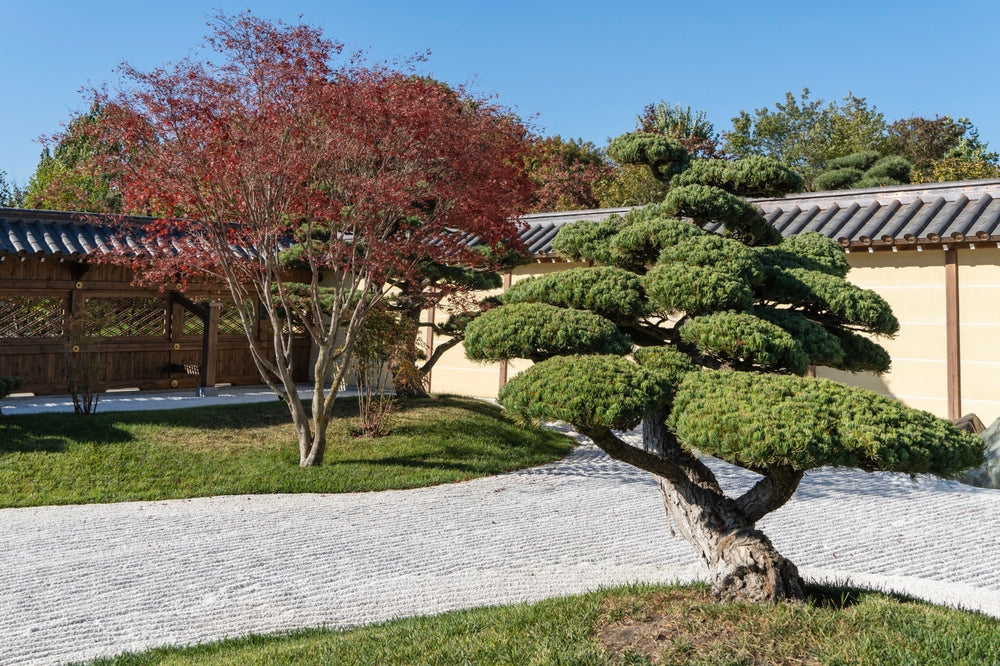The best UK gardens aren’t the tidy ones. They’re those full of shrubs and trees that attract pollinators and shelter wildlife. UK gardeners love knowing their gardens aren’t just beautiful, but buzzing with life and helping nature.
At Arundel Arboretum, we know just how important wildlife-friendly plants are for UK gardeners. That’s why we offer a wide range of trees and shrubs best for pollinators, from native species to other wildlife plants. If you are a beginner, we’ll be happy to help you choose the best wildlife shrubs and trees for your garden.
What Really Matters in UK Wildlife-Friendly Gardens
If you really want to create a garden that supports wildlife, it’s not enough to just plant a few bee-friendly trees and a couple of flowering shrubs. It’s worth taking a little time to think about how to create a good wildlife-friendly garden and how to choose the best plants for pollination. So, before you buy any plants and start planting, here are a few things to consider.
Native vs. Non-Native Plants for UK Wildlife Gardens
Are you considering growing UK native trees and shrubs for wildlife and pollinators? Maybe you’re wondering why that matters. Well, native plants have been living with local insects, birds, and mammals for thousands of years. They know each other well and get along well. With native plants, everything is much easier.
Here is why native plants for pollination are a great choice:
Excellent food sources - Native plants match the feeding needs of UK bees, butterflies, and other pollinating insects. Perfect timing - They bloom just when pollinators wake up in spring or prepare for the winter.Special relationships - Some pollinators rely on very specific native plants and wouldn’t survive without them.Healthier ecosystem - When the insects are well fed, the birds and small mammals are also taken care of, and the whole garden ecosystem is healthy.Low maintenance - Native UK trees and shrubs are adapted to UK soil and climate. They are easier to grow.Resilience - UK native plants are more resilient to UK pests and diseases. They do not need any special care.
When you know all this, it’s easy to understand why UK gardeners often prefer native trees and shrubs for their wildlife gardens. There’s also some sense of pride in nurturing the plants that truly belong here. Feels like celebrating our own natural heritage while giving something back to local wildlife.
How to Support Pollinators Through Every Season
Your wildlife garden needs to stay alive and active from January through December. Wildlife needs food and shelter throughout the year, so you have to find the right mix of plants to provide that. And no less important, seasonal interest will make your garden more enjoyable to you, too.
Here is an example of how to cover all four seasons in your wildlife garden:
Winter: Mahonia, Viburnum, or any other early-flowering shrub are perfect for early-emerging bees.Spring: Willow catkins, Crab Apple, and Ceanothus are great for bees, hoverflies, and butterflies. Summer: Lavender, Buddleja, and Hebe are essential to keep the insects buzzing since this is their peak.Autumn: Rowan berries and Cotoneaster feed garden birds and small mammals, such as mice and hedgehogs.
Best Low-Maintenance Trees and Shrubs for UK Gardens
Practicality matters too. UK soils aren’t all the same. Gardens can have clay, chalky, or sandy soil. So, if you want low-maintenance pollinator plants for UK gardens, you need to pick plants that are suitable for your soil. With the right choices, you won’t have much work around them. Your plants will take care of themselves.
Here are a few easy options that match different soils:
Clay soils: Hawthorn and Crab Apple do well in clay soils.Chalky soils: Viburnum and Ceanothus do well in chalky soils.Sandy soils: Lavender and Rosemary like drier soils.All-rounders: Hebe and Buddleja are tough and can adapt to various types of soil.
Best Wildlife Plants for Small UK Gardens
You don’t need a huge garden to have a wildlife garden. Even small gardens or patios can be enough for plants that attract pollinators. A single Crab Apple or Rowan Tree, with compact shrubs like Hebe and Lavender, can fit beautifully into small spaces. And if you don’t have a garden at all, you can grow them in containers. So, even a balcony can become a haven for butterflies and bees.
Wildlife-Friendly Trees and Shrubs for All UK Climates
As we all know, the climate is not the same all around the UK. So, when picking your wildlife-friendly plants, make sure they can grow well in your climate. Here are a few ideas for different regions
South & East (hotter, drier summers):
LavenderRosemaryCeanothusThese Mediterranean-style plants thrive in drier soils and full sun. They are also resistant to drought, so they are perfect for hotter climates.
North & West (wetter, windier weather):
Hawthorn Goat WillowRowanNorthern and western regions have a bit rougher climate, so hardy native trees that can tolerate rain and winds are ideal.
Coastal gardens (salty air, sandy soils):
Escallonia HebeSea BuckthornThese plants are perfect for coastal gardens because they can tolerate salty winds and sandy soils. Sea buckthorn is a classic coastal shrub and is often planted in dunes.
For more suggestions like these, visit us at Arundel Arboretum, and we can help you find the perfect combination for your area.
Different Types of Pollinators in UK Gardens
When thinking about pollinators, people usually picture honeybees. But it’s not only about bees. UK gardens support a wide range of pollinators. Here are just a few that you might welcome into your garden:
Bumblebees – Large, furry bees that need a lot of nectar.Solitary bees – Small, hardworking bees that love plants with open flowers so they can access nectar easily..Hoverflies – Often mistaken for wasps, great pollinators, and their larvae are eating garden pests.Butterflies – Beautiful creatures feeding on nectar from shrubs like Buddleja and Lavender.Moths – Active at dusk or night, when other insects are asleep, pollinating flowers such as honeysuckle.
The main thing to remember is to choose single-flowered plants. Double or heavily ruffled varieties may look stunning to us, but pollinators can struggle because the nectar and pollen are hidden deep inside or missing altogether
Best Native UK Trees for Pollinators & Wildlife
Now that we’ve covered what really matters when planting for wildlife, it’s time to get to know some of the best plants better so you can make your choice. Here are the top 5 UK native trees for pollination and wildlife gardens:
Crab AppleCrab apple is a small, but powerful tree. In spring, its flowers are rich in nectar and pollen. Later, it bears fruit that feeds birds, and in autumn, fallen apples provide food for mammals like badgers and foxes. Ideal for smaller gardens that want to add value to wildlife.
HawthornFew trees are as important for UK wildlife as the common hawthorn. It's a generous tree with spring blossom, perfect for pollinators. Its dense foliage and thorny branches create safe nesting spaces for small birds. In autumn, haws feed birds and small mammals. This tree is a part of traditional British landscapes.
RowanAlso known as the mountain ash, rowan is highly valuable for wildlife. Its spring flowers attract various pollinating insects, while in autumn, its red berries are a feast for birds. Rowan thrives in many soil types and climates, making it a great choice for gardens of all kinds.
Pussy WillowPussy willow is one of the earliest sources of nectar and pollen in the UK. It’s a crucial food source for bees and queen bumblebees after hibernation. Later in the year, its leaves support moth and butterfly caterpillars, which in turn provide food for hungry birds
Silver BirchSilver birch (Betula pendula) is one of the best trees you can plant for wildlife in the UK. It supports more than 300 different insect species, including many moths and butterflies, more than any other tree. Compared to other birches, silver birch has one more advantage. It copes better with different types of soil.
Best Shrubs for Pollinators & Wildlife
Shrubs are some of the easiest ways to bring life into a garden. Here are top 10 wildlife -friendly shrubs perfect for UK gardens:
Lavender Rich nectar source through summerLoved by bees, butterflies, and hoverfliesEvergreen, adds cover and structure for wildlifeThrives in dry soil, perfect for low-maintenance wildlife gardens
RosemaryFlowers as early as late winterSource of nectar when little else is in bloomEvergreen, offering cover all year roundThrives in sunny, dry spots with minimal care
BuddlejaKnown as the “butterfly bush”Attractive to butterflies, bees, and hoverfliesFlowers from July to early autumnNeeds pruning to control growth and boost blooms
MahoniaFlowers in winter when nectar is scarceSupports early-emerging pollinatorsProduces berries for birds in springEvergreen, hardy, and low-maintenance
CeanothusLots of nectar-rich flowers in springAttractive to bees, hoverflies, and other early pollinatorsEvergreen foliage gives cover and structure all year roundPerfect for sunny, sheltered spots
ViburnumSpring flowers perfect for bees, hoverflies, and butterfliesSummer and autumn berries for garden birdsEvergreen species (V. tinus) give winter cover and flowersDeciduous species (V. opulus) add seasonal wildlife value
BerberisIts spring flowers are rich in nectar Autumn berries provide food for birds and small mammalsDense growth offers safe nesting cover for birdsHardy and low-maintenance, useful for hedging
HebeLong flowering season, often from summer into autumnLots of nectar for bees, butterflies, and hoverfliesEvergreen foliage provides cover for wildlife Ideal for smaller gardens and patios
EscalloniaClusters of flowers from early summer into autumnProvides nectar during the warmer monthsDense, evergreen foliage offers shelter for birds year-roundIdeal for seaside gardens
CotoneasterSmall flowers in late spring and summerBerries in autumn and winter to feed birdsDense branches offer nesting sites for small birdsHardy and easy to grow
WisteriaCascades of fragrant flowers in late springNectar-rich blooms that attract bees in large numbersBest for walls, arches, and pergolas in larger gardensNeeds heavy pruning, but it’s very rewarding
Create a Wildlife Garden with Arundel Arboretum
If you’re now ready to turn your garden into a haven for bees, butterflies, and birds, we’d love to help you choose the perfect mix of trees and shrubs. At Arundel Arboretum in Chichester, West Sussex, you’ll find everything from much-loved native trees to colourful ornamentals that keep pollinators busy for longer. Come and visit us to see our wide range of wildlife-friendly trees and shrubs, or explore our online store to find the perfect plants for your garden.
